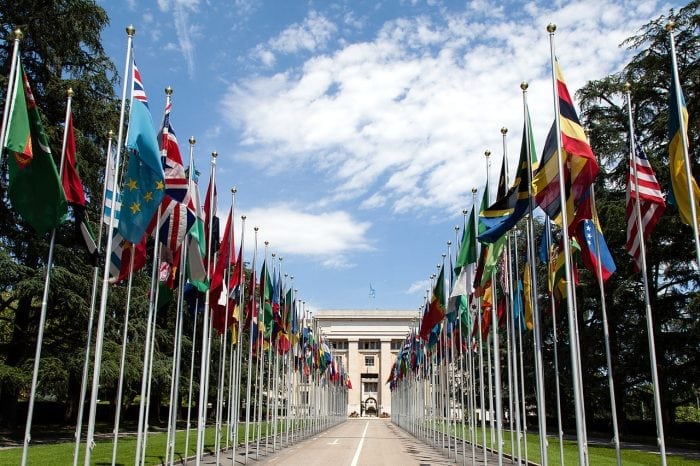
The flags of the world begin with the Afghanistan flag and end with the Zimbabwe flag. Each flag represents a countries history and place in the world, a unique and important story that makes up the fabric of the human civilization.
Some country flags are widely recognized by people around the world: The Canadian Maple Leaf, the American Star-Spangled Banner, the French Tricolore. But how many flags of the 197 independent nations in the world would you be able to identify?
Here is the full list of every independent country in the world in alphabetical order:
A
Afghanistan
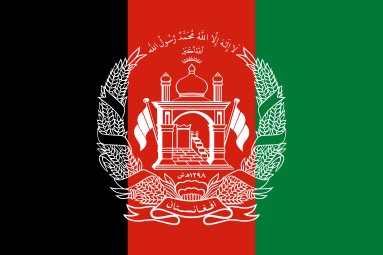
Image source: Wikipedia
Albania
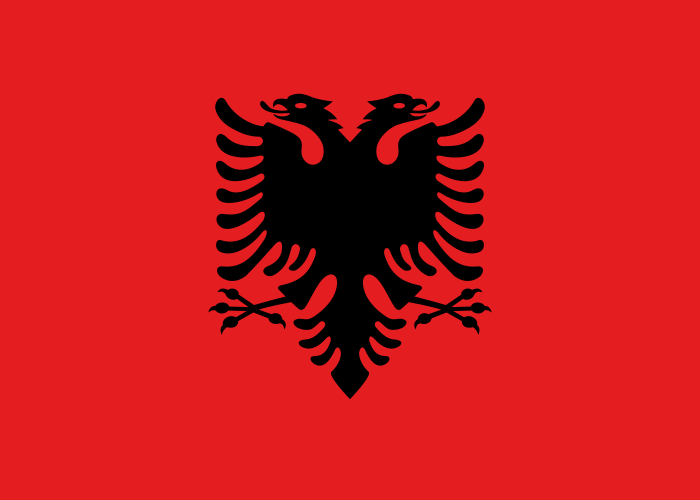
Image source: Wikipedia
Algeria
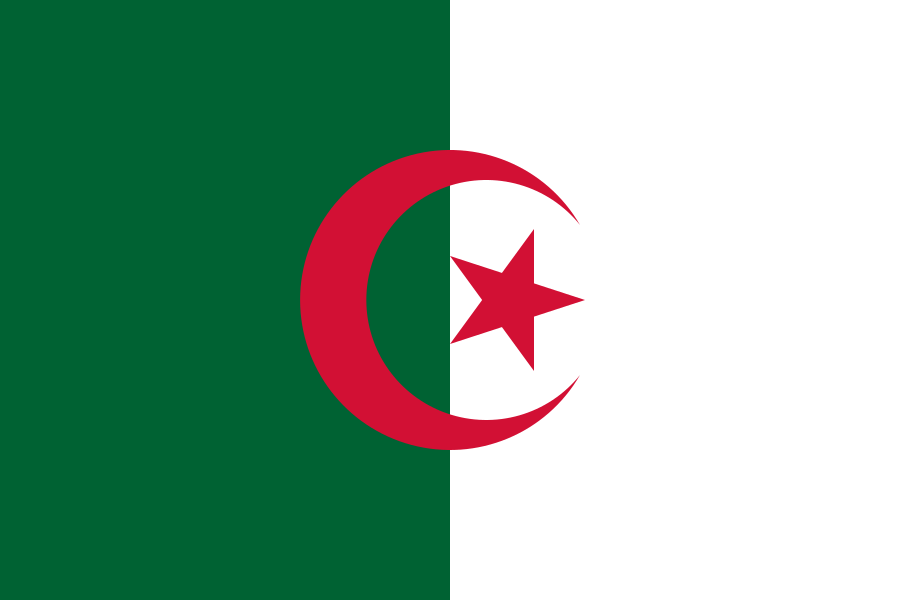
Image source: Wikipedia
The flag of Algeria features a crescent moon, the symbol of Islam.
Andorra
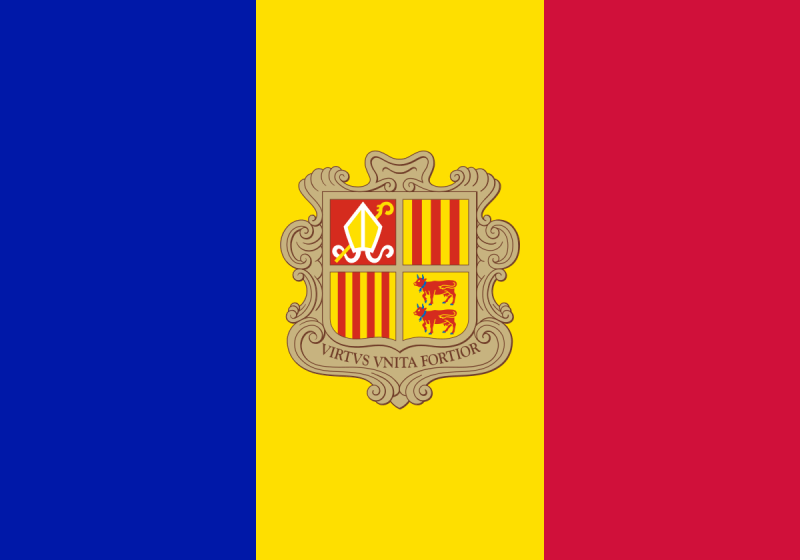
Image source: Wikipedia
Angola
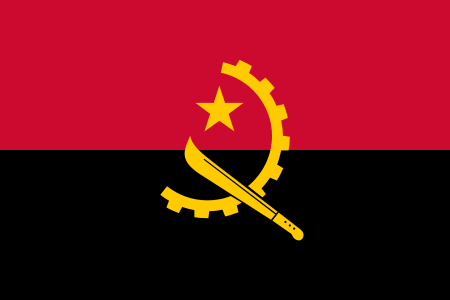
Image source: Wikipedia
Antigua and Barbuda
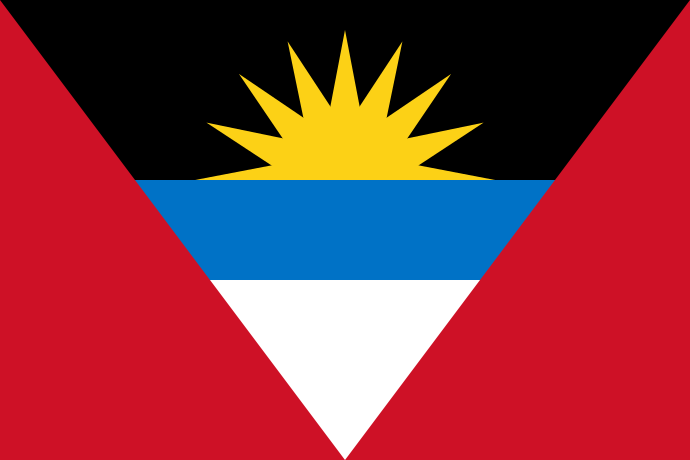
Image source: Wikipedia
Argentina
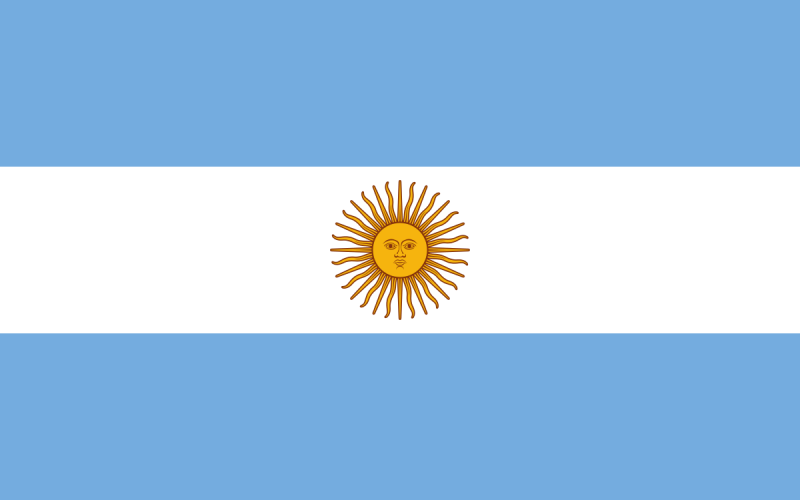
Image source: Wikipedia
This flag symbolizes Argentina’s independence from Spain. The blue stripes symbolize the sky. It was adopted in 1812.
Armenia
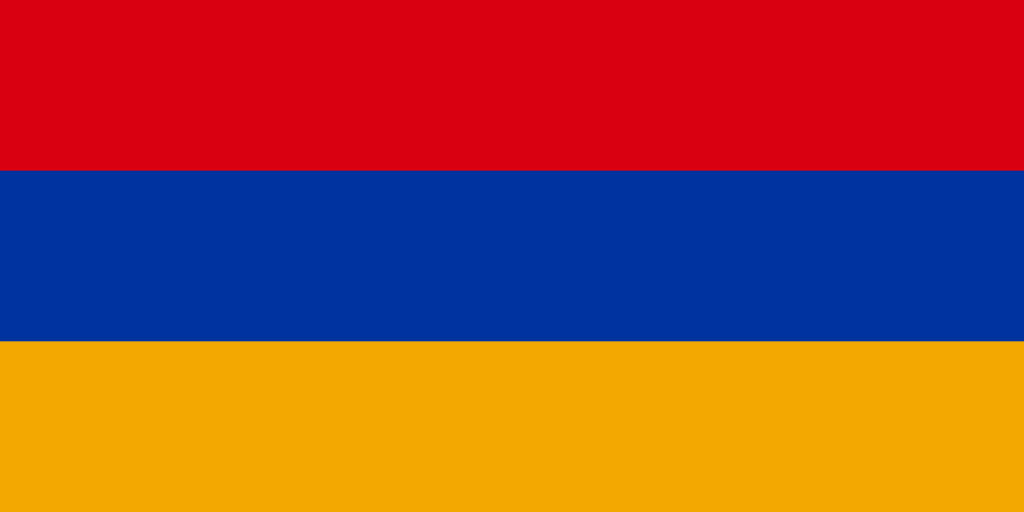
Image source: Wikipedia
Aruba
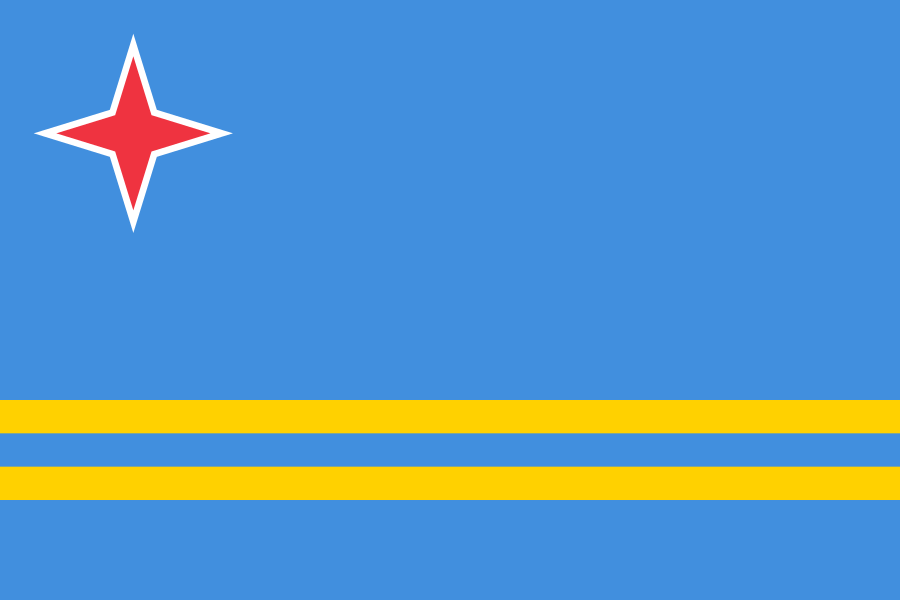
Image source: Wikipedia
Australia
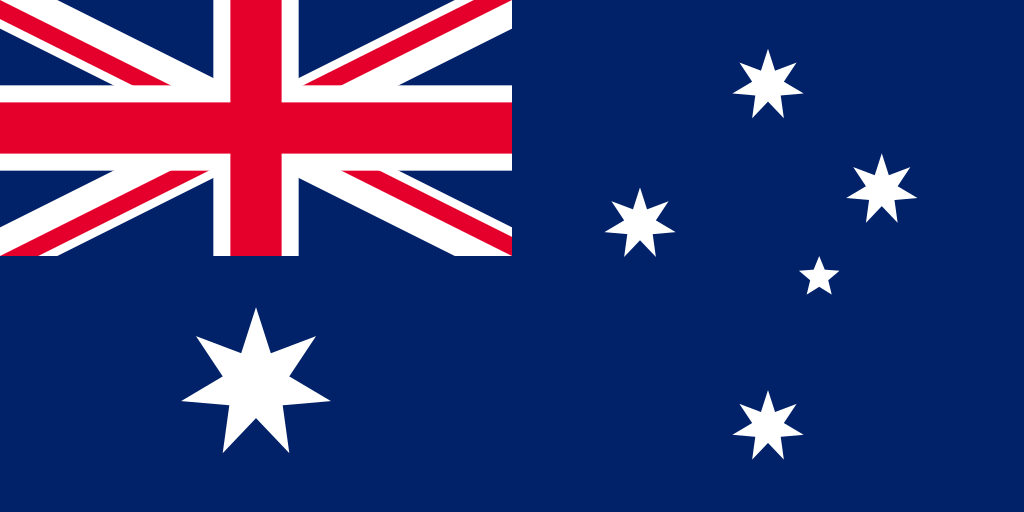
Image source: Wikipedia
Austria
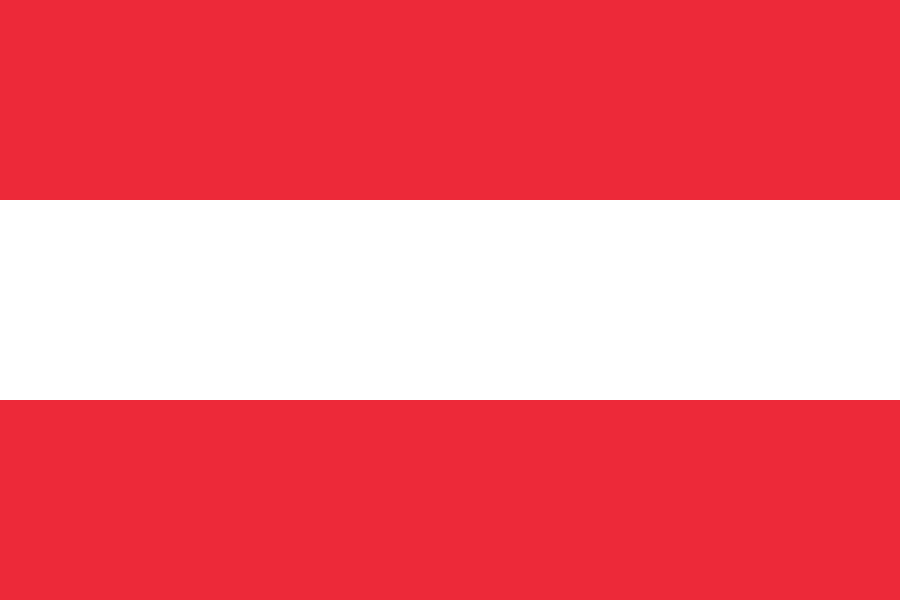
Image source: Wikipedia
Azerbaijan
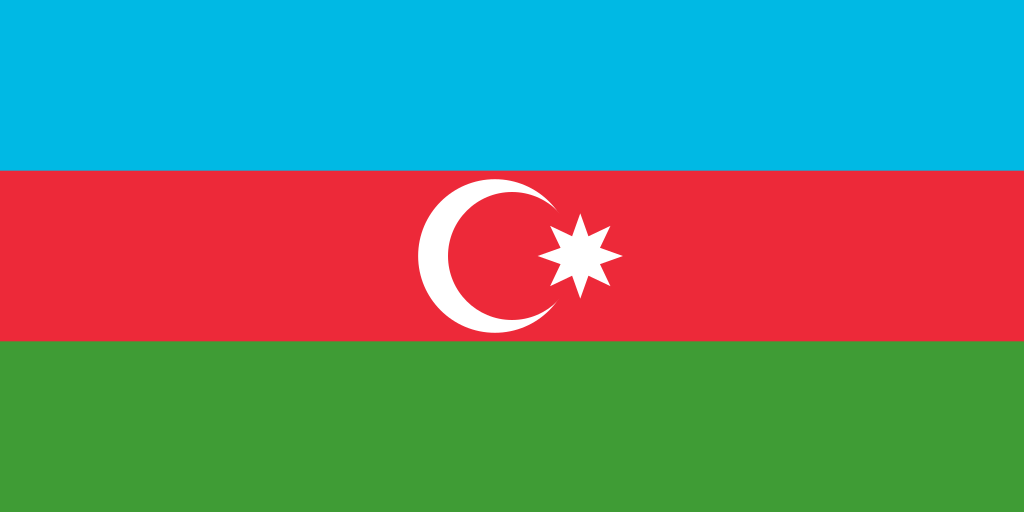
Image source: Wikipedia
B
Bahamas, The
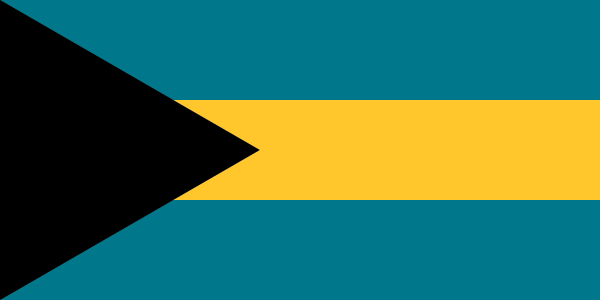
Image source: Wikipedia
Bahrain
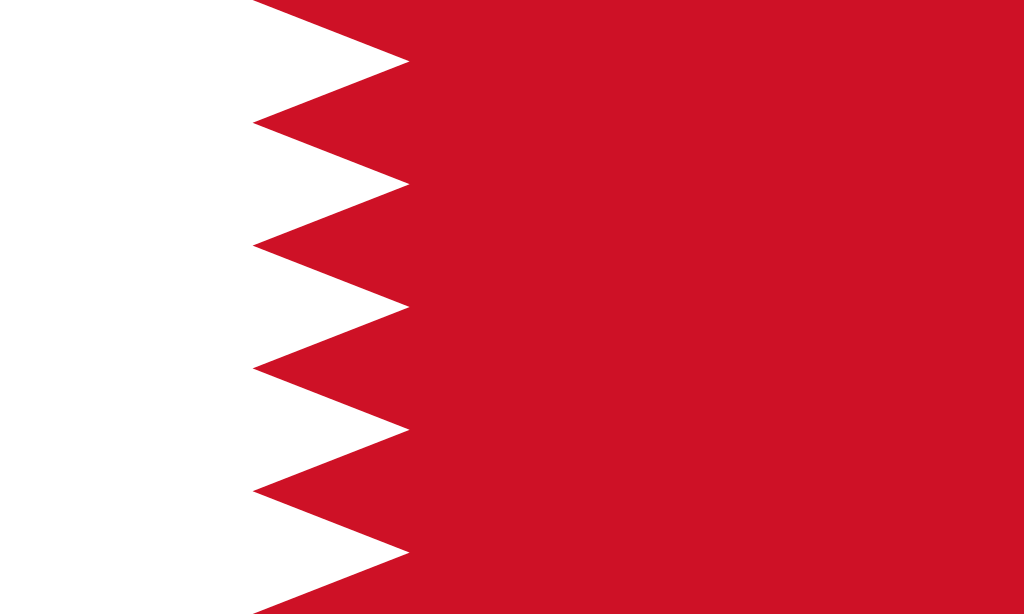
Image source: Wikipedia
Bangladesh
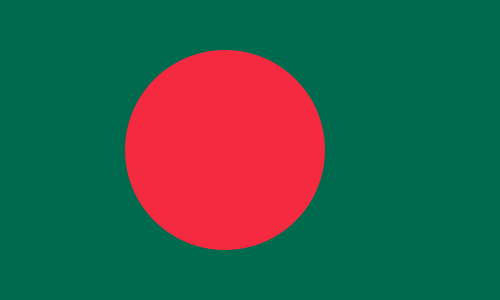
Image source: Wikipedia
The red disc on the Bangladesh disc is a symbol for the rising sun and the blood of those who struggled for the country’s independence.
Barbados
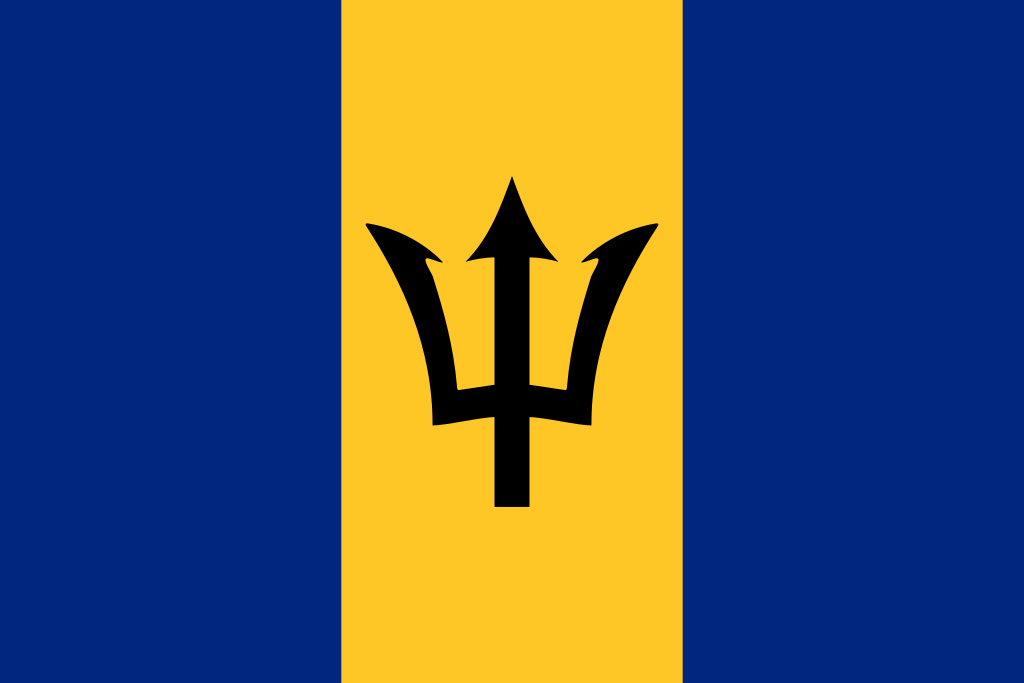
Image source: Wikipedia
Belarus
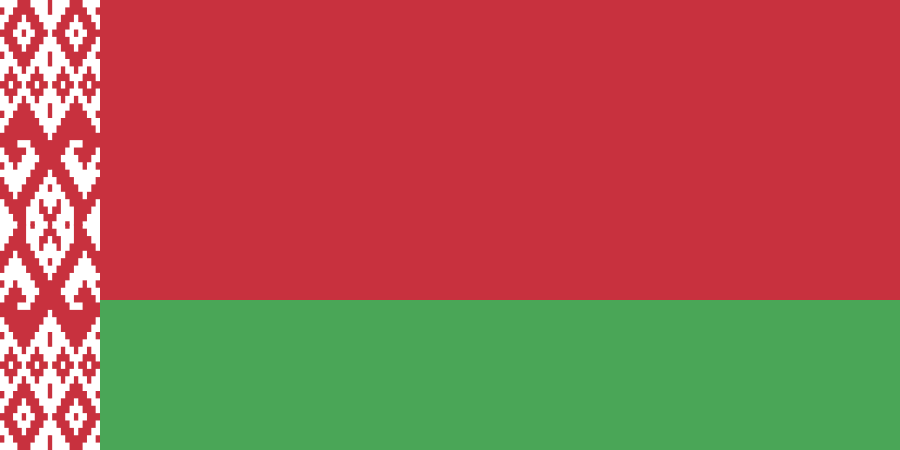
Image source: Wikipedia
Belgium
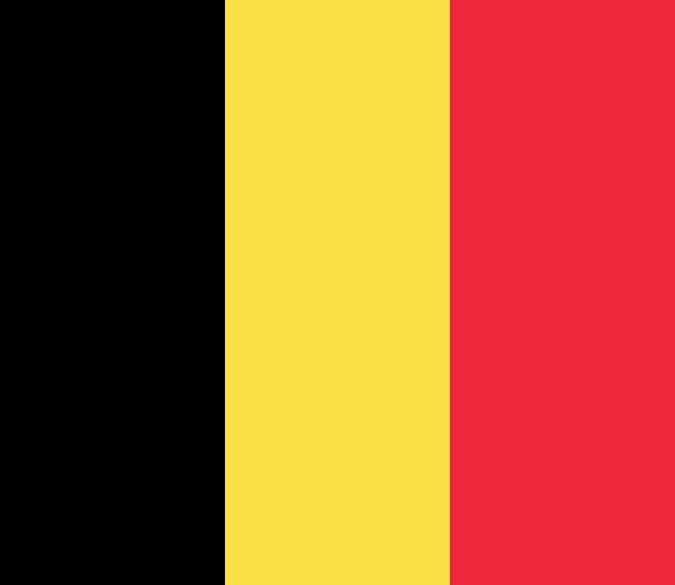
Image source: Wikipedia
Belize
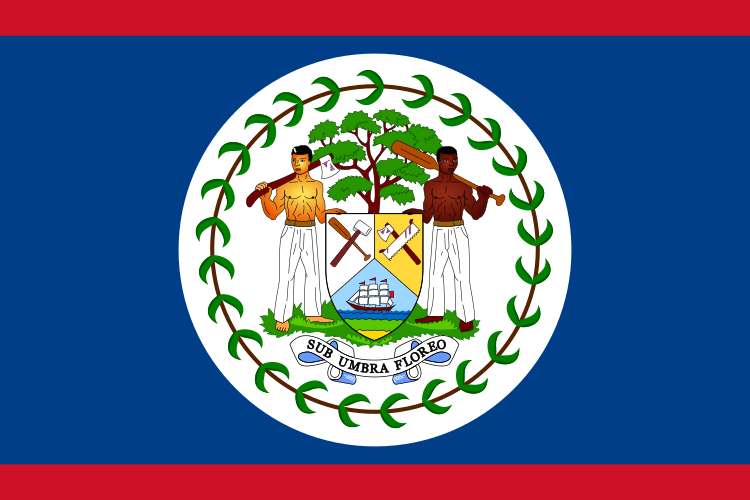
Image source: Wikipedia
Belize adopted its national flag on their first independence day on September 21, 1981.
Benin
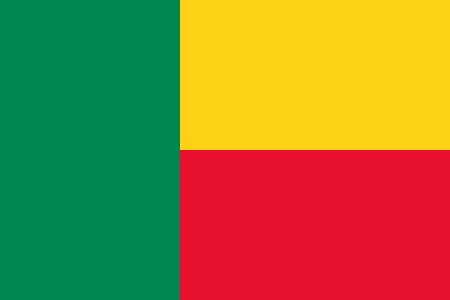
Image source: Wikipedia
Bhutan
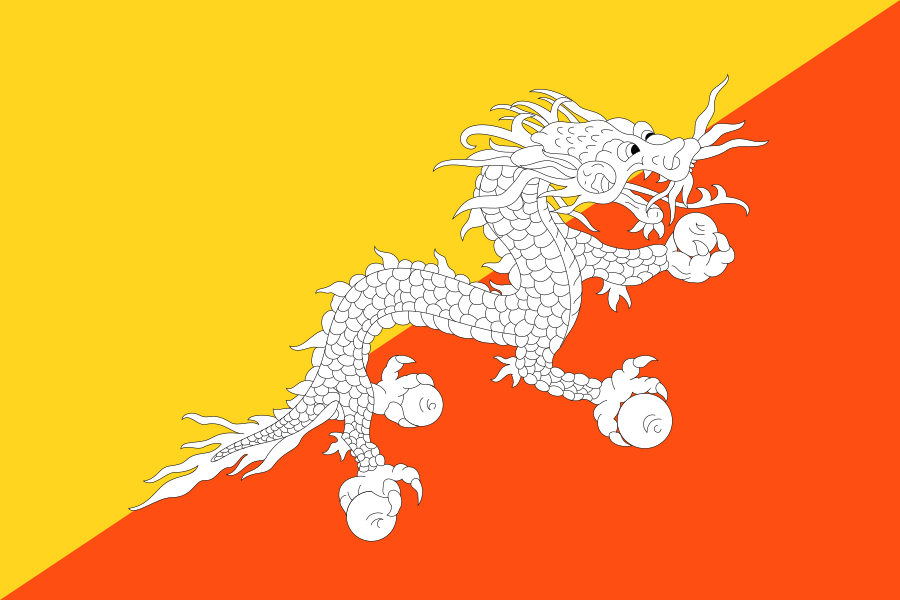
Image source: Wikipedia
Bolivia
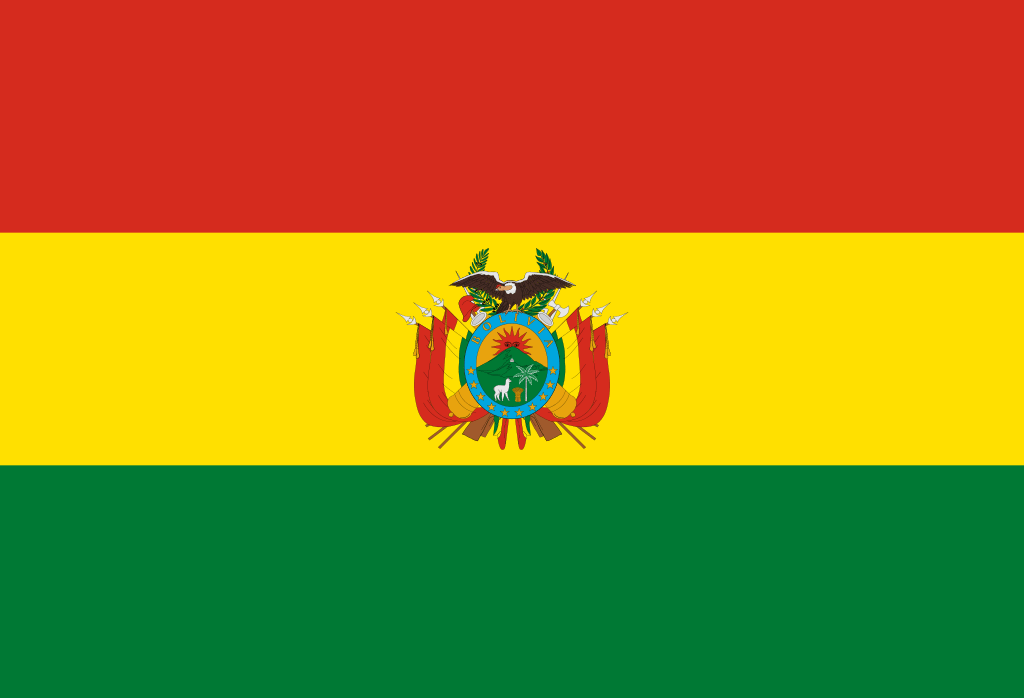
Image source: Wikipedia
Bosnia and Herzegovina
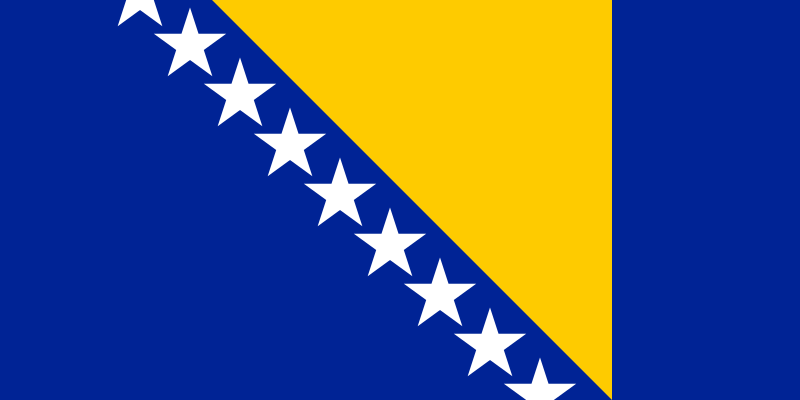
Image source: Wikipedia
Botswana
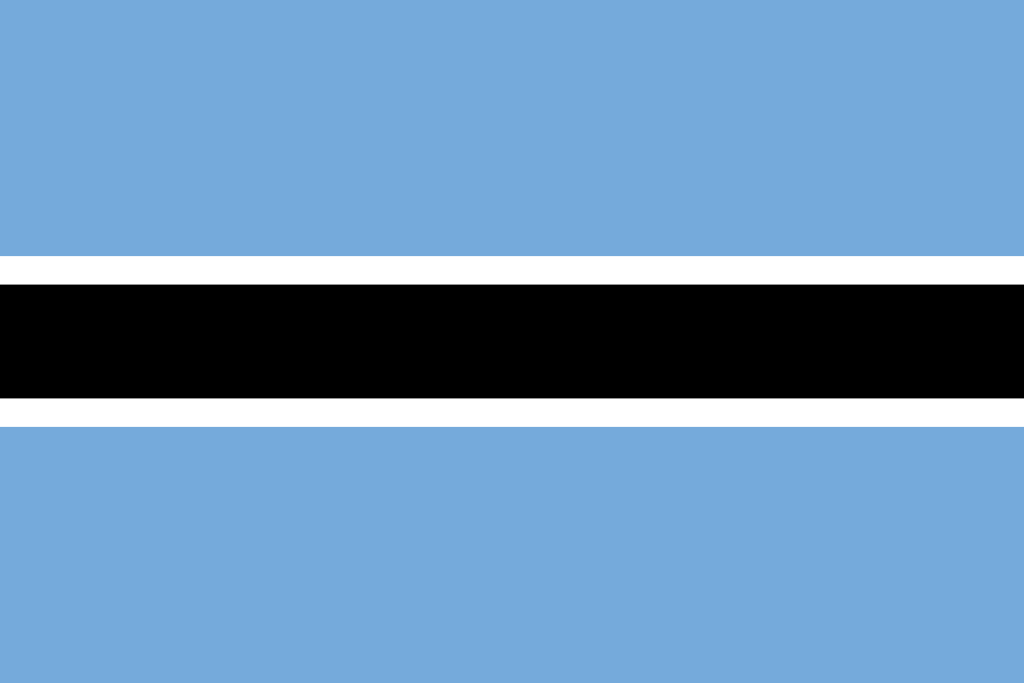
Image source: Wikipedia
Brazil
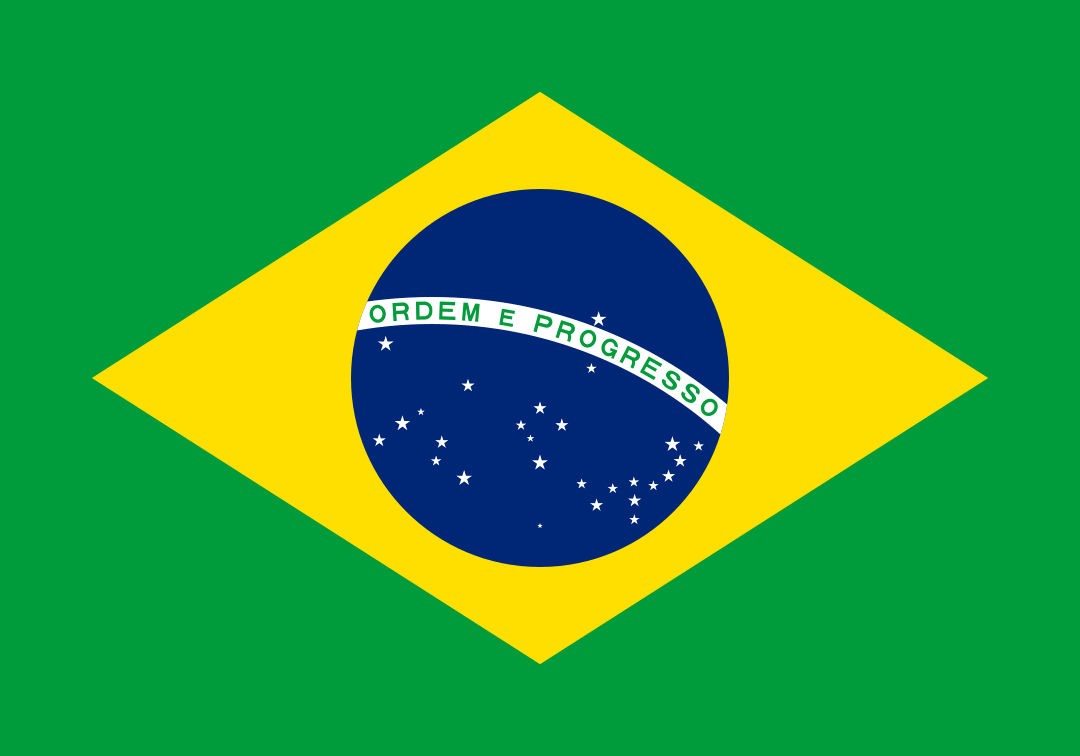
Image source: Wikipedia
The flag of Brazil features the Southern Cross and the national motto in Portuguese “Ordem e Progresso” (“Order and Progress).
Brunei
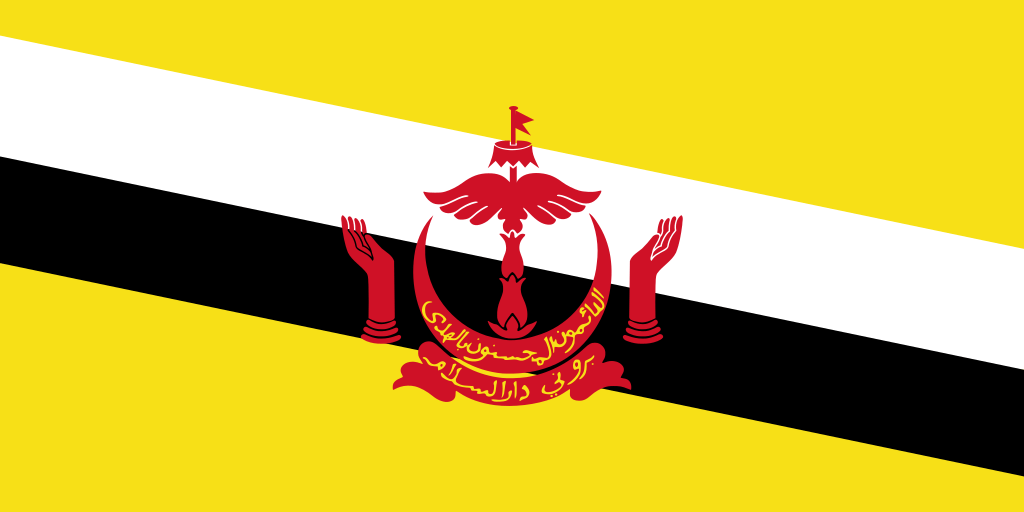
Image source: Wikipedia
Bulgaria
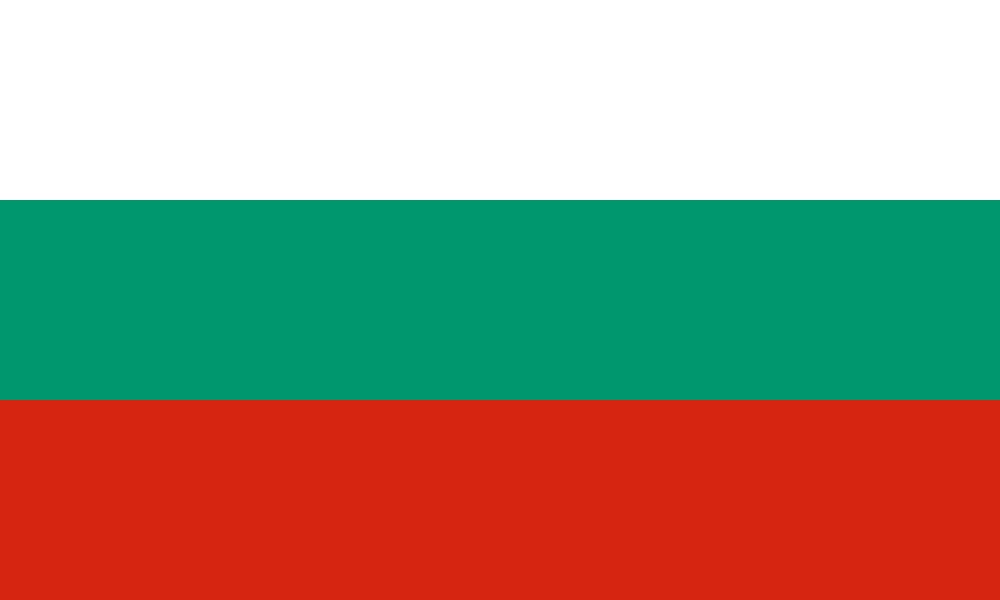
Image source: Wikipedia
Burkina Faso
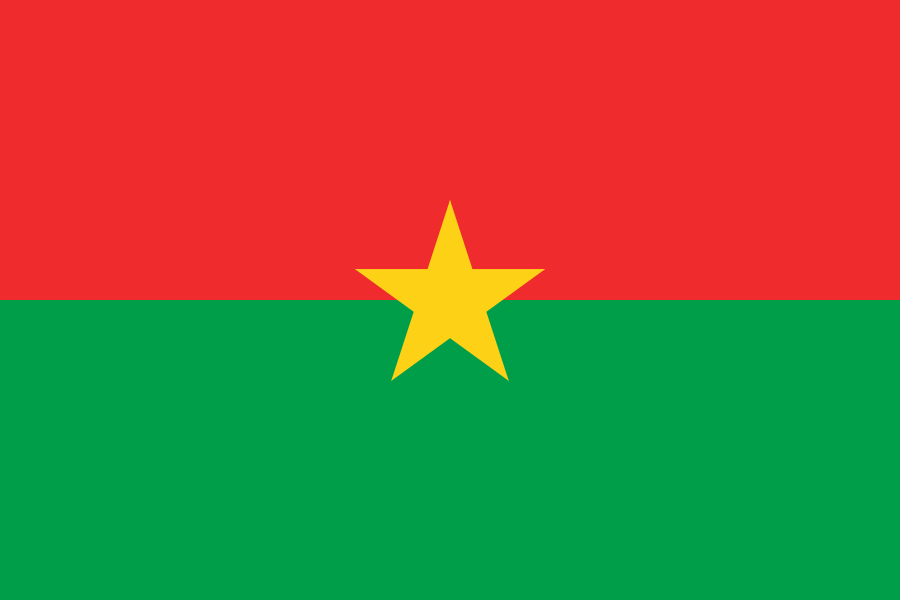
Image source: Wikipedia
Burma
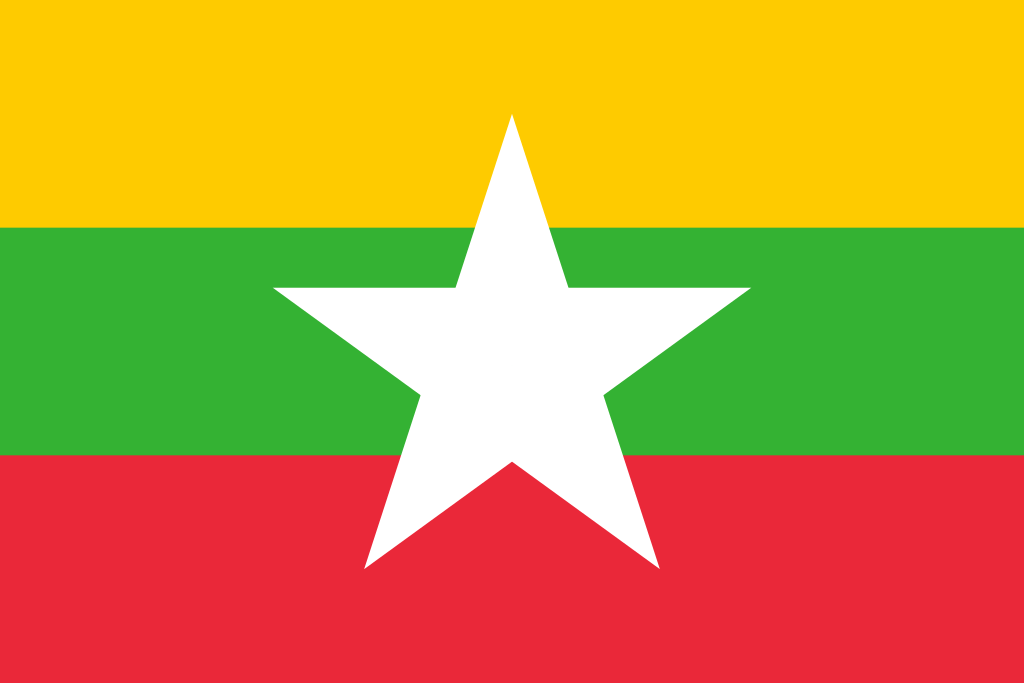
Image source: Wikipedia
Burundi
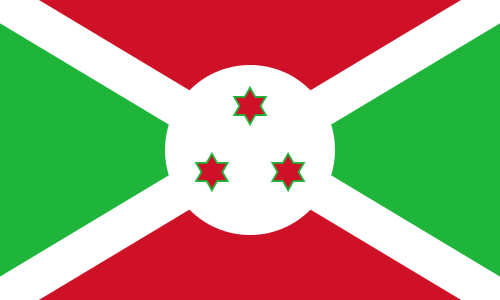
Image source: Wikipedia
C
Cambodia
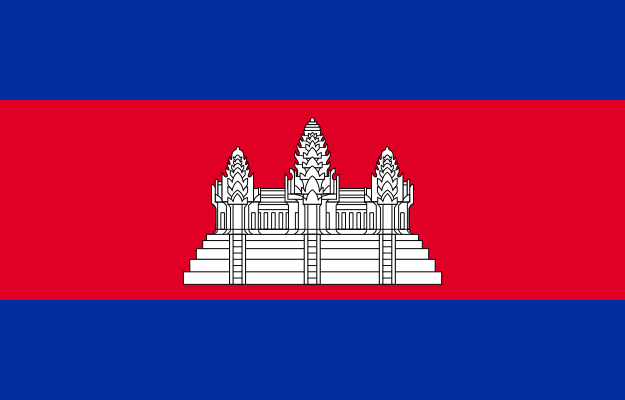
Image source: Wikipedia
Cameroon
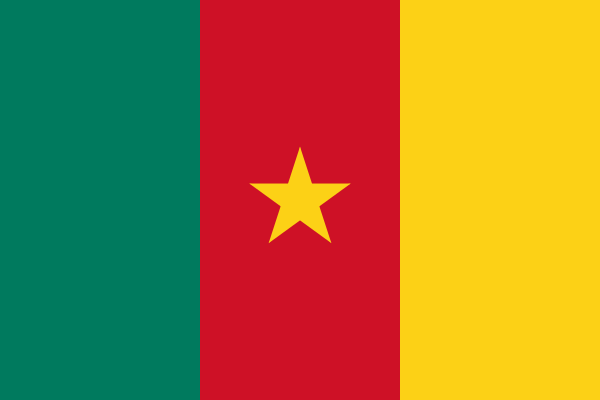
Image source: Wikipedia
Canada
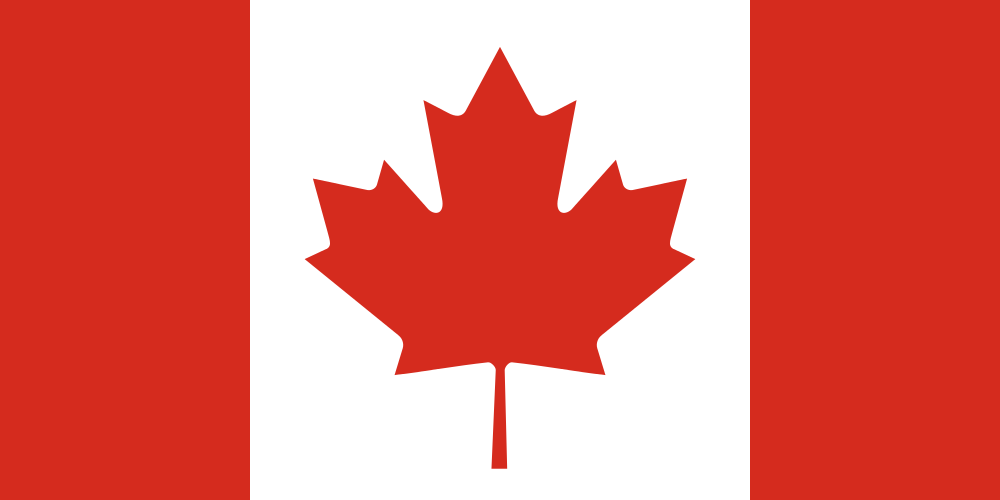
Image source: Wikipedia
The flag of Canada is often referred to as the Maple Leaf in English or L’Unifolié in French. It was adopted in 1965 to replace the Canadian Red Ensign or the Union flag (the flag of the United Kingdom), which were then used in Canada.
Cabo Verde
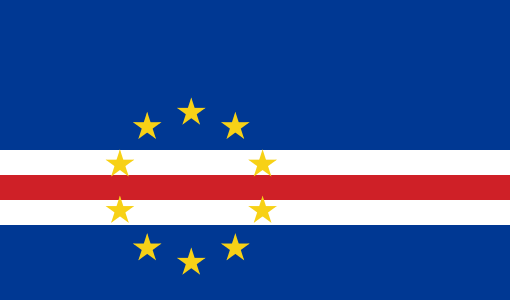
Image source: Wikipedia
The Central African Republic
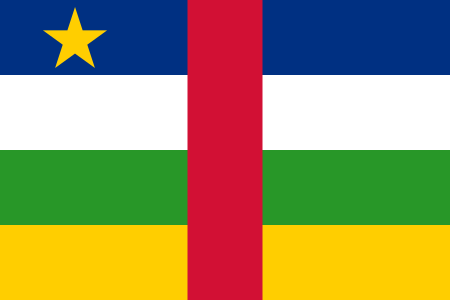
Image source: Wikipedia
Chad
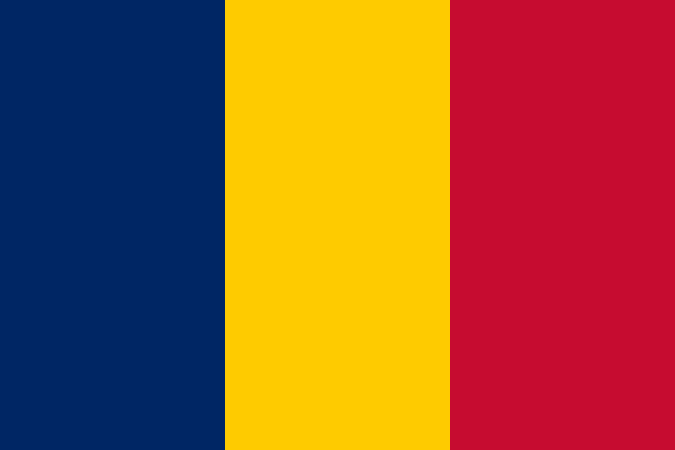
Image source: Wikipedia
Chile
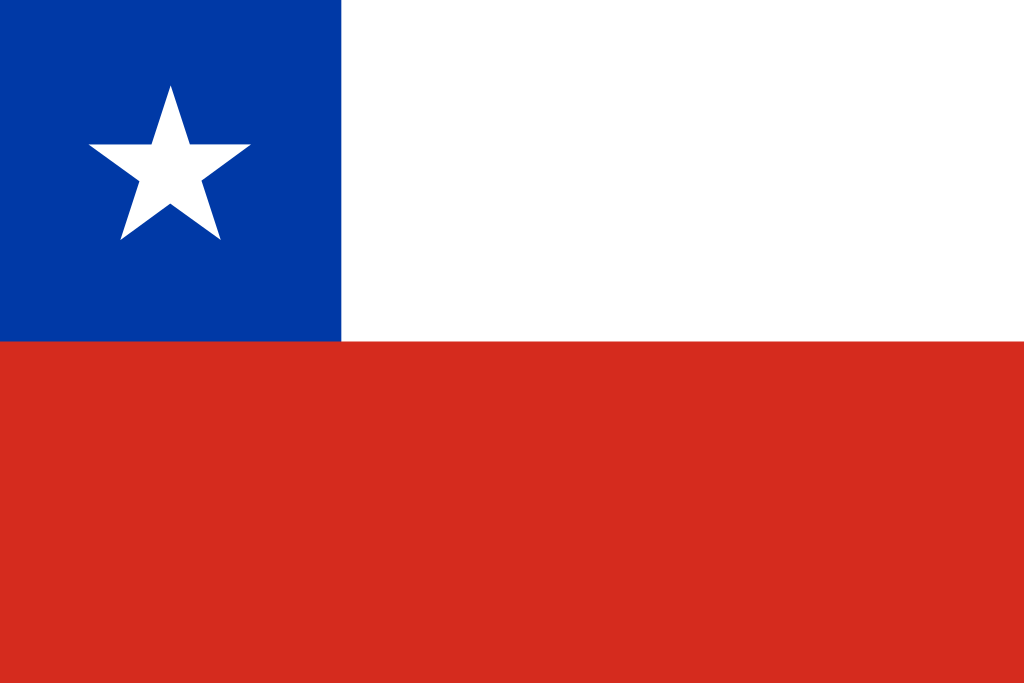
Image source: Wikipedia
China
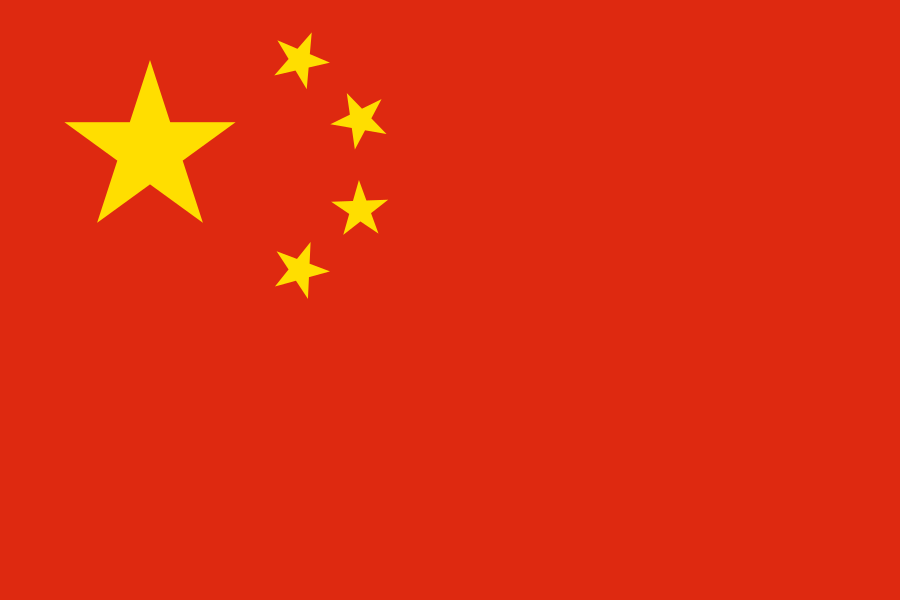
Image source: Wikipedia
Colombia
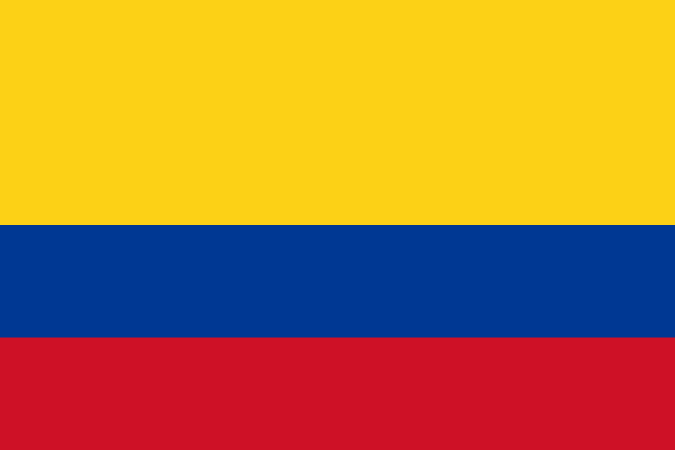
Image source: Wikipedia
Comoros
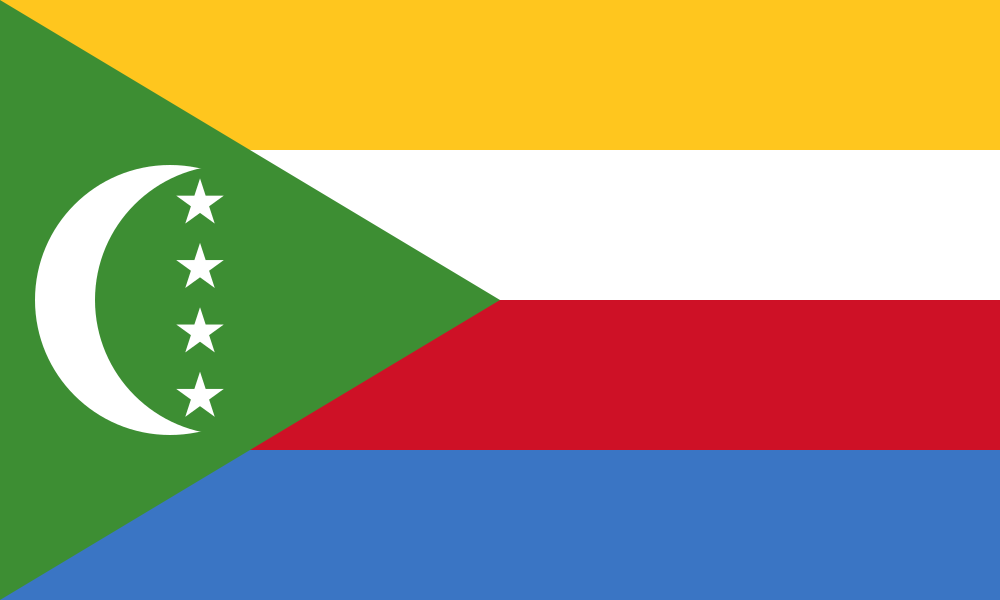
Image source: Wikipedia
Congo, the Democratic Republic of the
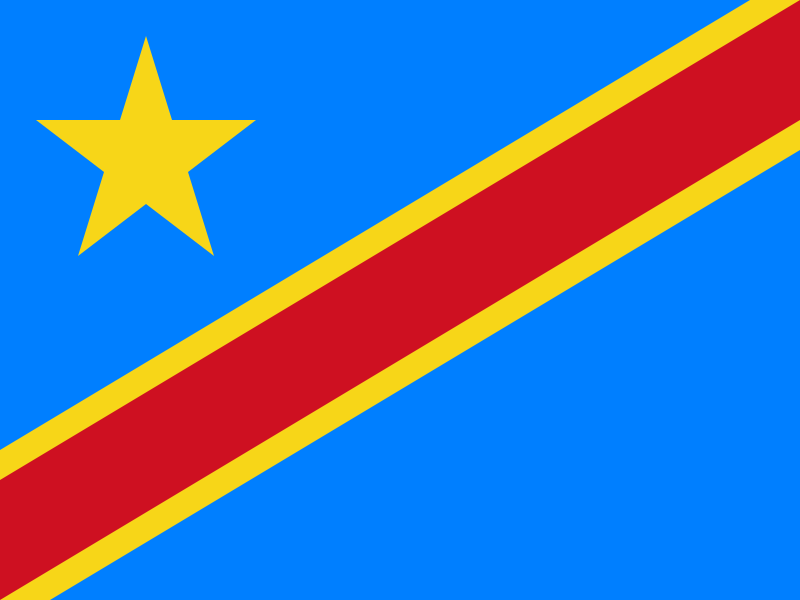
Image source: Wikipedia
Congo, Republic of the
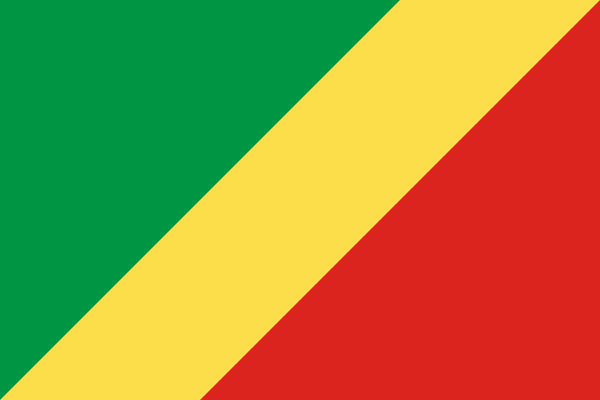
Image source: Wikipedia
Costa Rica
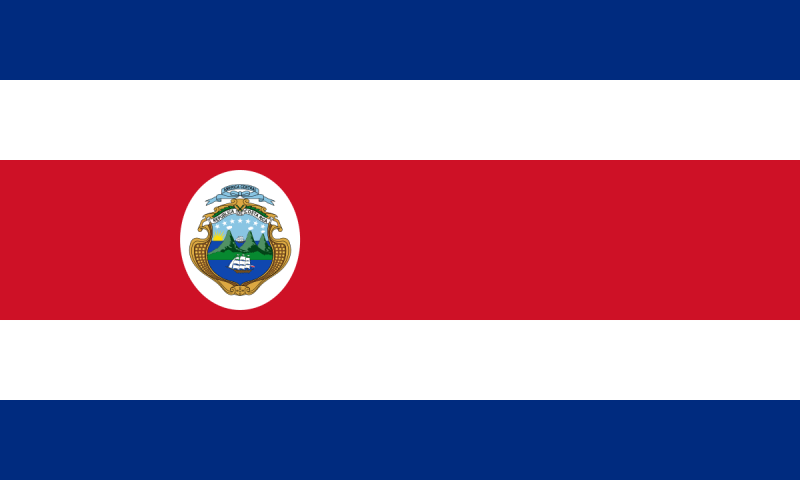
Image source: Wikipedia
Cote d’Ivoire
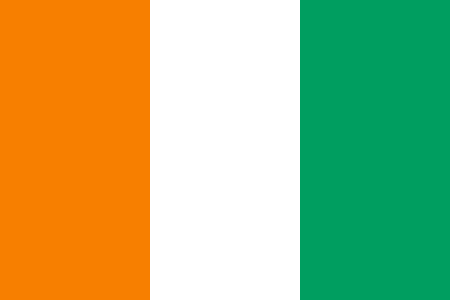
Image source: Wikipedia
Croatia
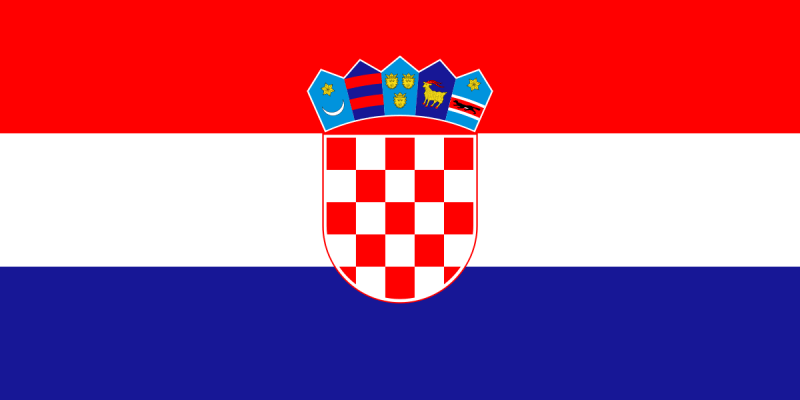
Image source: Wikipedia
Cuba
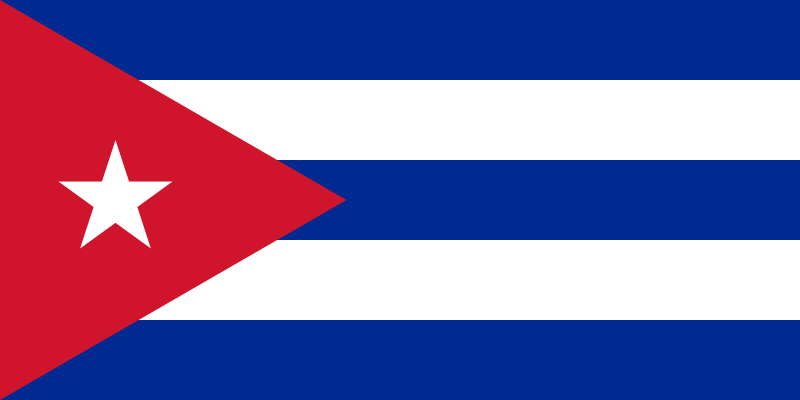
Image source: Wikipedia
The Cuban flag was adopted in 1902, only a few years after Cuban achieved its independence from Spain. The flag of Cuba served as the model for the flag of Puerto Rico and the Independentist flag of Catalonia, both of which also feature horizontal stripes and a red equilateral triangle with a star.
Curacao

Image source: Wikipedia
Cyprus
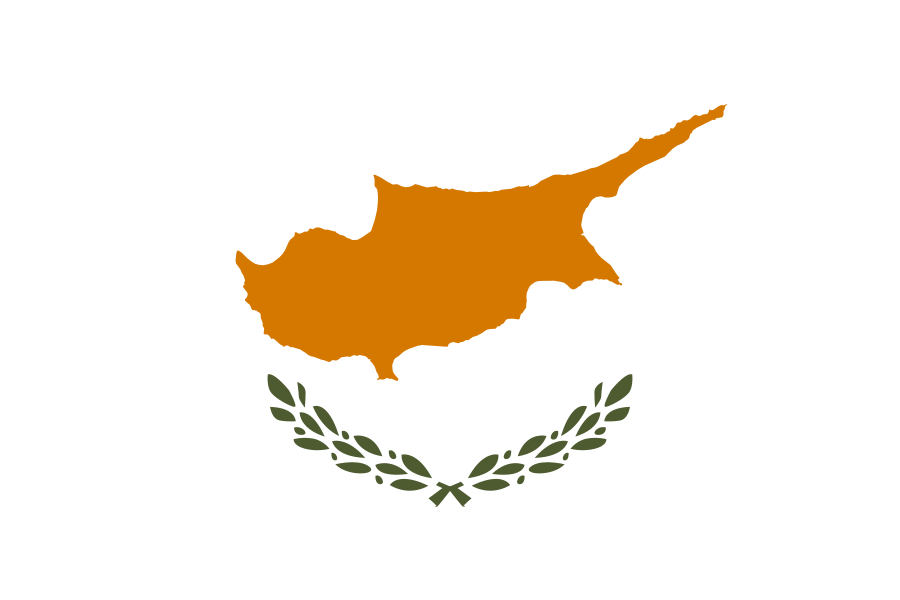
Image source: Wikipedia
Czechia
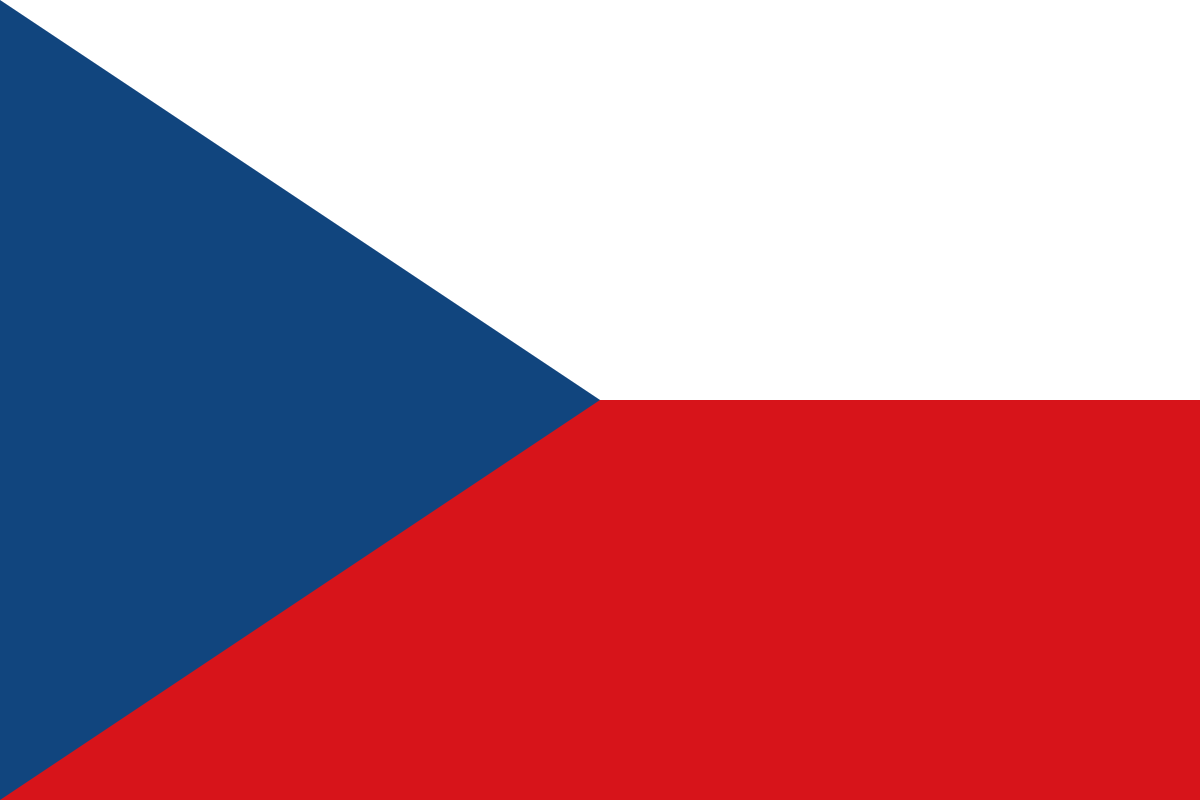
Image source: Wikipedia
D
Denmark
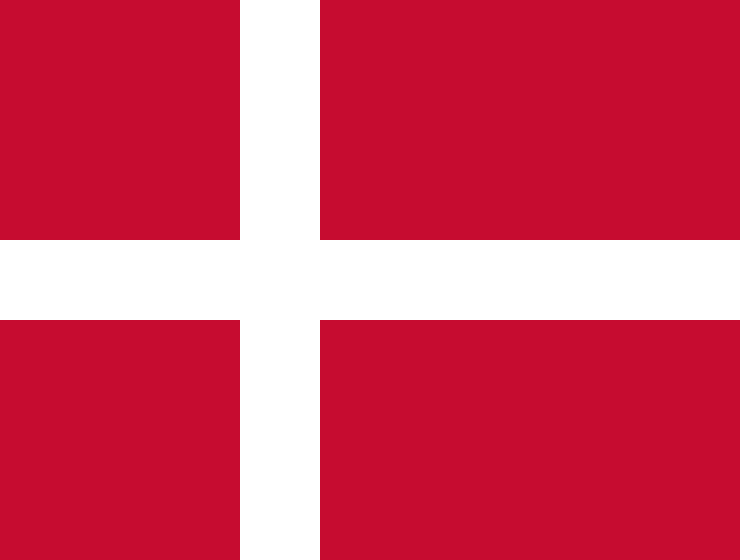
Image source: Wikipedia
The flag of Denmark features a white Scandinavian cross over a red background. Neighboring Sweden, Norway, and Finland also use similar designs.
Djibouti
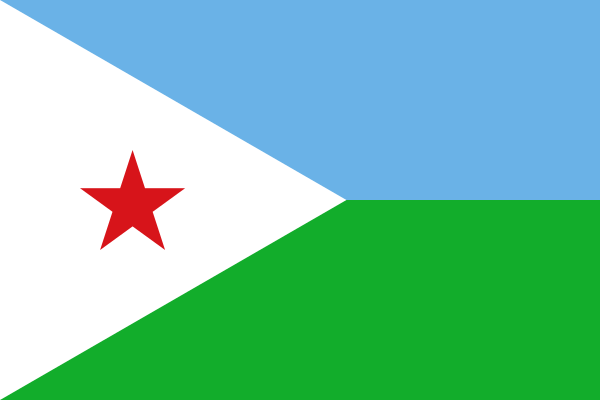
Image source: Wikipedia
Dominica
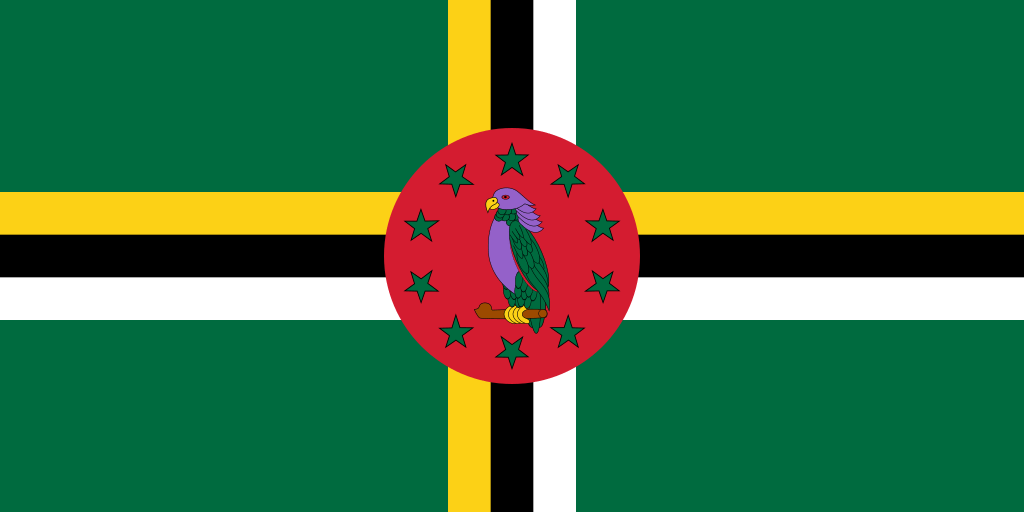
Image source: Wikipedia
Dominican Republic
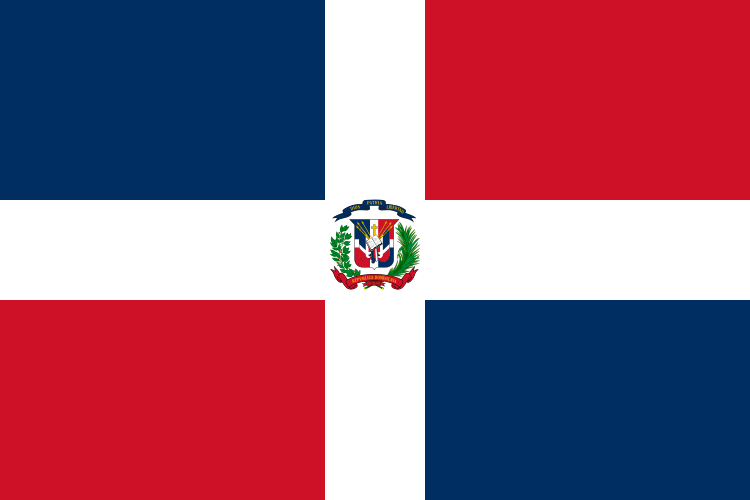
Image source: Wikipedia
E
East Timor (see Timor-Leste)
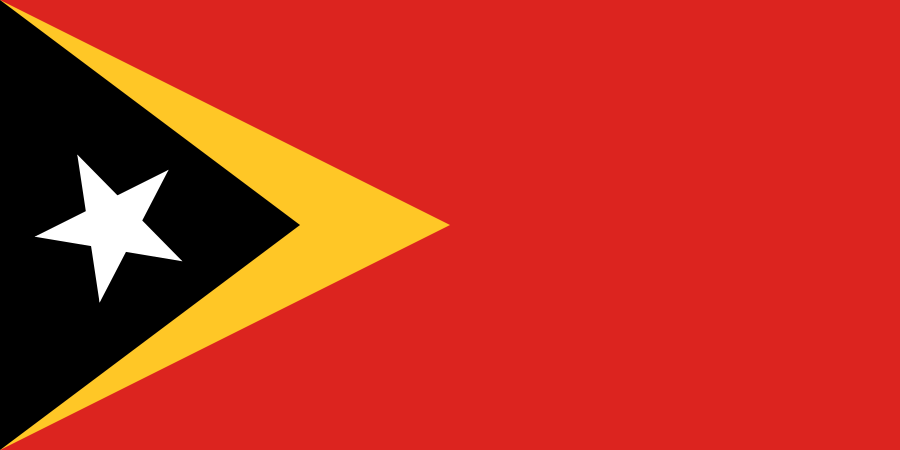
Image source: Wikipedia
This former Portuguese colony was later invaded by neighboring Indonesia but recovered its independence 2002.
Ecuador
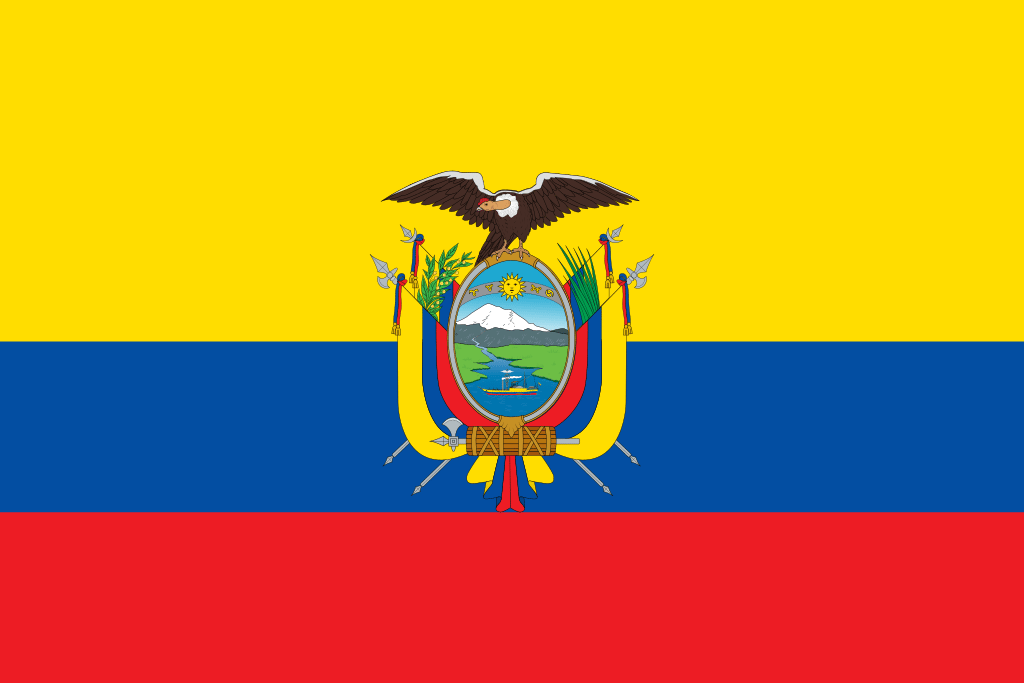
Image source: Wikipedia
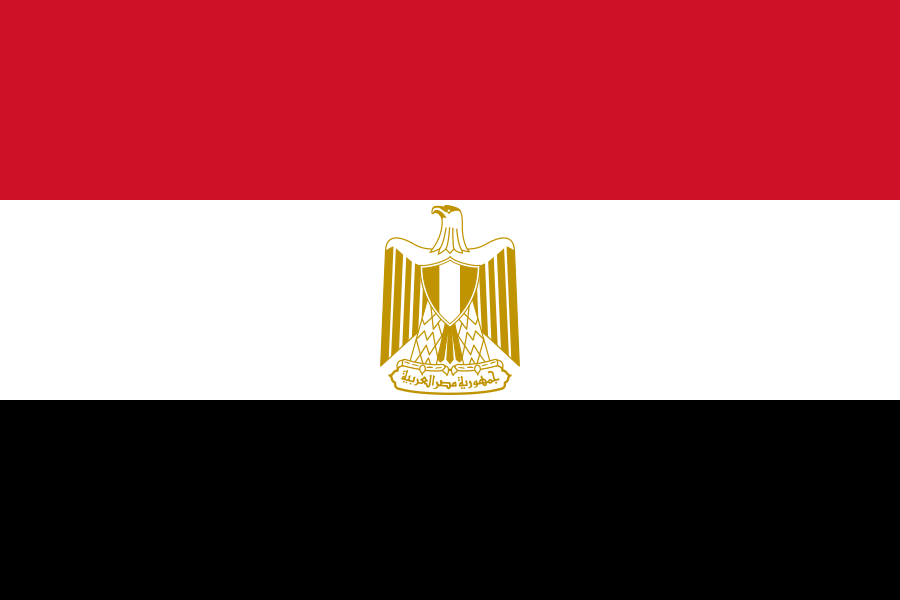
Image source: Wikipedia
El Salvador
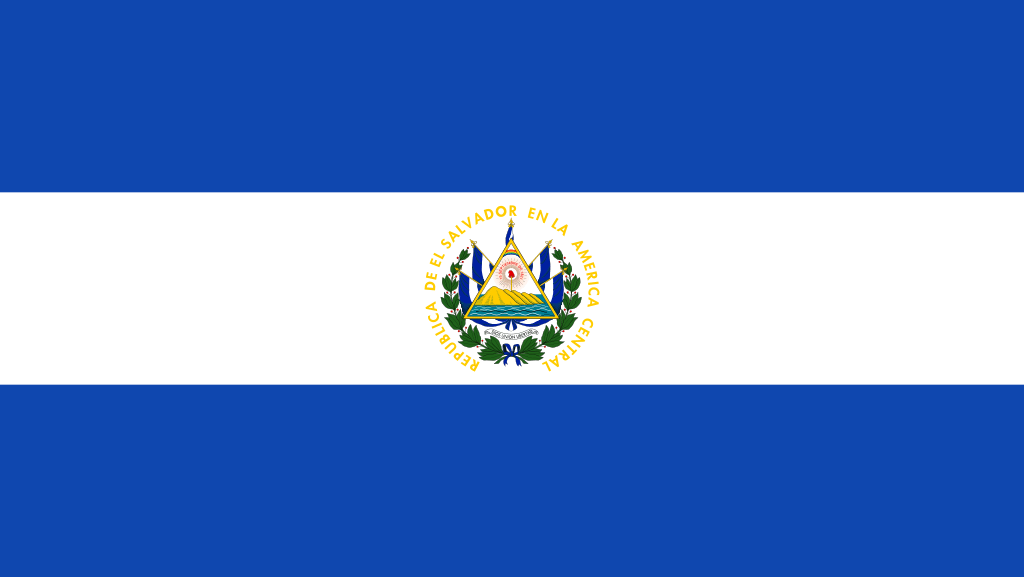
Image source: Wikipedia
Equatorial Guinea
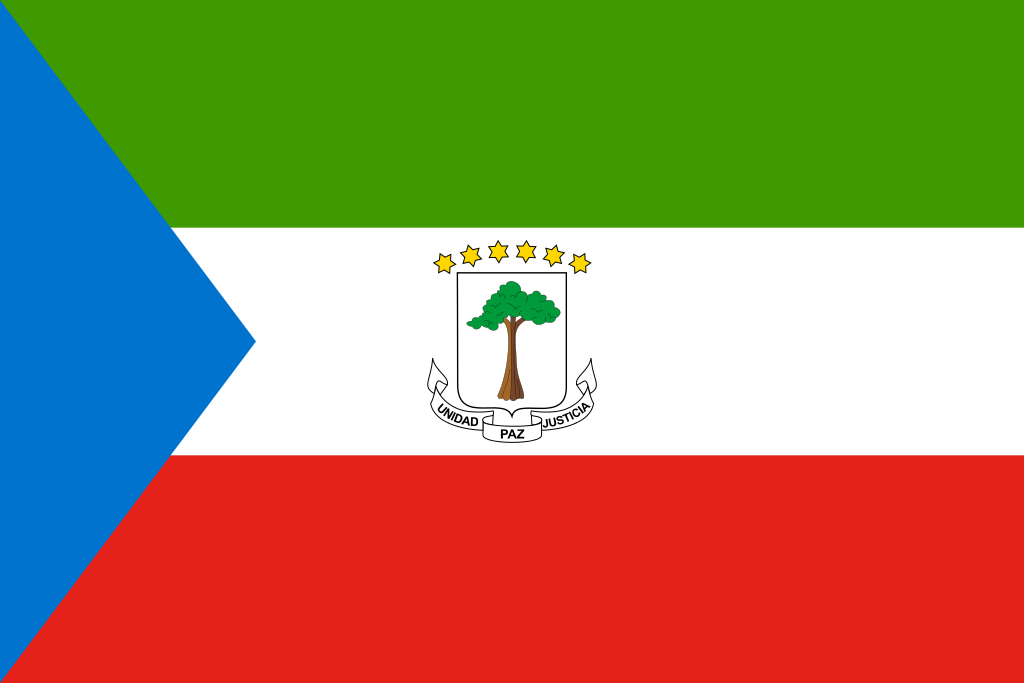
Image source: Wikipedia
Eritrea
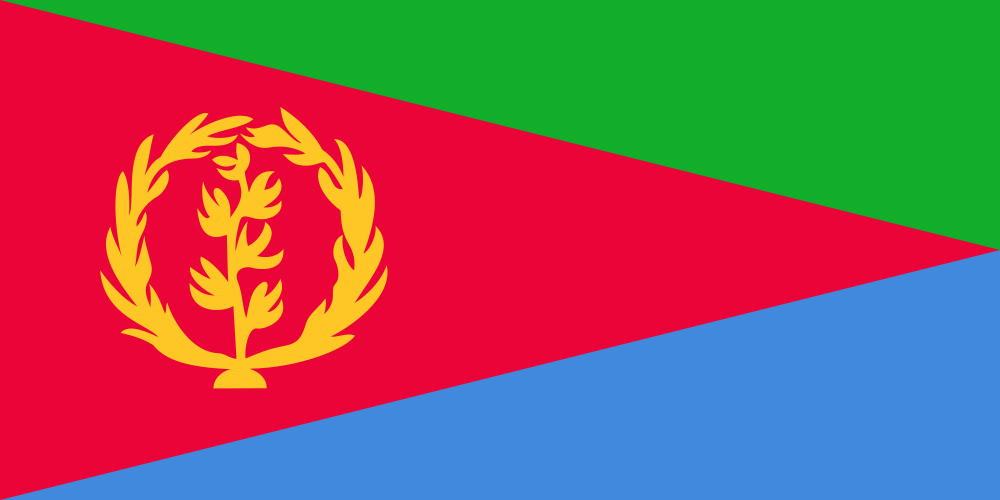
Image source: Wikipedia
Estonia

Image source: Wikipedia
Ethiopia
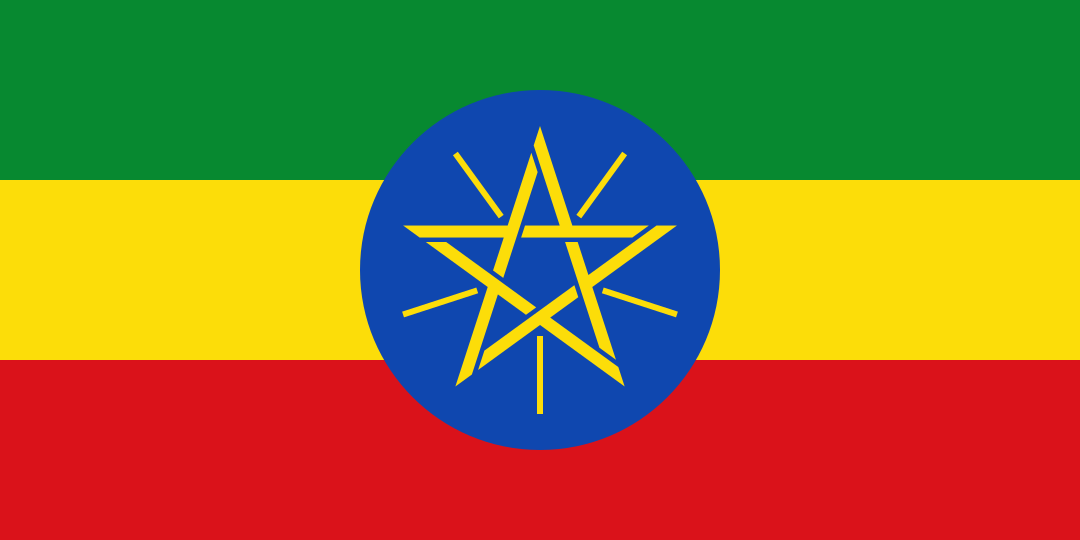
Image source: Wikipedia
F
Fiji
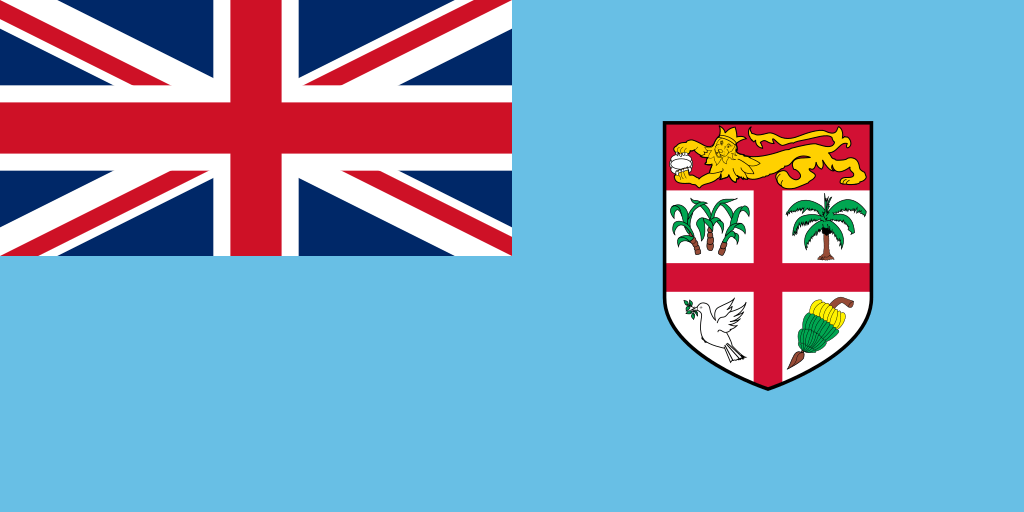
Image source: Wikipedia
Finland
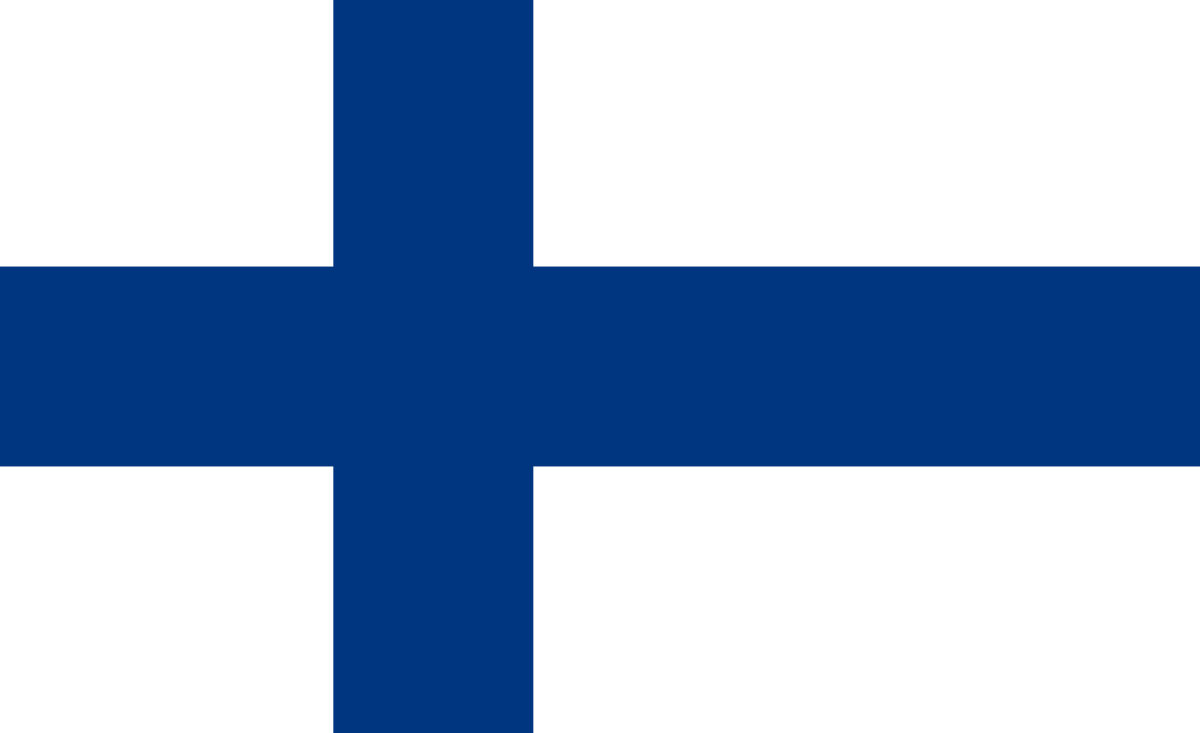
Image source: Wikipedia
France
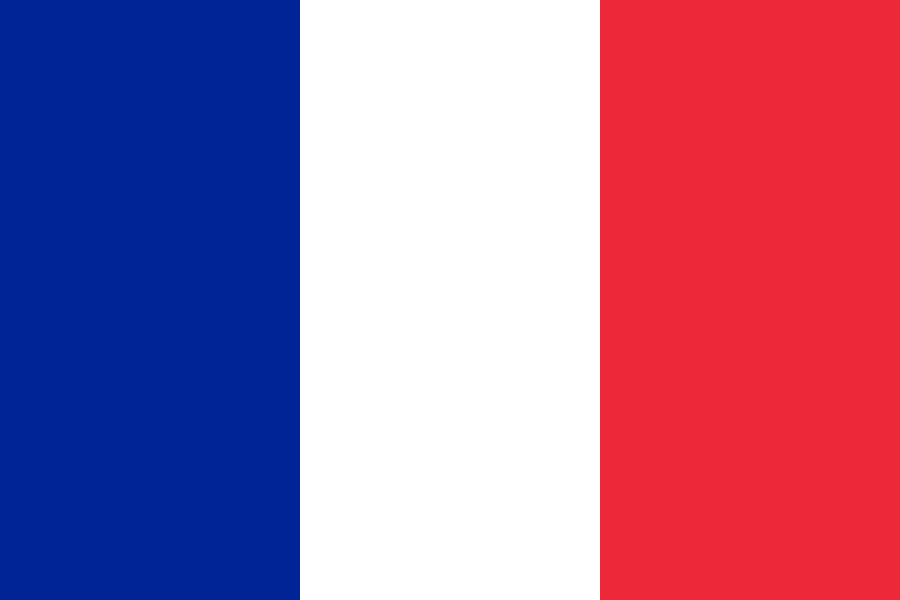
Image source: Wikipedia
The flag of France is one of the most recognizable world flags. It was adopted after the French Revolution in 1794.
G
Gabon
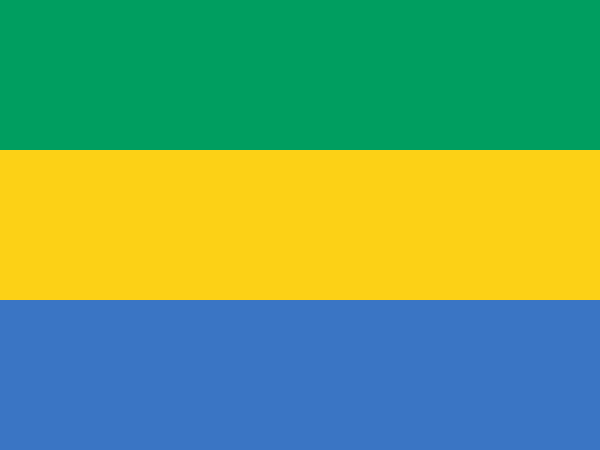
Image source: Wikipedia
Gambia, The
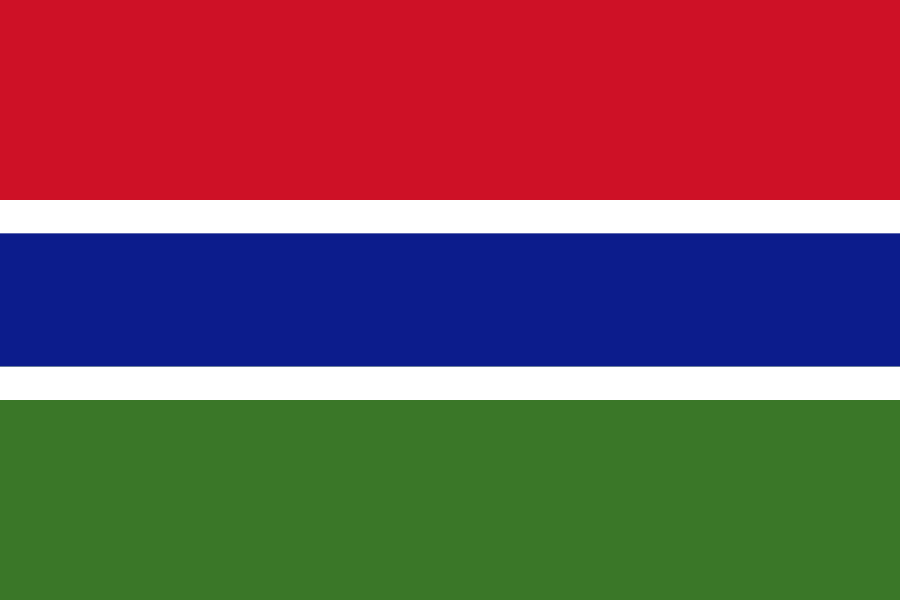
Image source: Wikipedia
Georgia
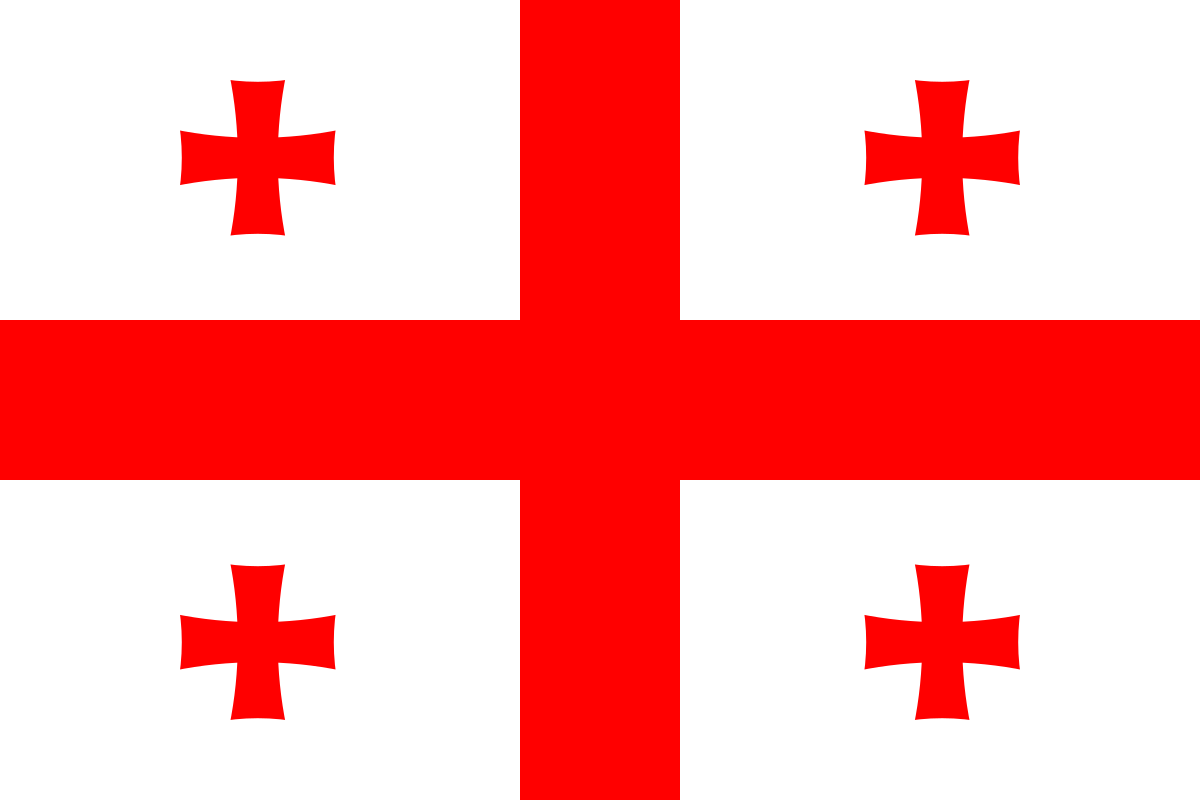
Image source: Wikipedia
Germany
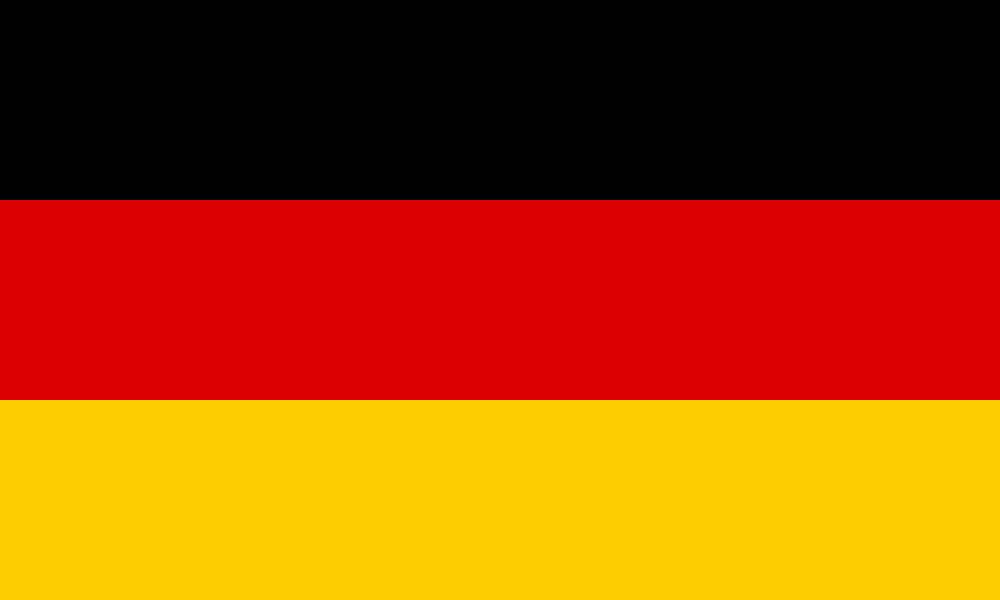
Image source: Wikipedia
This horizontal tricolor flag was first adopted in 1919 although it was replaced by the Nazi flag in 1933. It was restored after Germany lost World War II in 1949.
Ghana
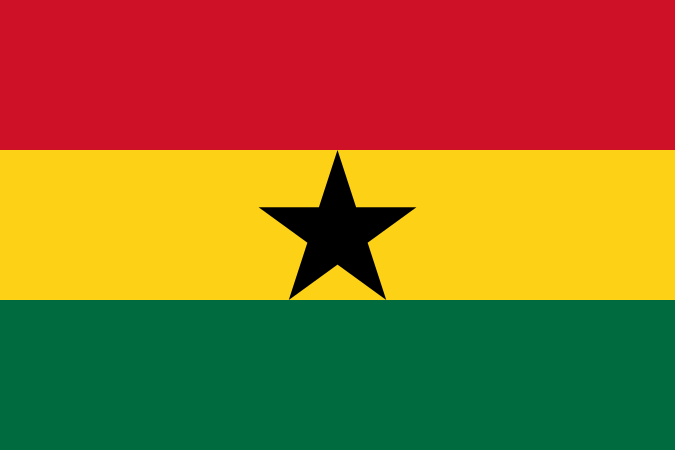
Image source: Wikipedia
Greece
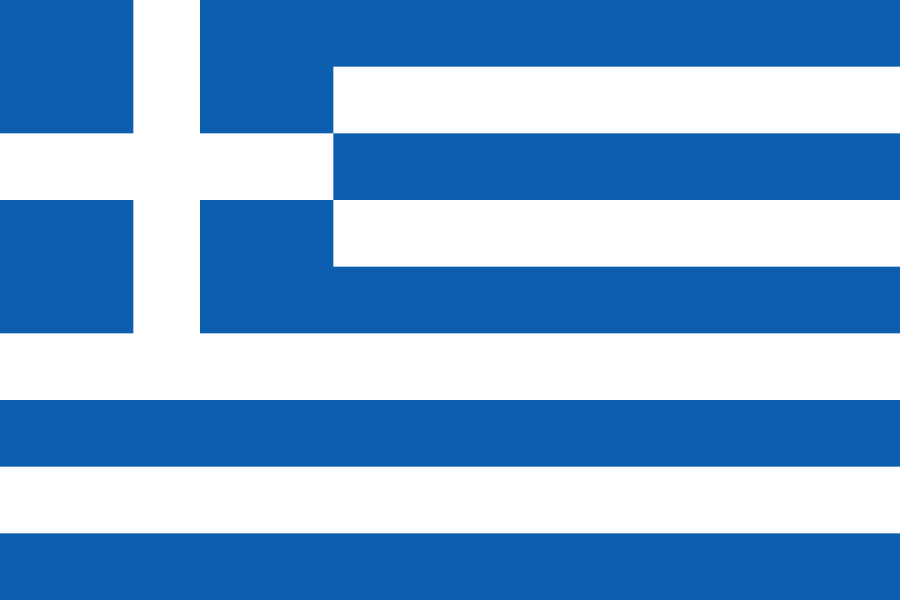
Image source: Wikipedia
The cross of the flag of Greece symbolizes Eastern Orthodox Christianity.
Grenada
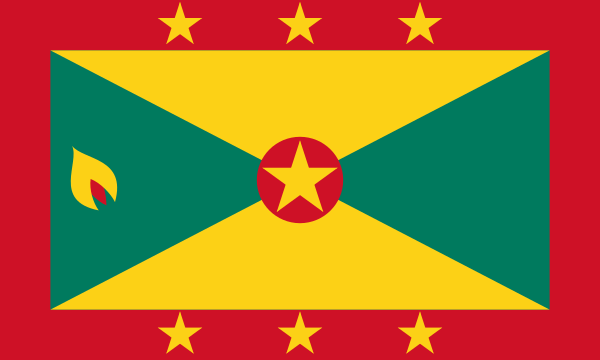
Image source: Wikipedia
Guatemala
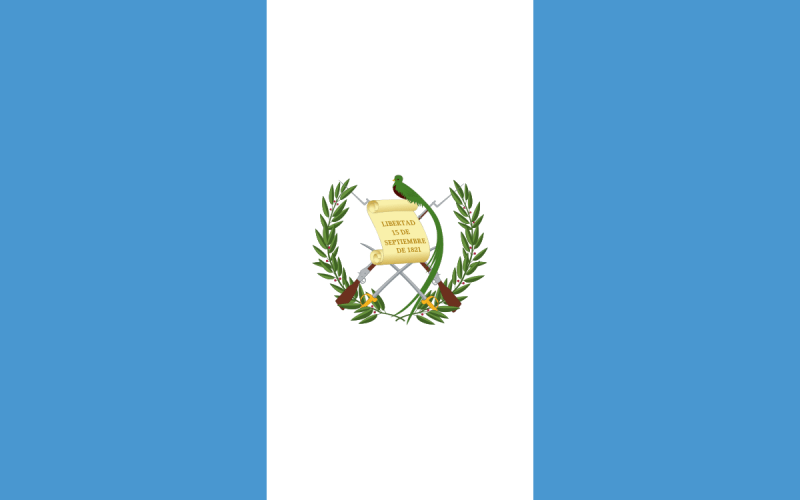
Image source: Wikipedia
Guinea
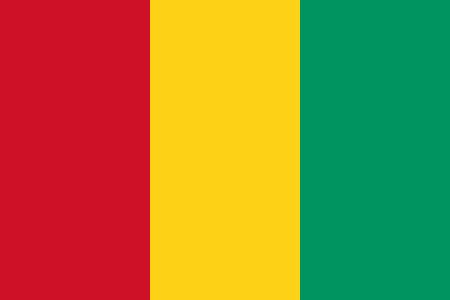
Image source: Wikipedia
Guinea-Bissau
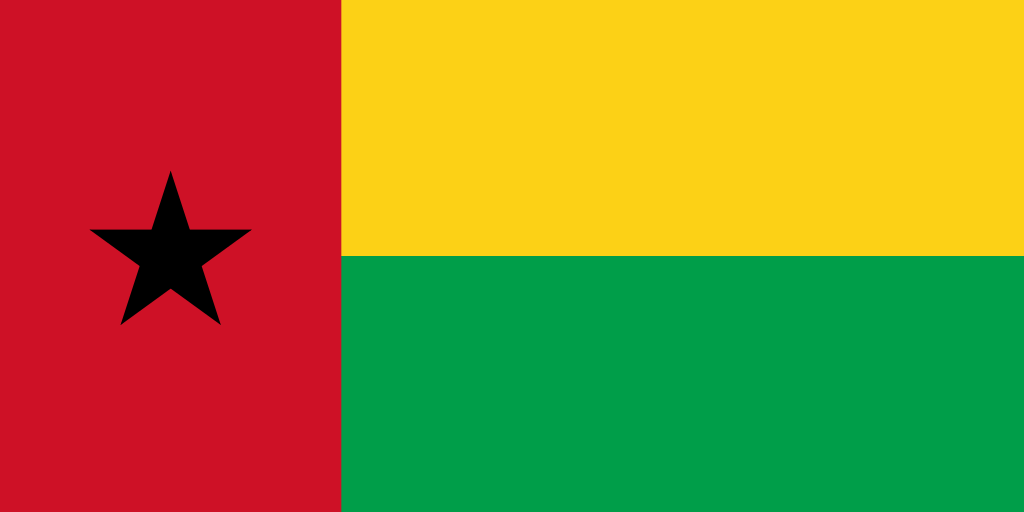
Image source: Wikipedia
Guyana
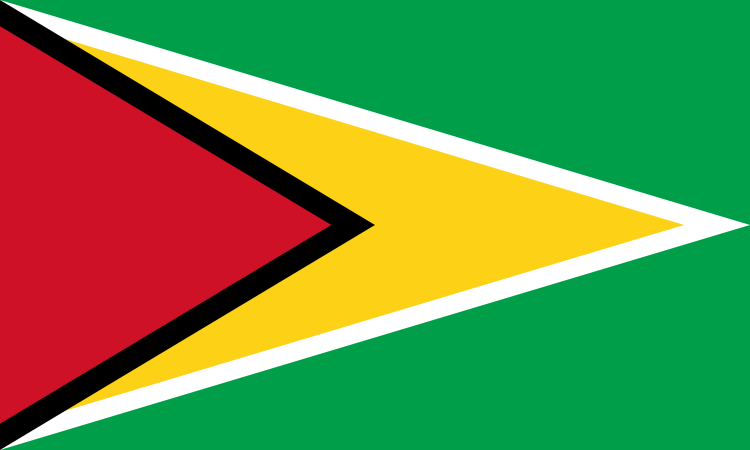
Image source: Wikipedia
H
Haiti
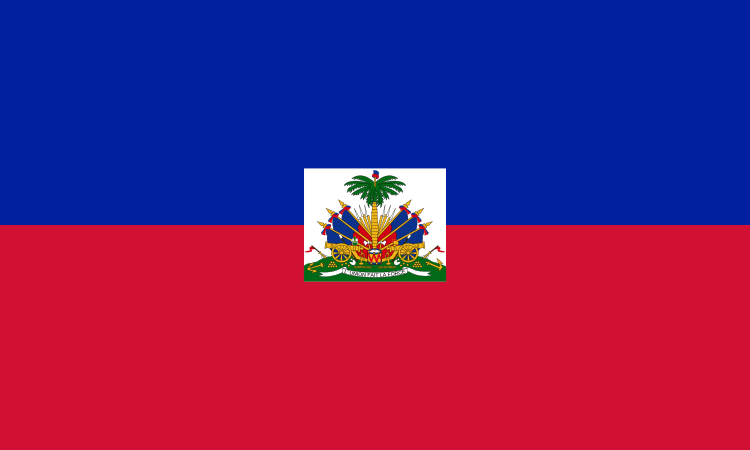
Image source: Wikipedia
Holy See
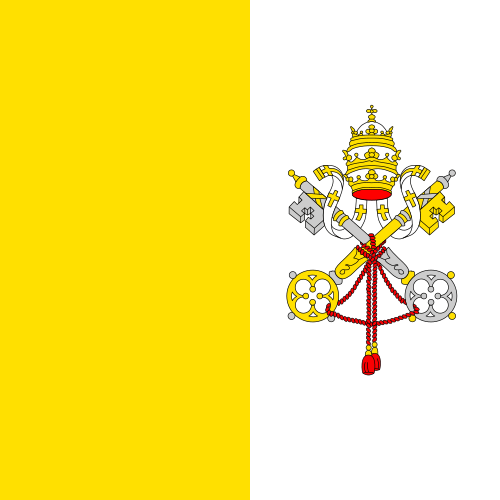
Image source: Wikipedia
Honduras
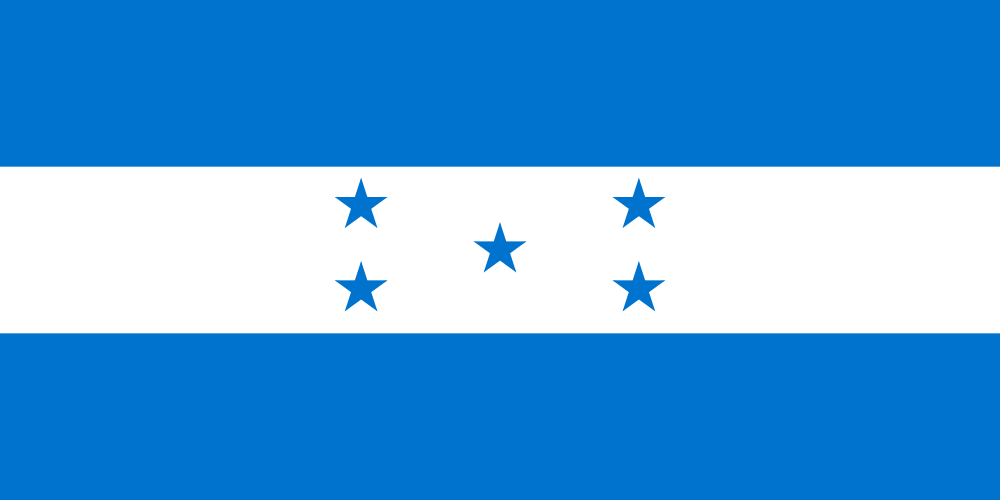
Image source: Wikipedia
Hong Kong
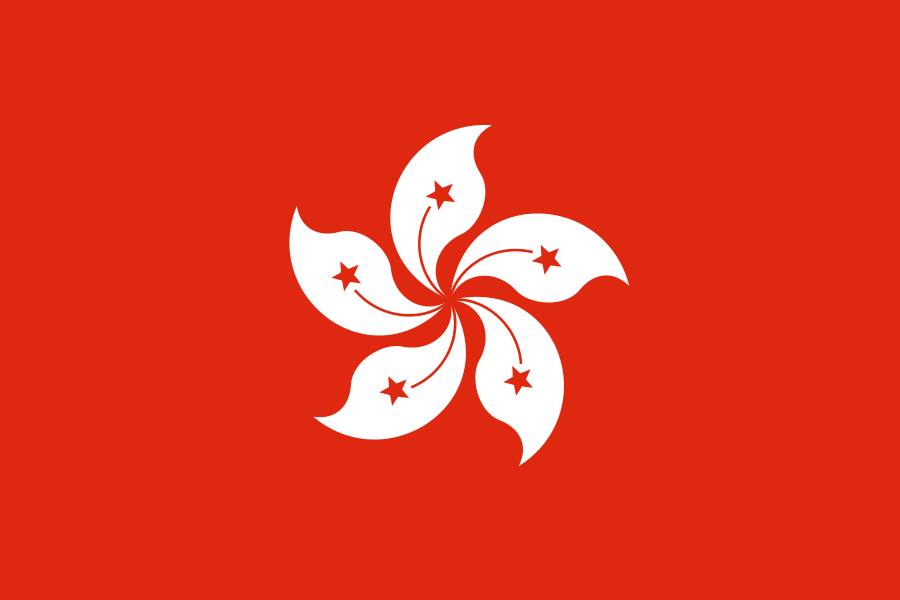
Image source: Wikipedia
The national flag of Hong Kong was adopted when the United Kingdom handed over the sovereignty of their former colony over to the People’s Republic of China. It replaced several former colonial flags that were similar in design to those used for other former British colonies such as Canada, Australia, and New Zealand.
Hungary
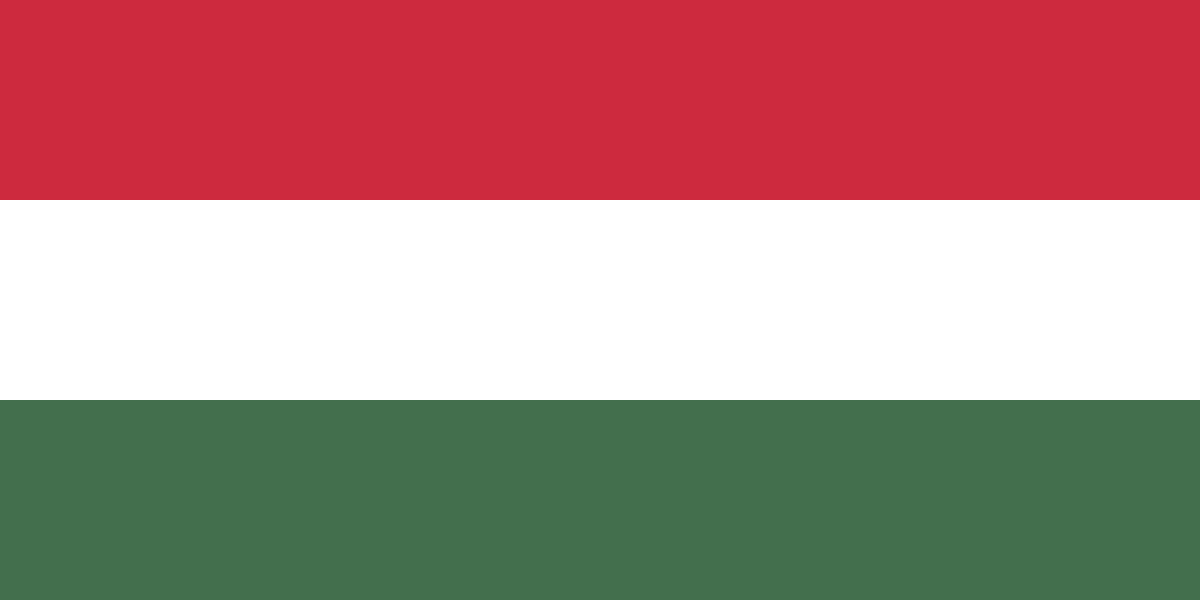
Image source: Wikipedia
I
Iceland
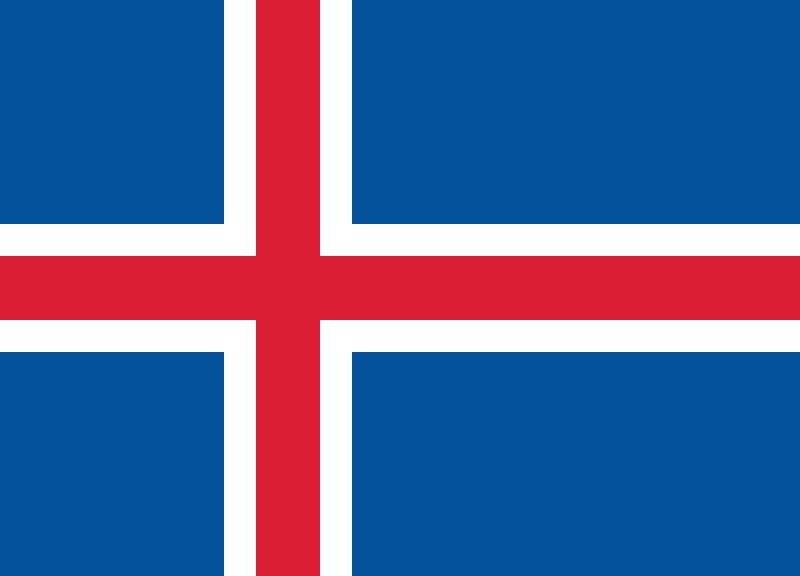
Image source: Wikipedia
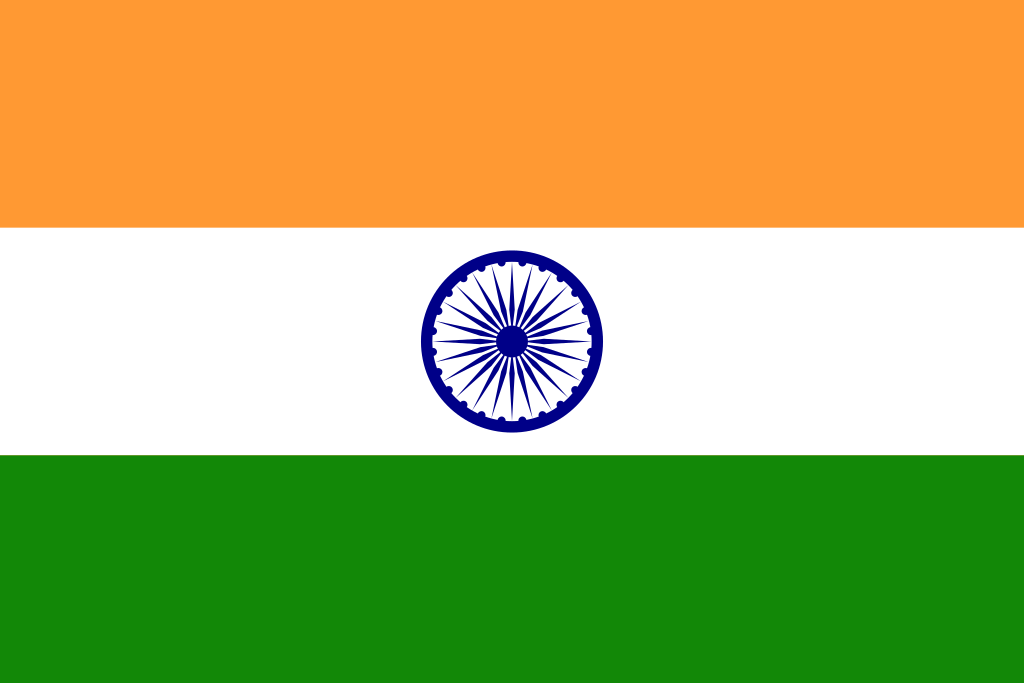
Image source: Wikipedia
Indonesia
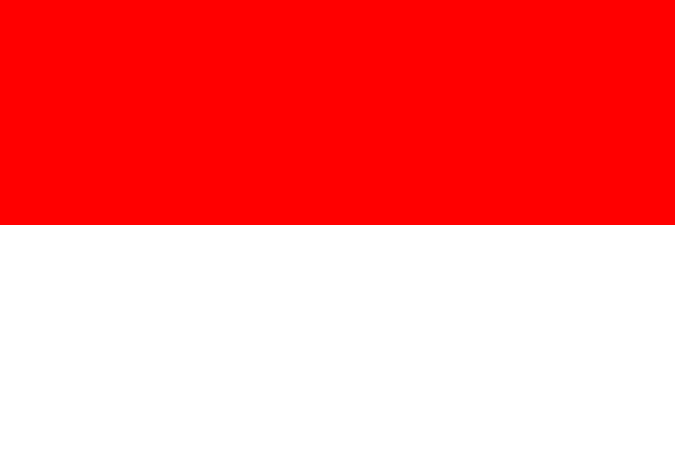
Image source: Wikipedia
Iran
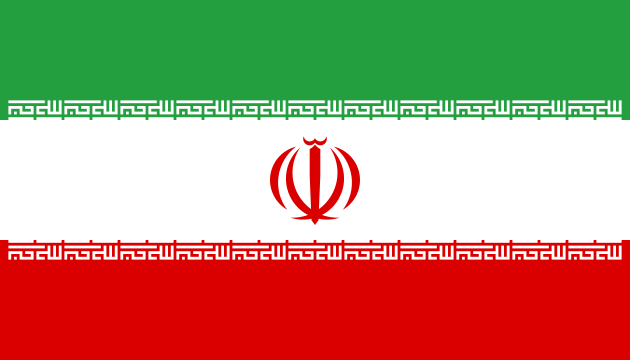
Image source: Wikipedia
Iraq
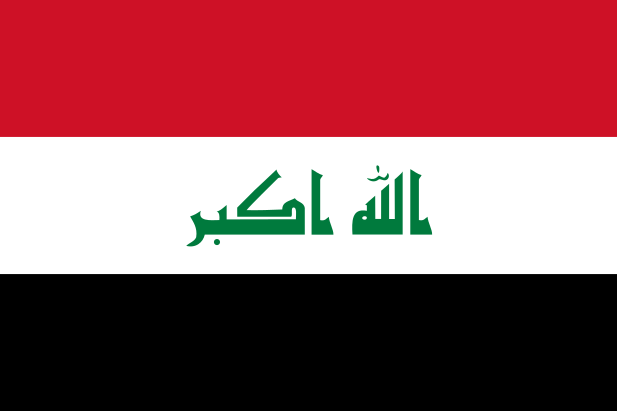
Image source: Wikipedia
Ireland
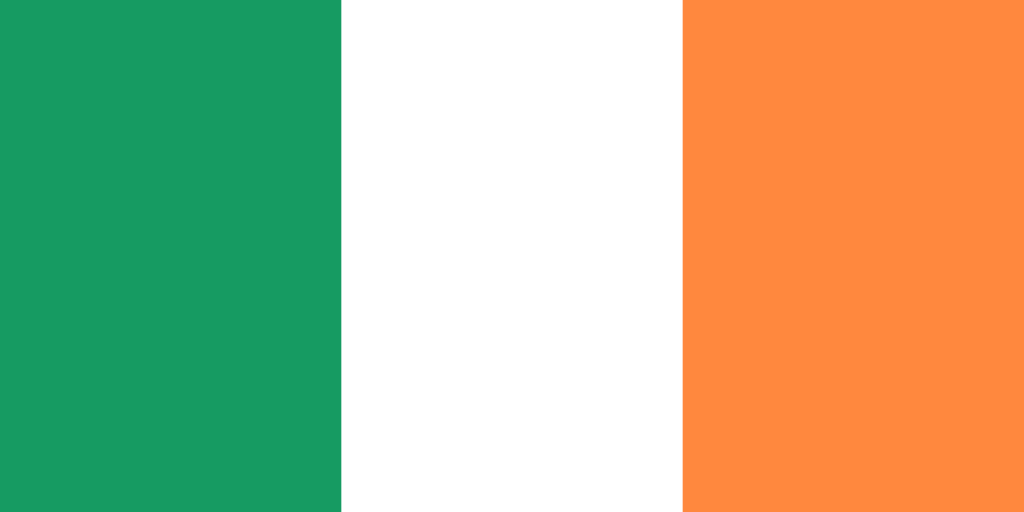
Image source: Wikipedia
The Republic of Ireland follows the republic tradition set out by France of having a tricolor flag. The flag was adopted after the country’s independence from Britain in 1922.
Israel
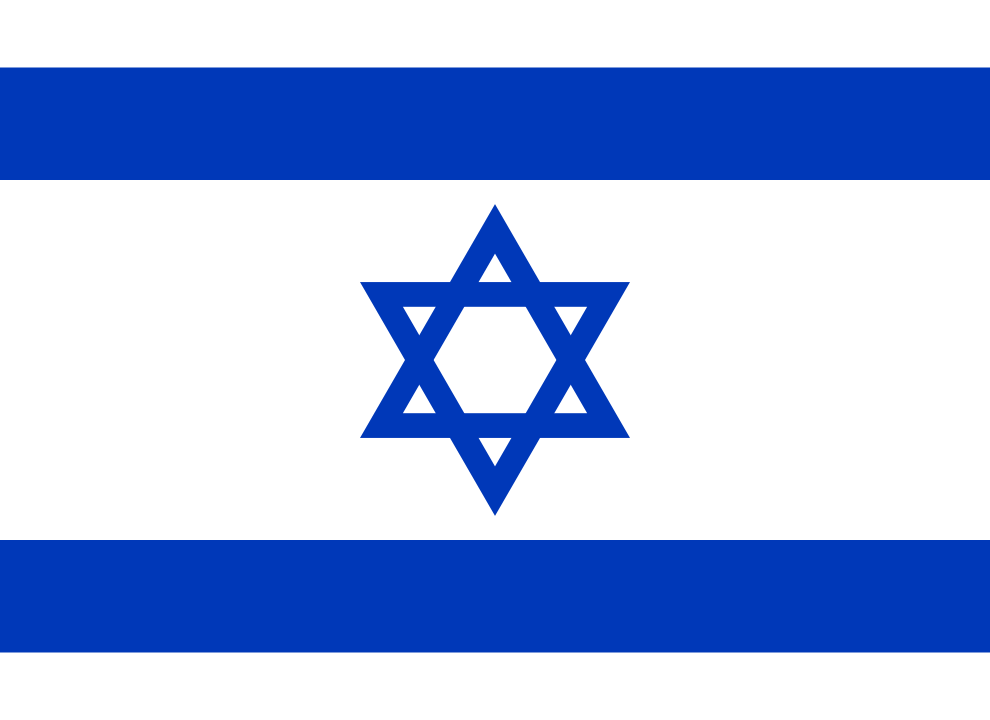
Image source: Wikipedia
Italy
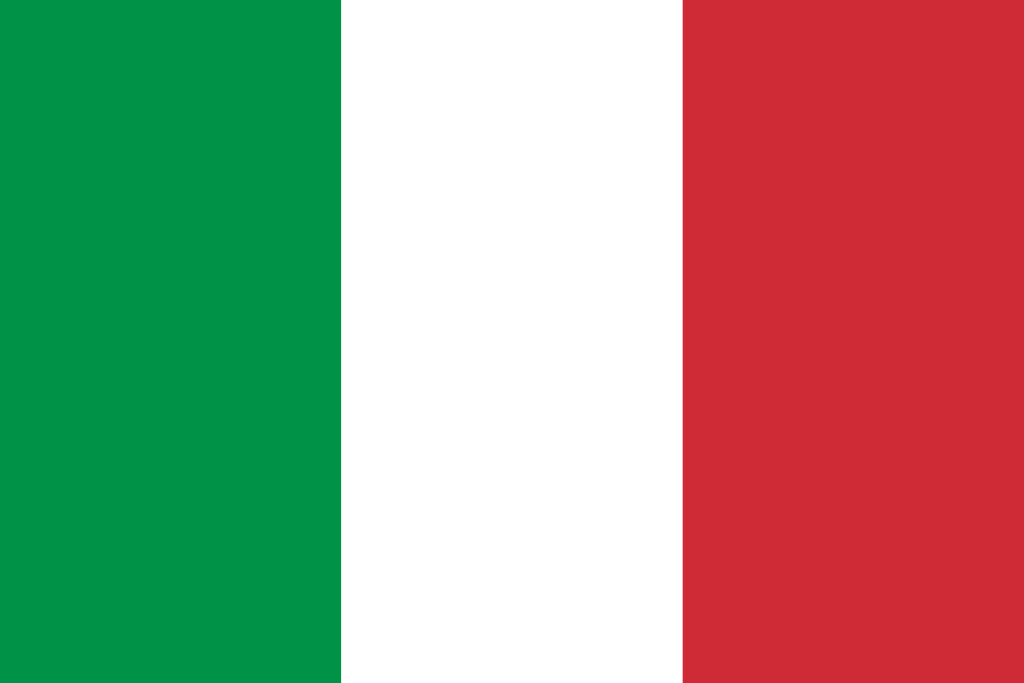
Image source: Wikipedia
J
Jamaica
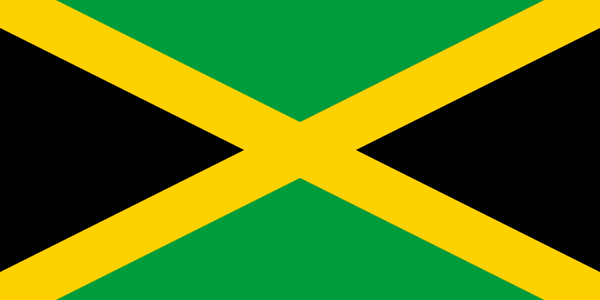
Image source: Wikipedia
Japan
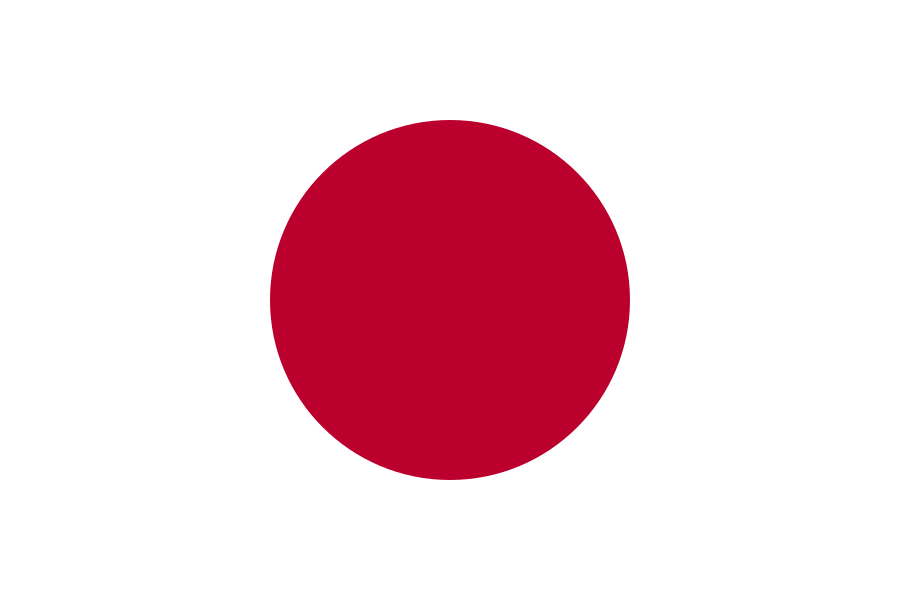
Image source: Wikipedia
The national flag of Japan symbolizes the rising sand, for which the country is famous. It was first adopted in 1870.
Jordan
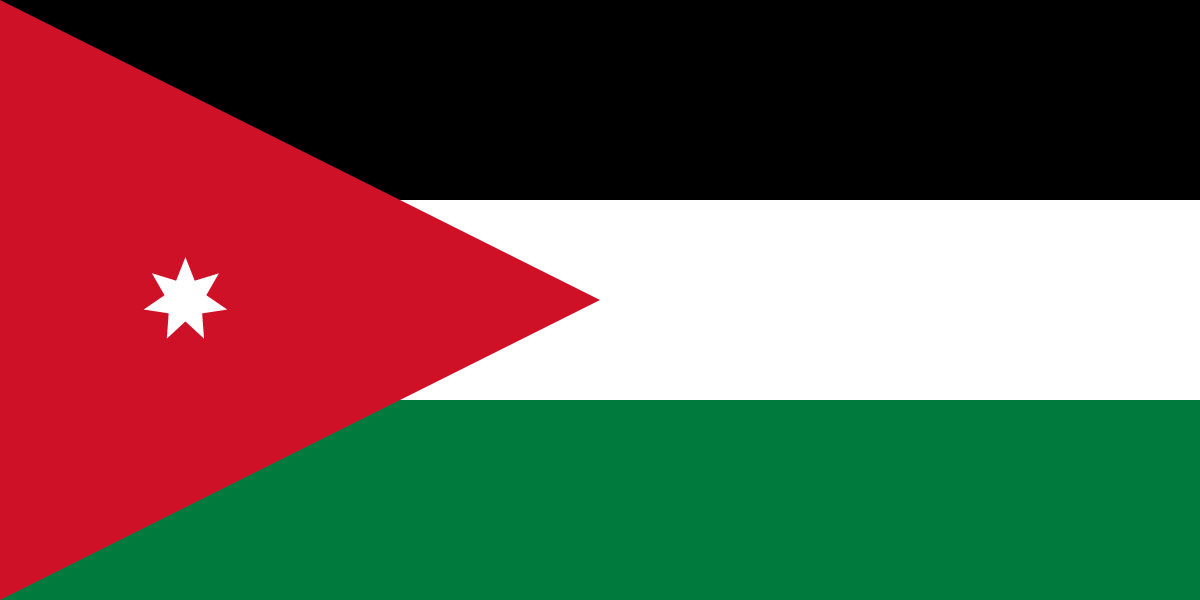
Image source: Wikipedia
K
Kazakhstan
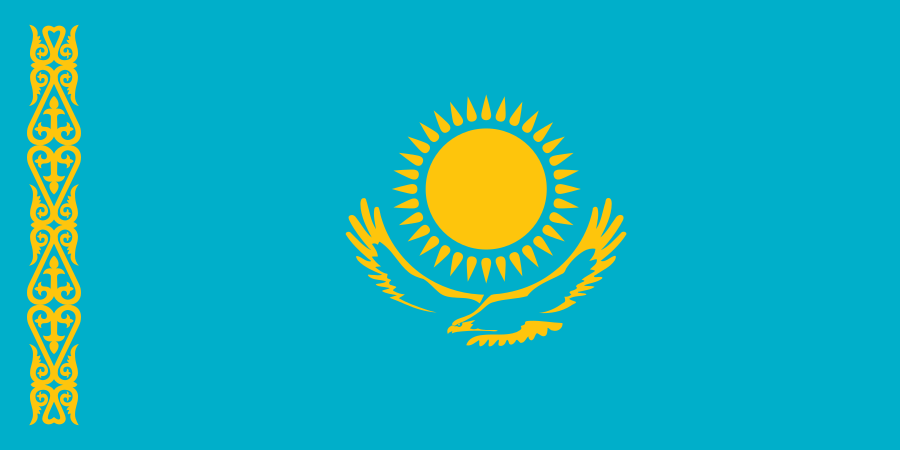
Image source: Wikipedia
Kenya
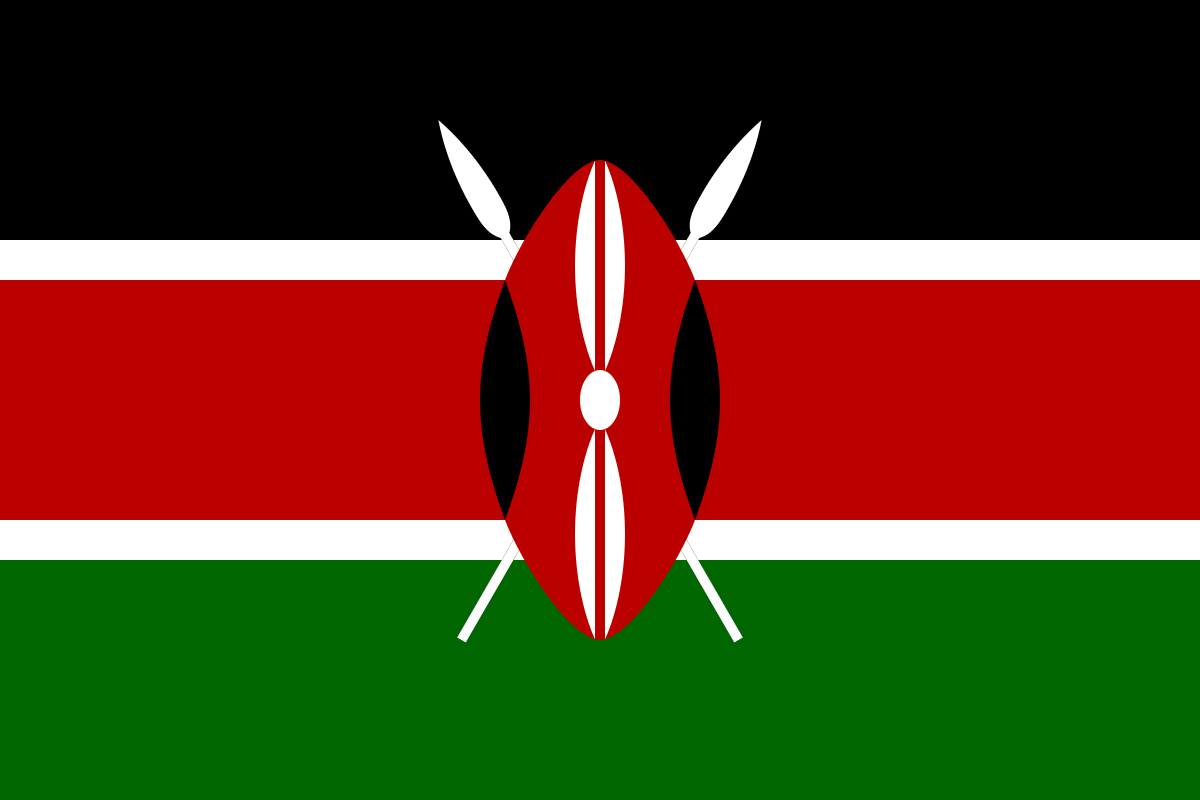
Image source: Wikipedia
Kiribati
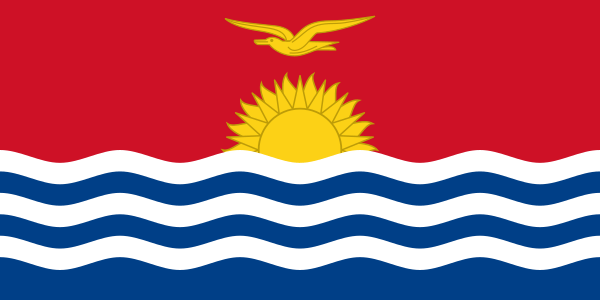
Image source: Wikipedia
Kosovo
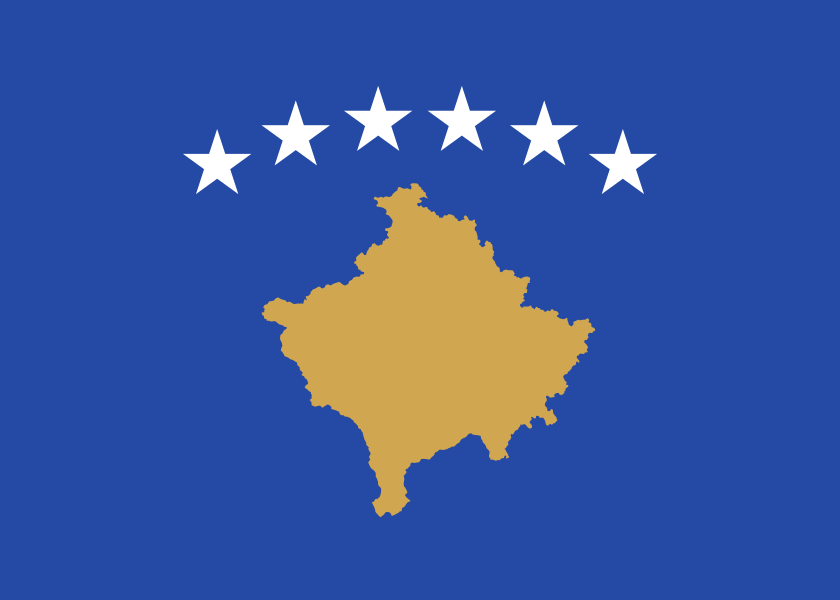
Image source: Wikipedia
The flag of Kosovo was only adopted in 2008 after the nation declared independence from Serbia. It features a map of Kosovo over a blue background.
Kuwait
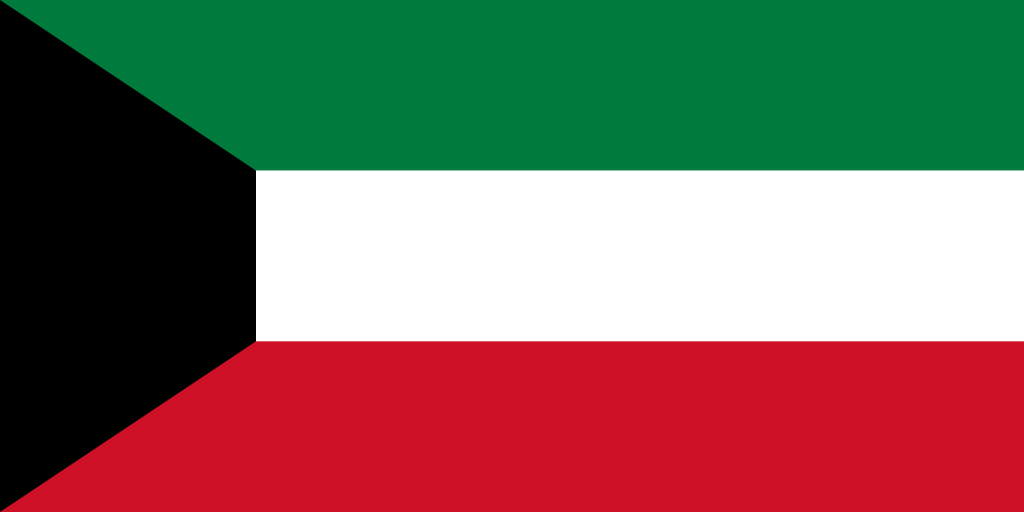
Image source: Wikipedia
Kyrgyzstan
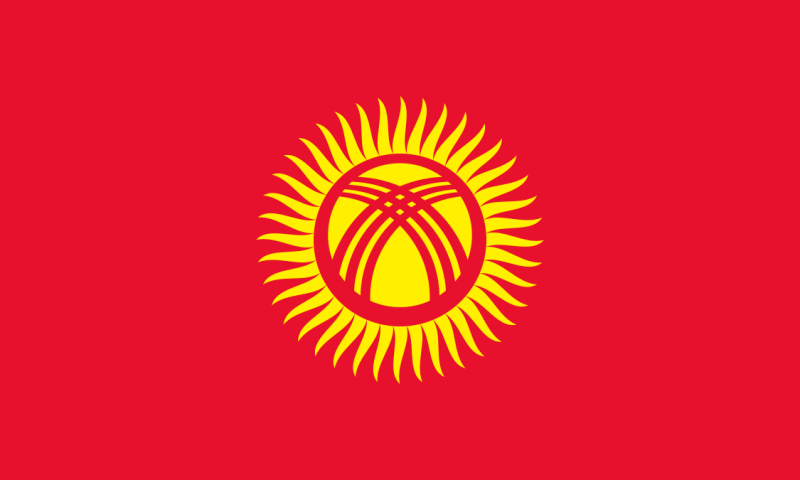
Image source: Wikipedia
L
Laos
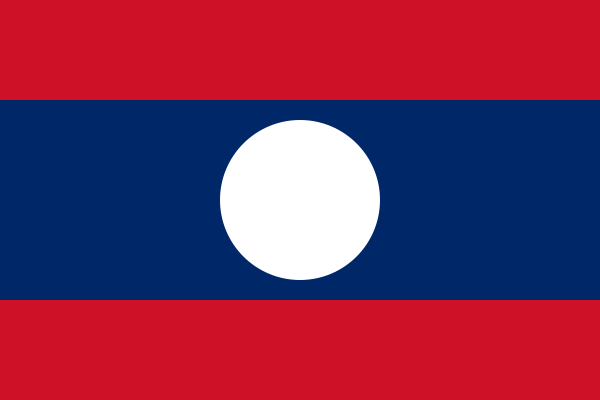
Image source: Wikipedia
Latvia
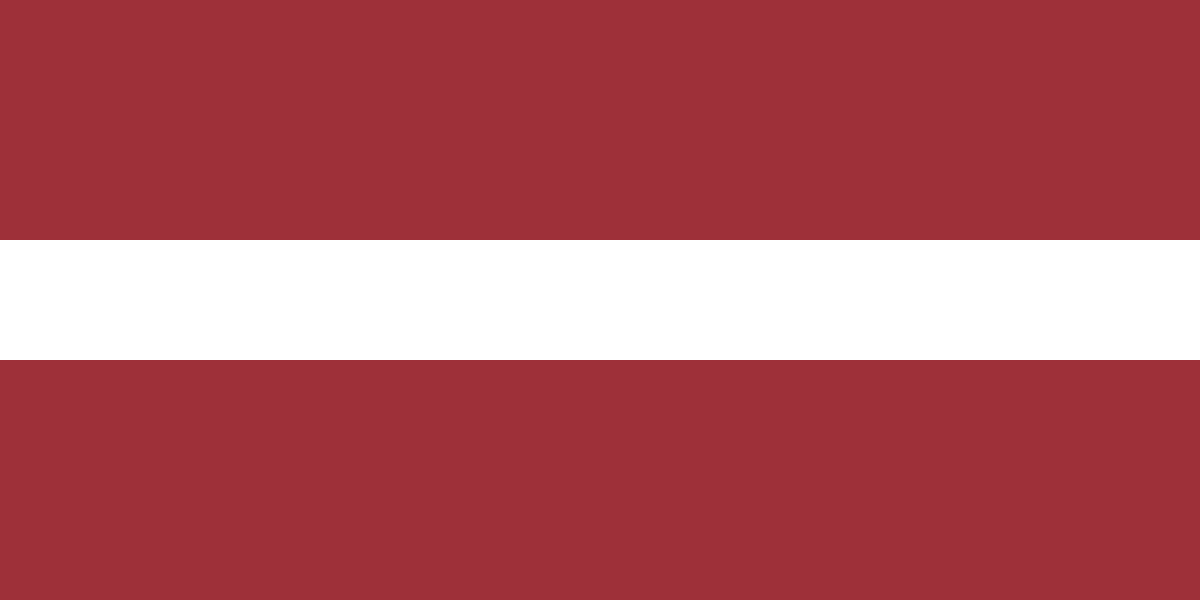
Image source: Wikipedia
Lebanon
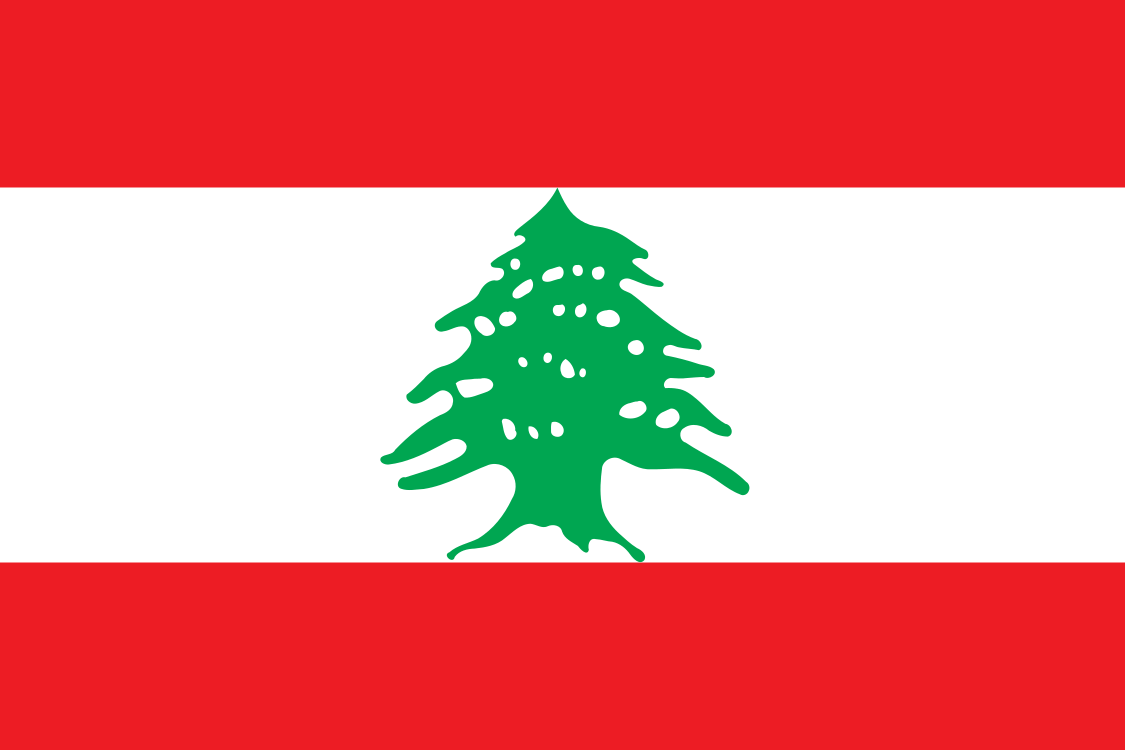
Image source: Wikipedia
Lesotho
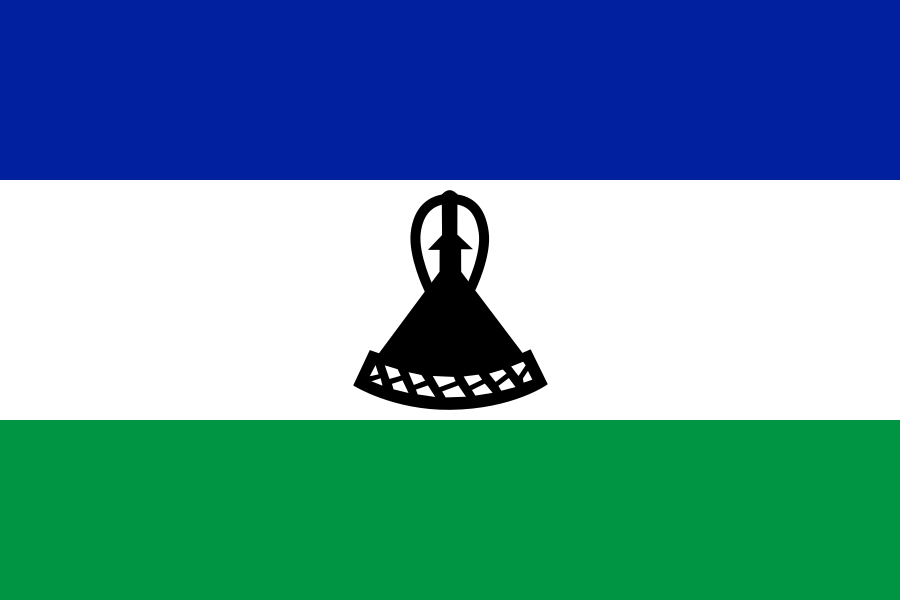
Image source: Wikipedia
Liberia
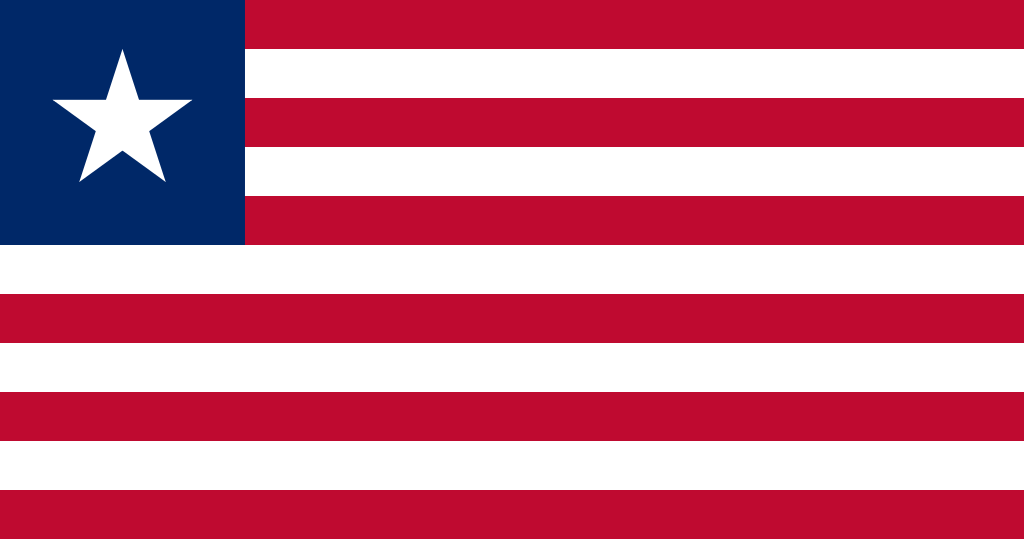
Image source: Wikipedia
The flag of Liberia resembles that of the United States because the African nation was founded by freed slaves from America and the Caribbean.
Libya
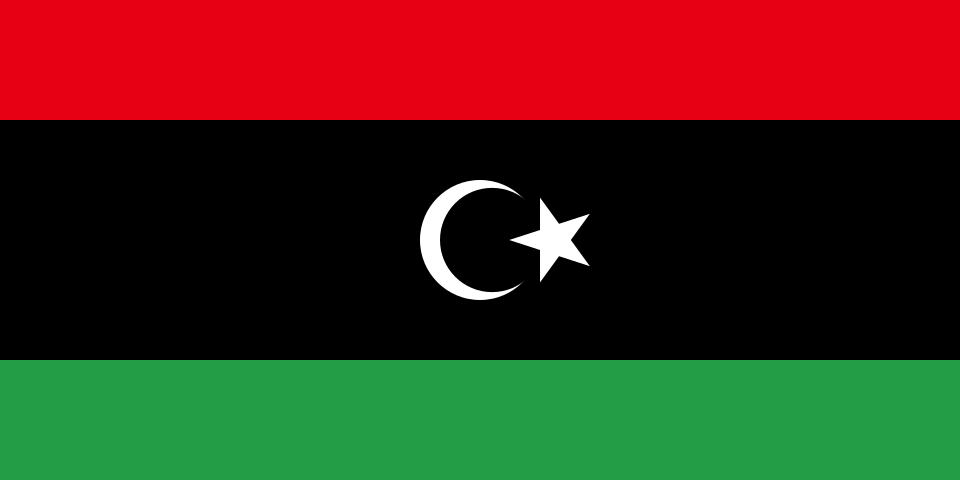
Image source: Wikipedia
Liechtenstein
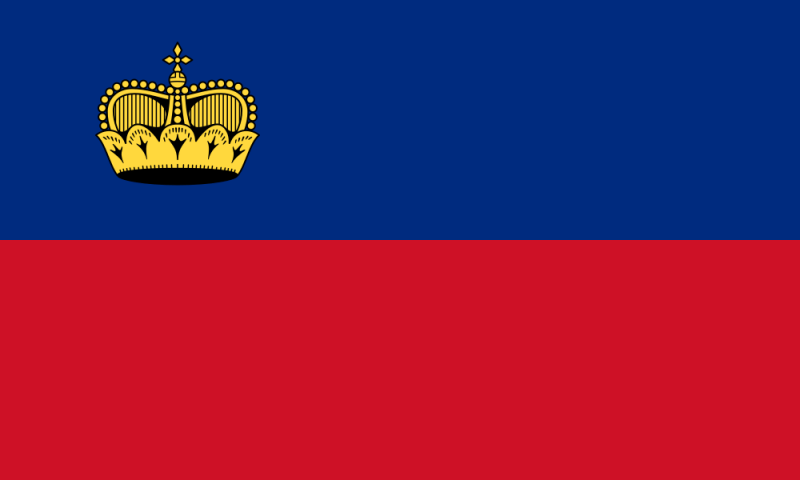
Image source: Wikipedia
Lithuania
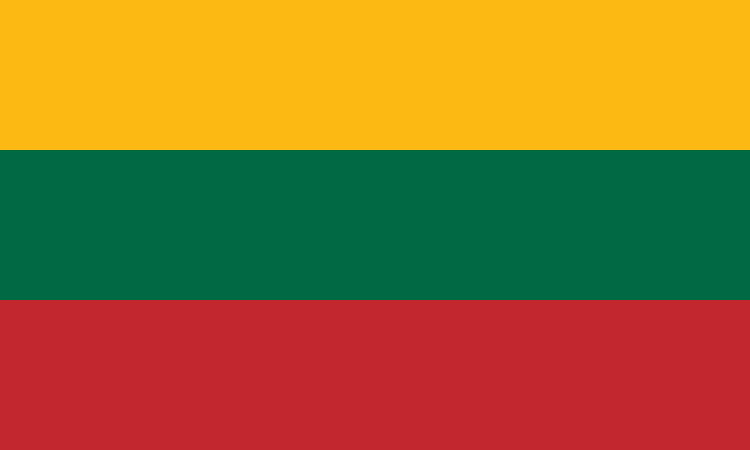
Image source: Wikipedia
Luxembourg
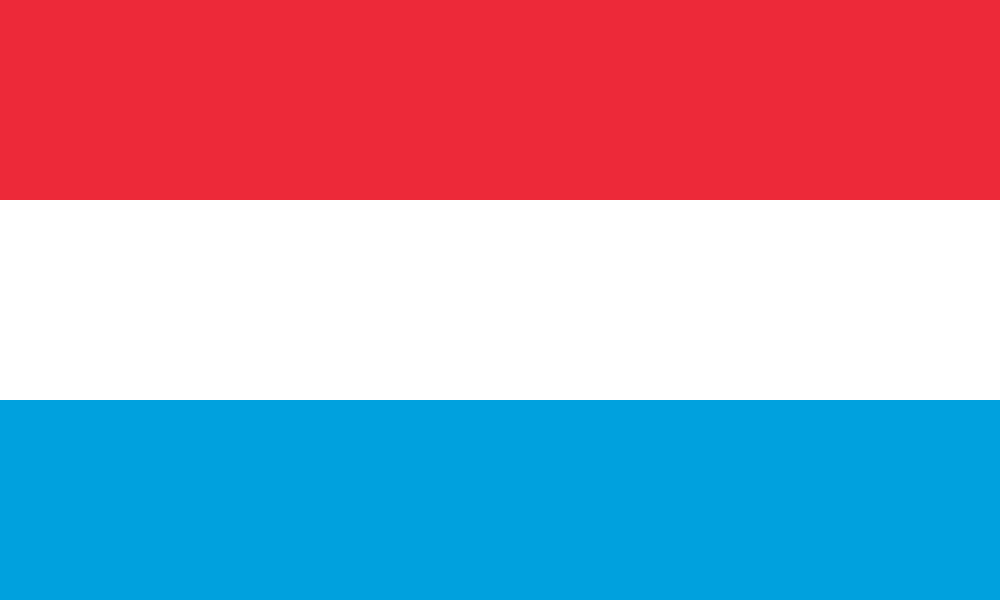
Image source: Wikipedia
With a very similar design to the one used for the flag of the Netherlands, Luxembourg adopted it in 1830. The small country had no national flag at that point.
M
Macau
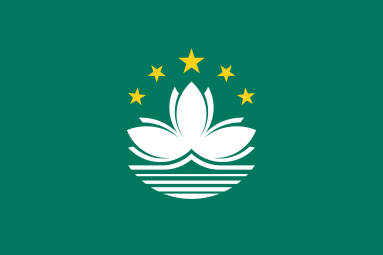
Image source: Wikipedia
This former Portuguese colony is now a special administrative region of the People’s Republic of China. It features a lotus flower, which is the floral emblem of the country.
Macedonia
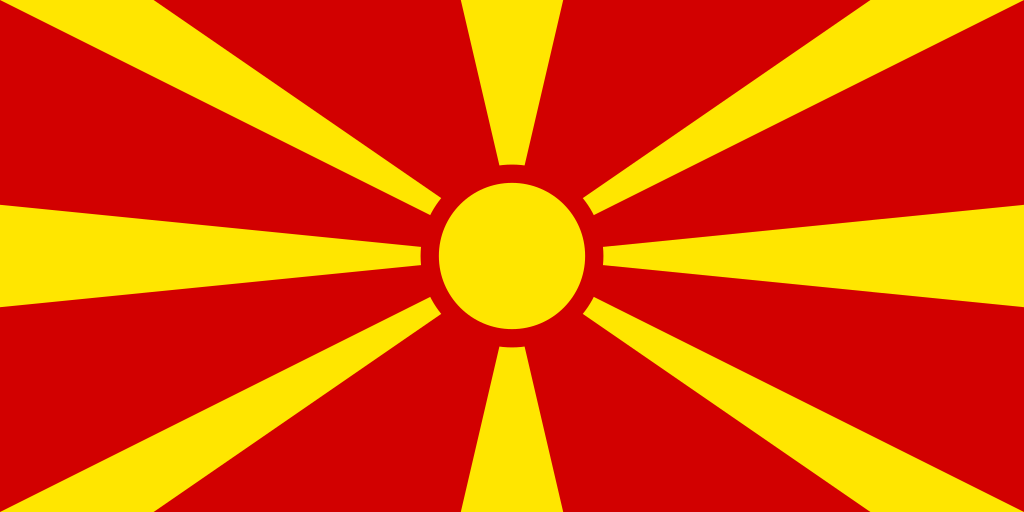
Image source: Wikipedia
Madagascar
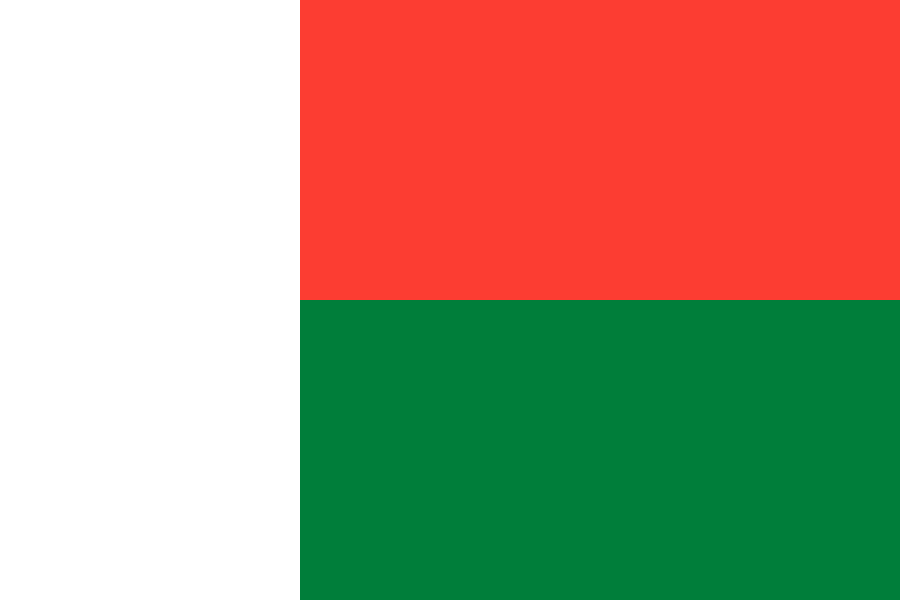
Image source: Wikipedia
Malawi
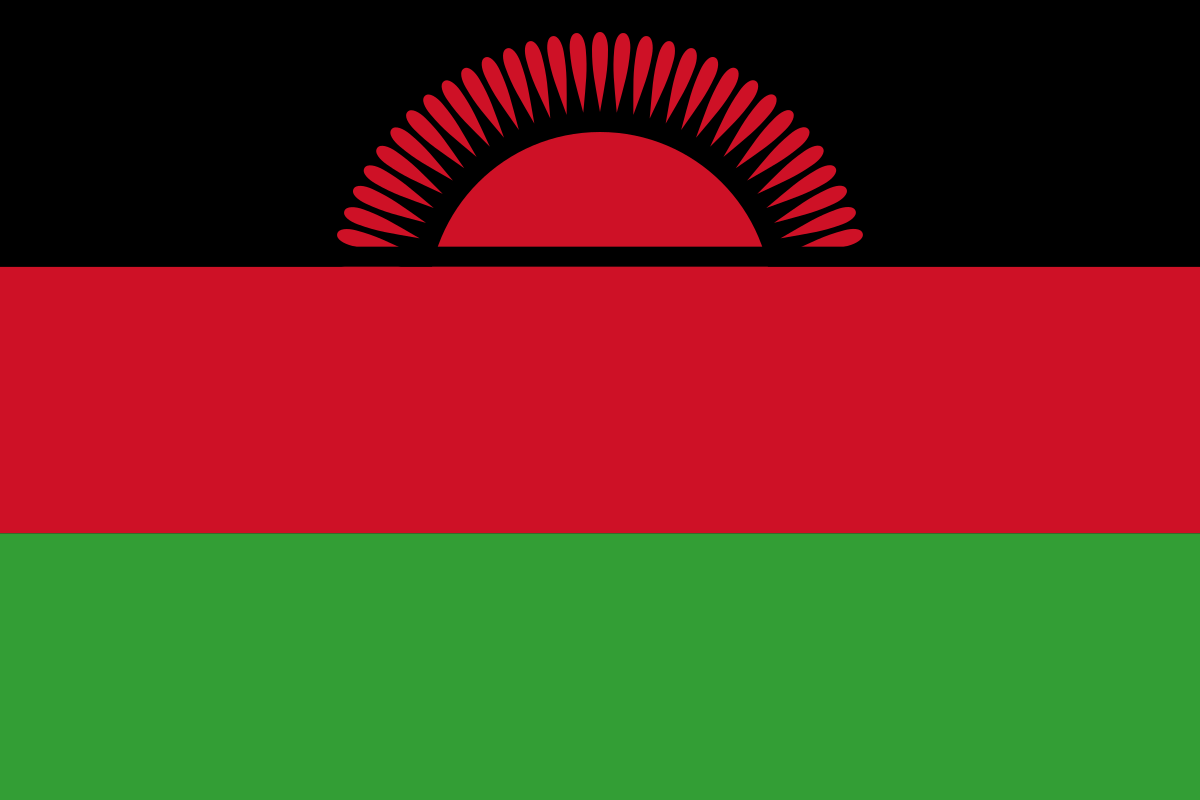
Image source: Wikipedia
Malaysia
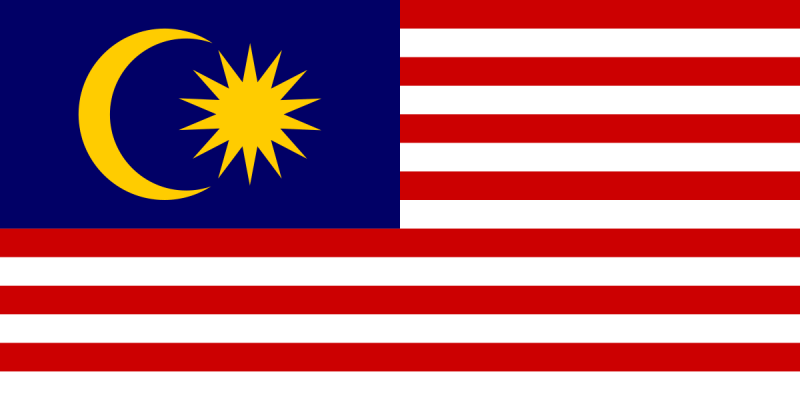
Image source: Wikipedia
Maldives
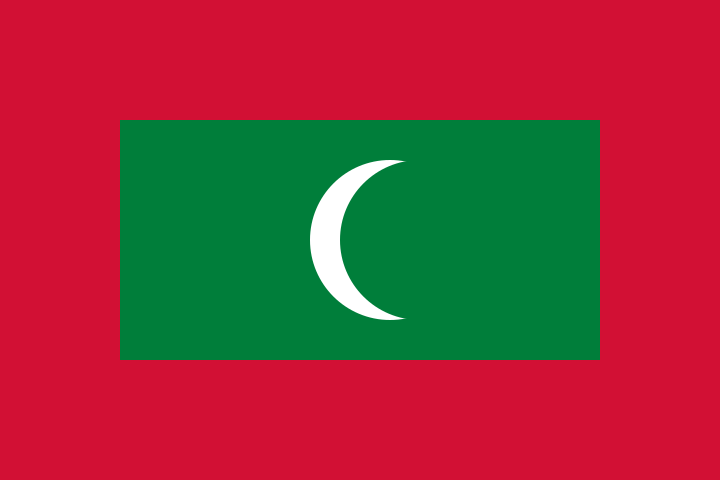
Image source: Wikipedia
Mali
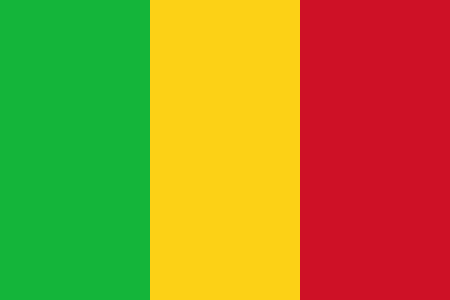
Image source: Wikipedia
Malta
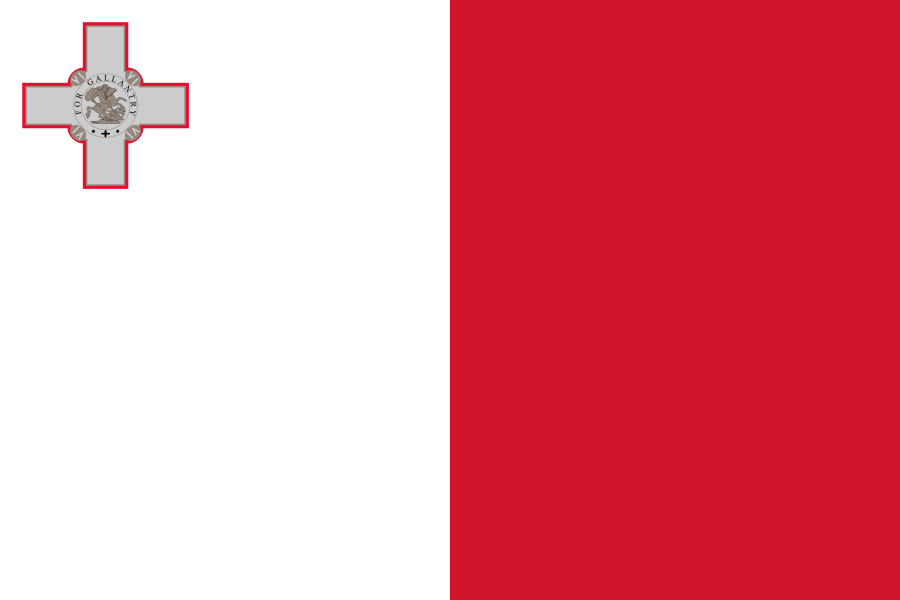
Image source: Wikipedia
The most salient element of the Maltese flag is the George Cross, King George VI awarded this Mediterranean island nation back when it was a British colony.
Marshall Islands
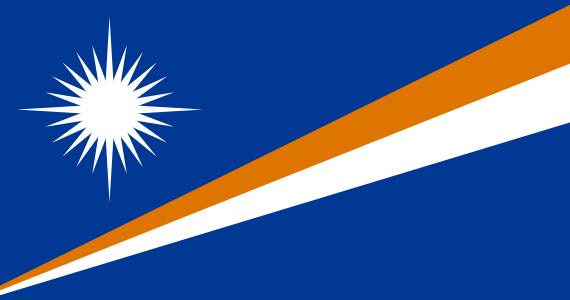
Image source: Wikipedia
Mauritania
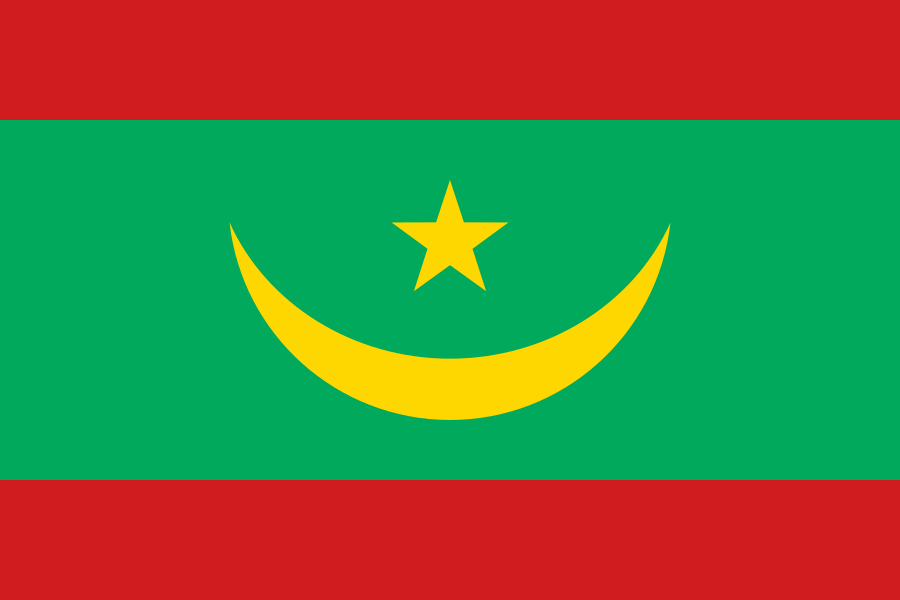
Image source: Wikipedia
Mauritius
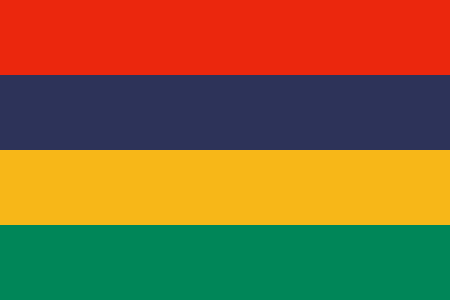
Image source: Wikipedia
Mexico
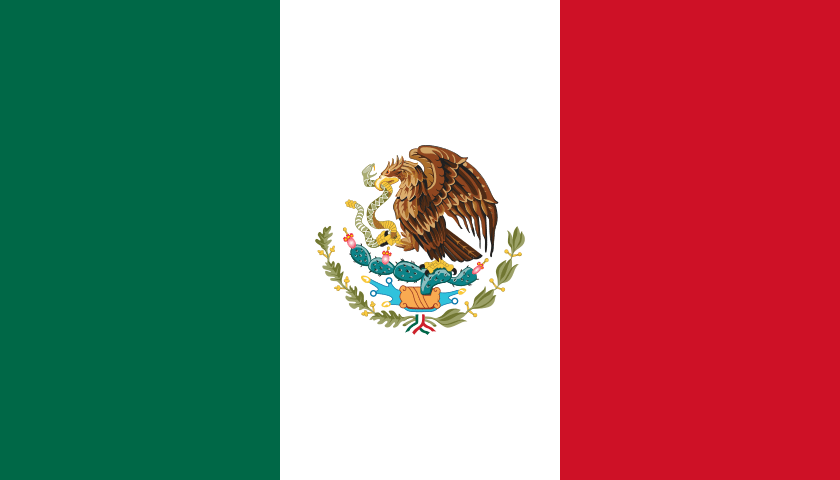
Image source: Wikipedia
Micronesia
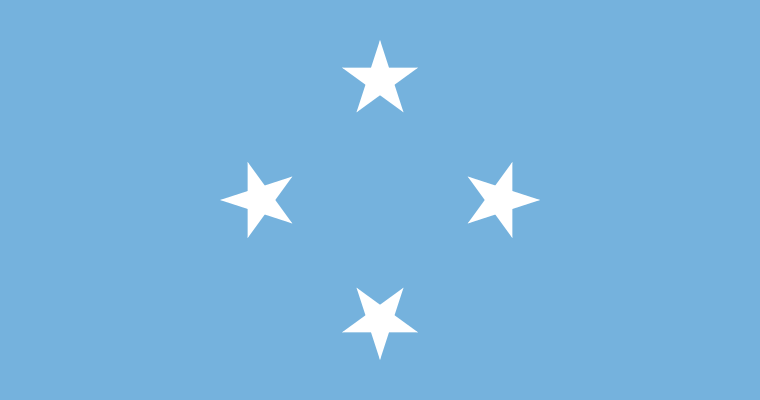
Image source: Wikipedia
Moldova
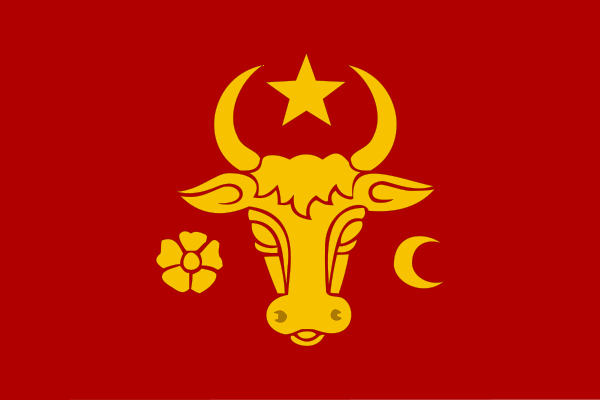
Image source: Wikipedia
Monaco
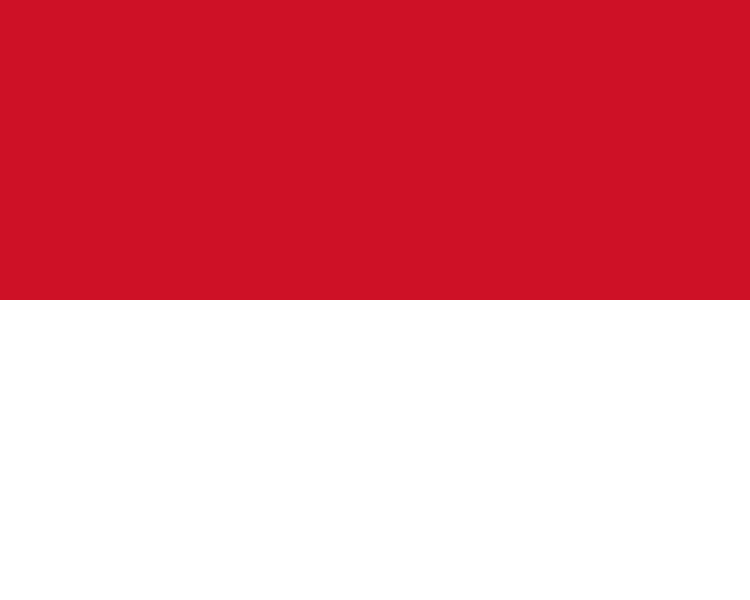
Image source: Wikipedia
Mongolia
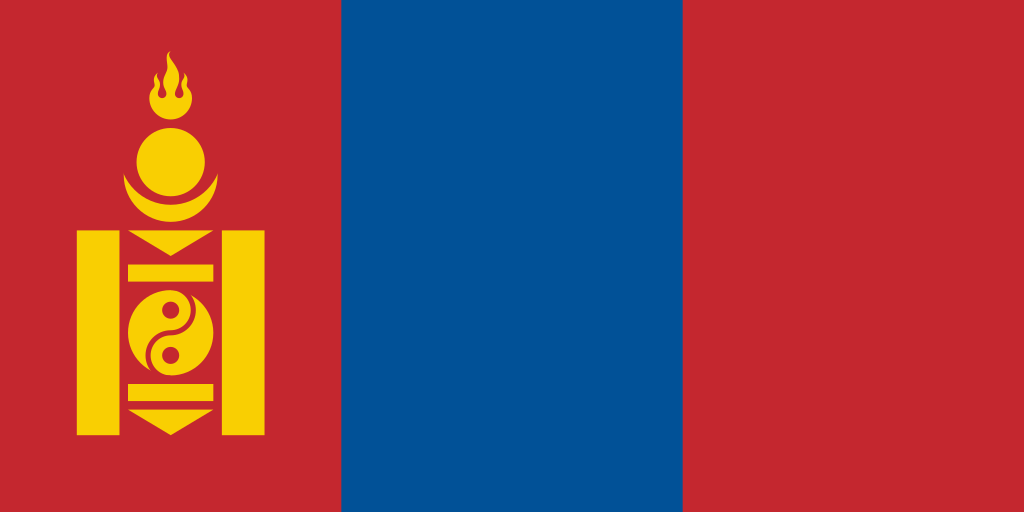
Image source: Wikipedia
Montenegro
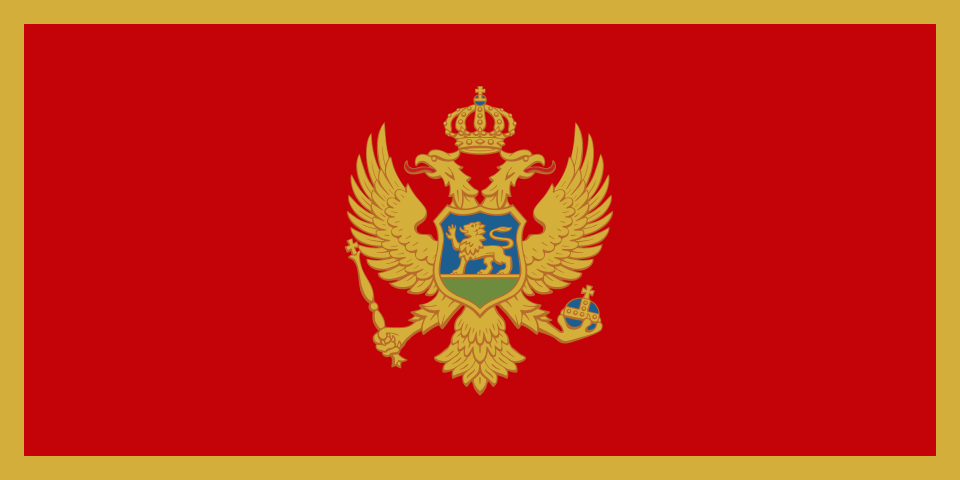
Image source: Wikipedia
Morocco
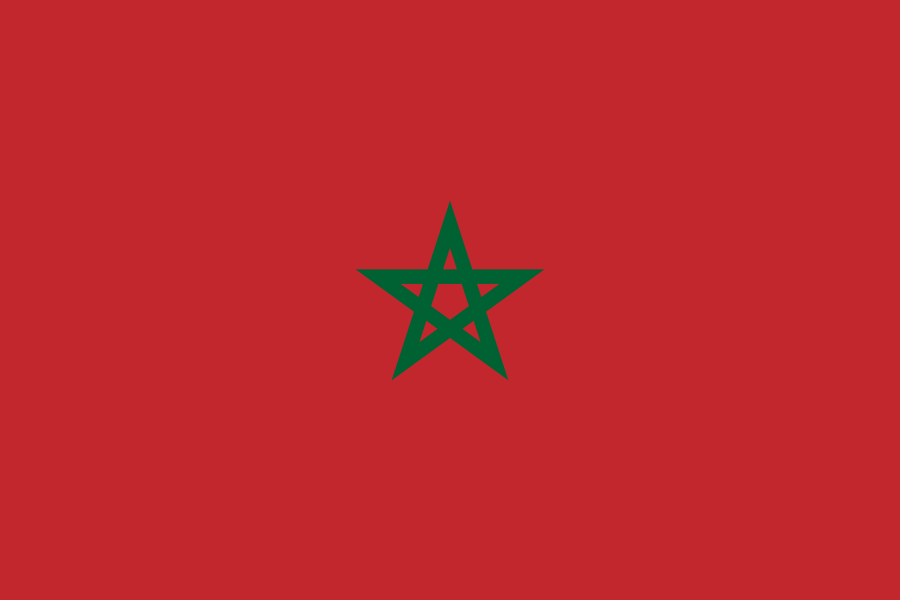
Image source: Wikipedia
Mozambique
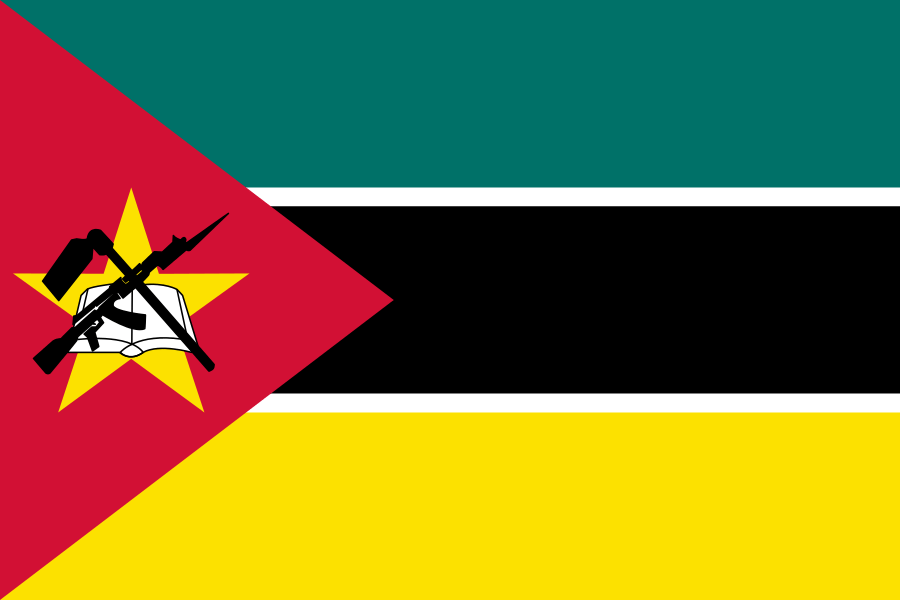
Image source: Wikipedia
N
Namibia
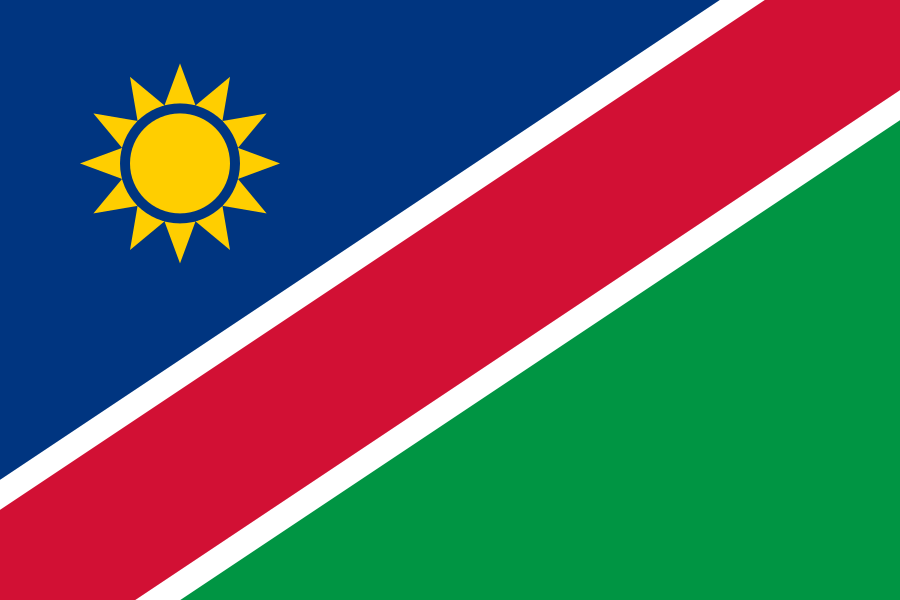
Image source: Wikipedia
Nauru
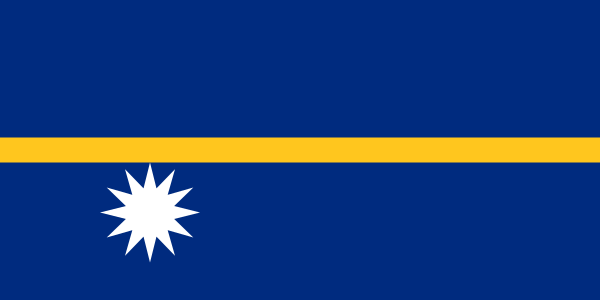
Image source: Wikipedia
Nepal
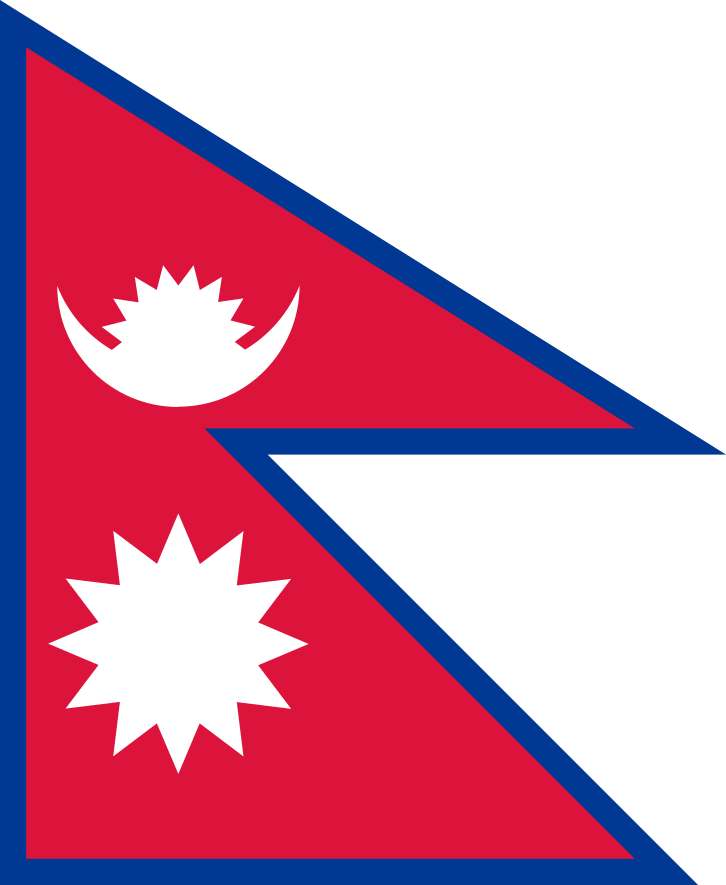
Image source: Wikipedia
The flag of Nepal is unique because it is the only flag in the world that does not have a quadrilateral design.
Netherlands
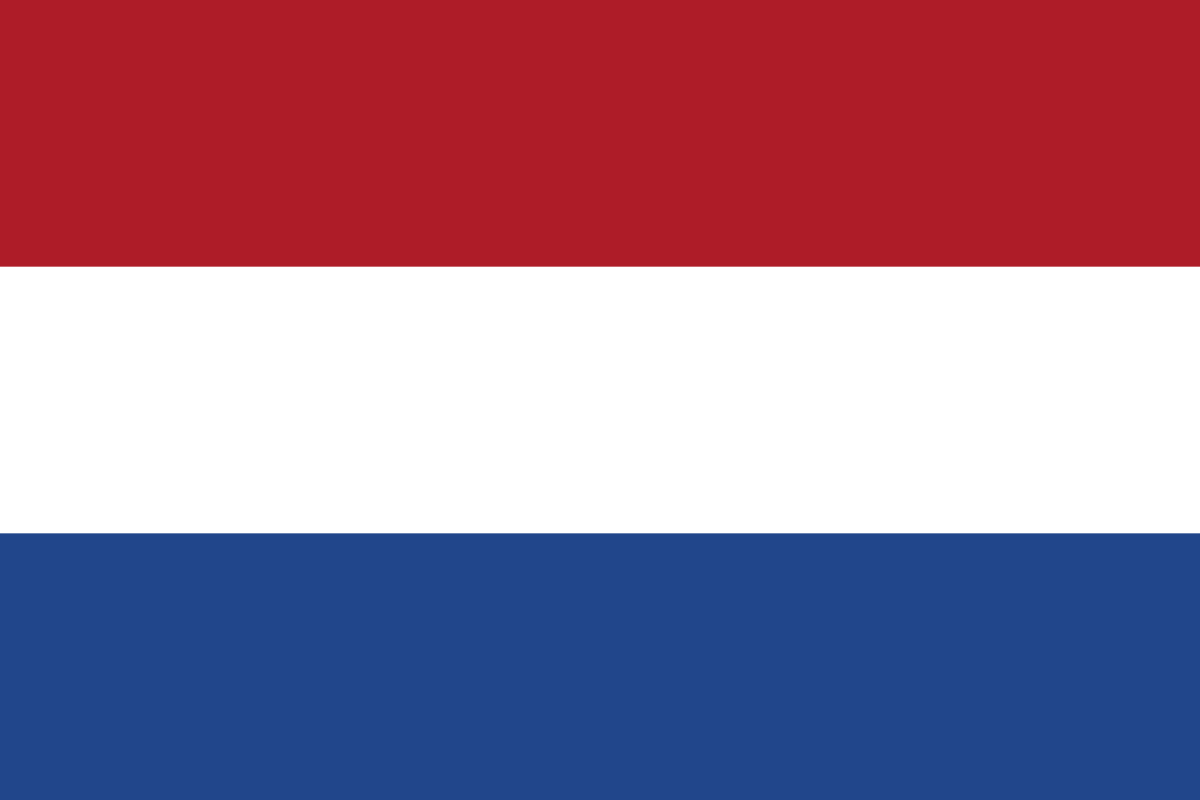
Image source: Wikipedia
New Zealand
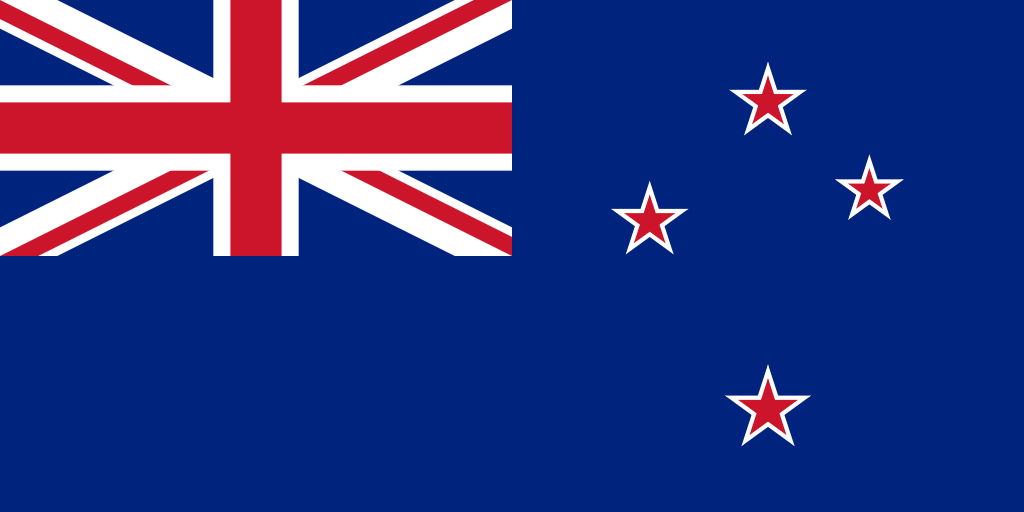
Image source: Wikipedia
Nicaragua
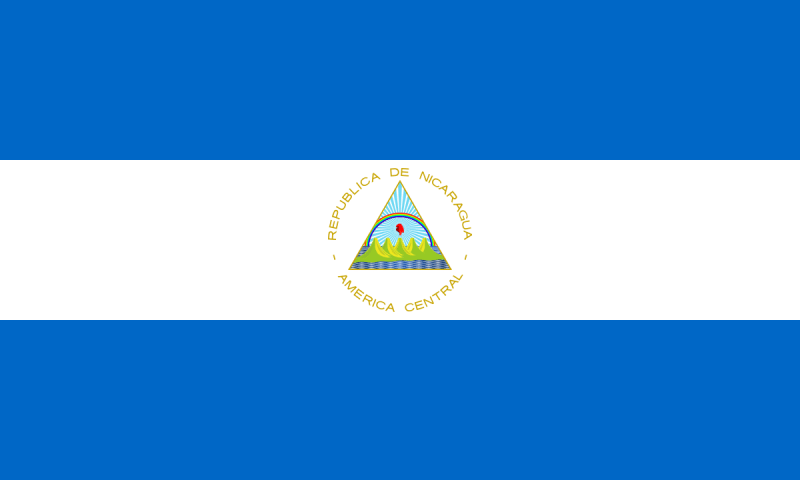
Image source: Wikipedia
Niger
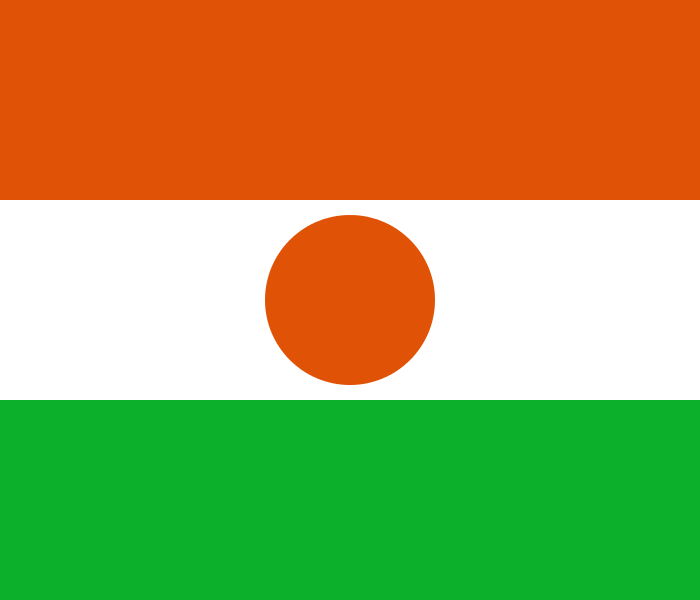
Image source: Wikipedia
Nigeria
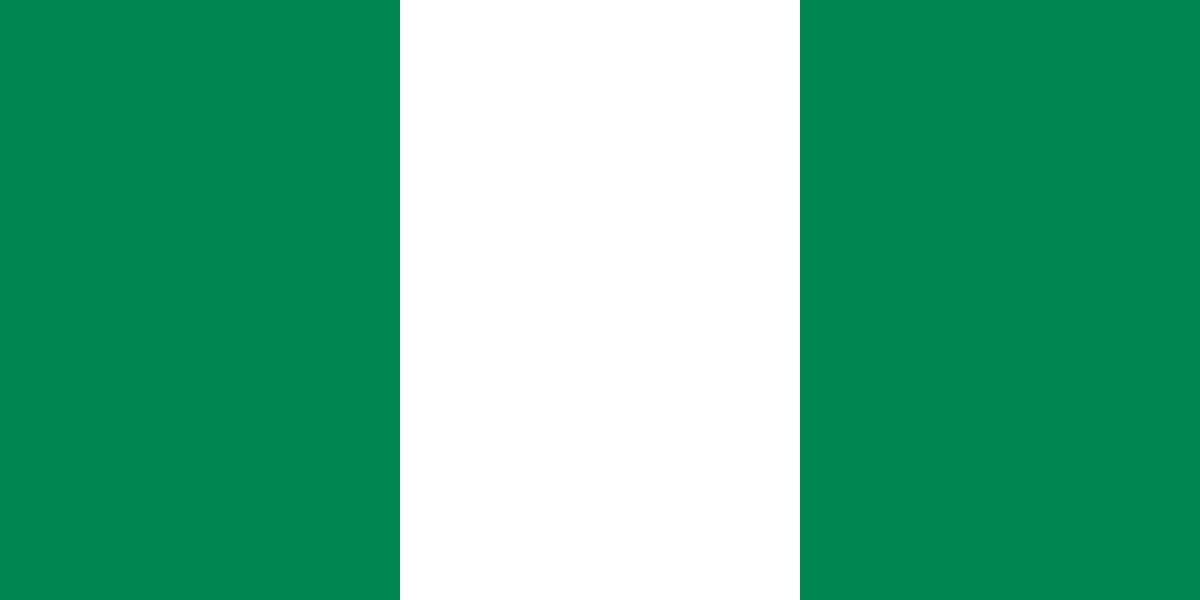
Image source: Wikipedia
North Korea
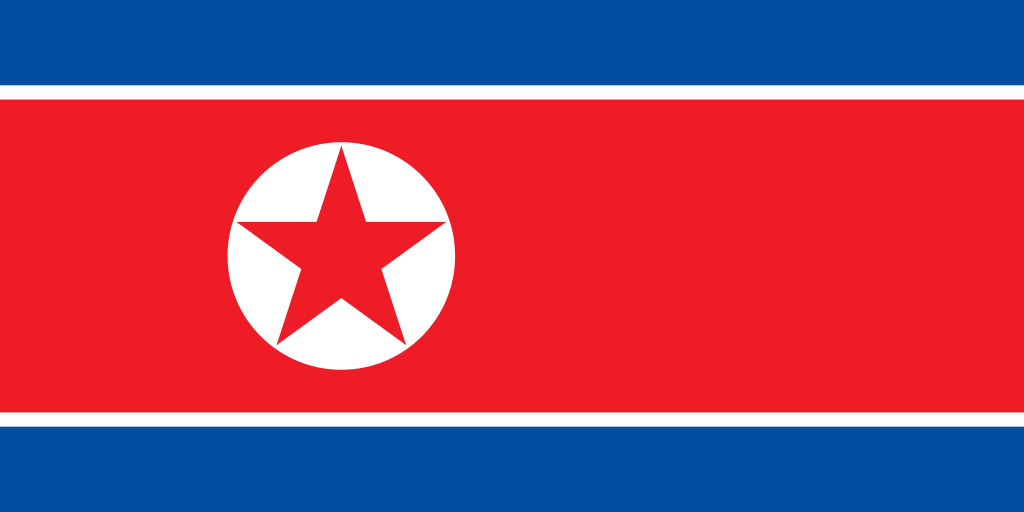
Image source: Wikipedia
Norway
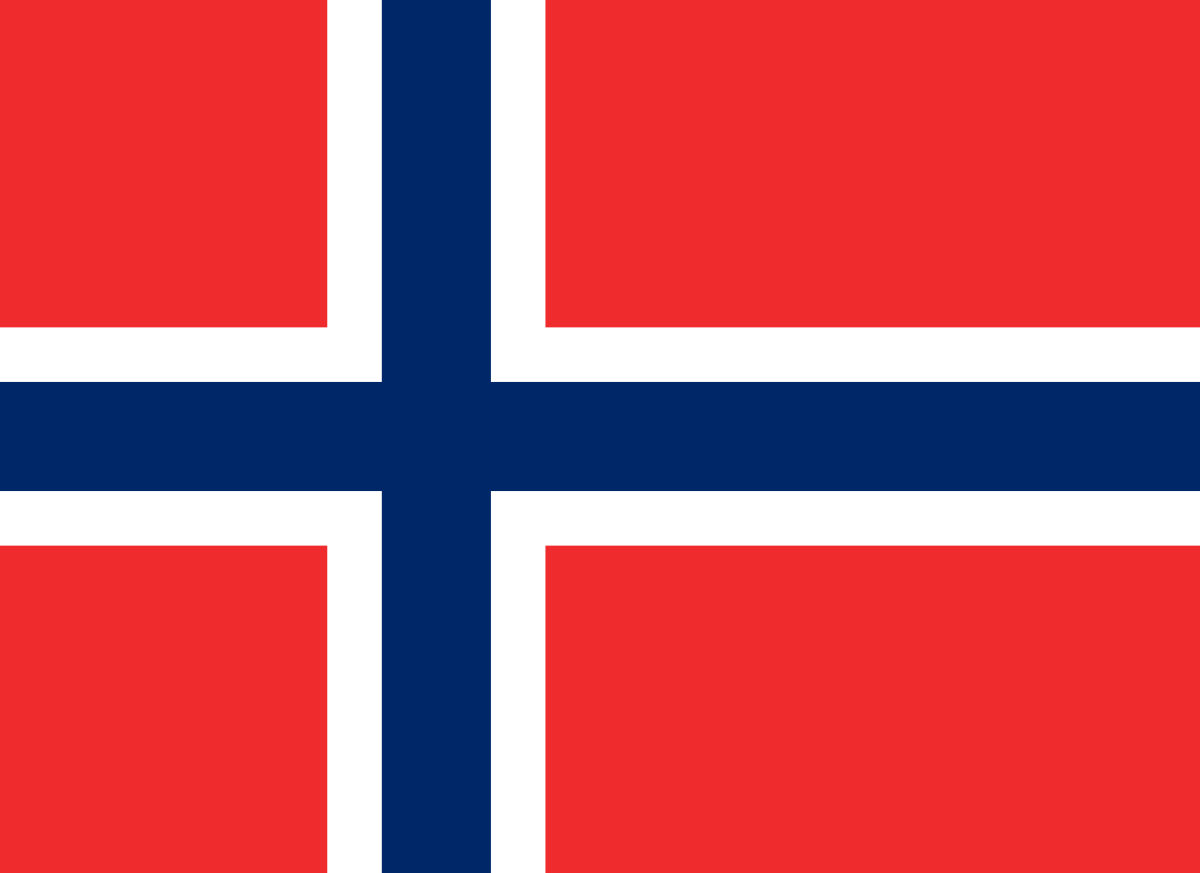
Image source: Wikipedia
O
Oman
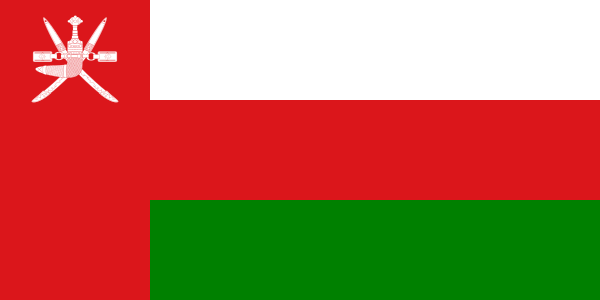
Image source: Wikipedia
P
Pakistan
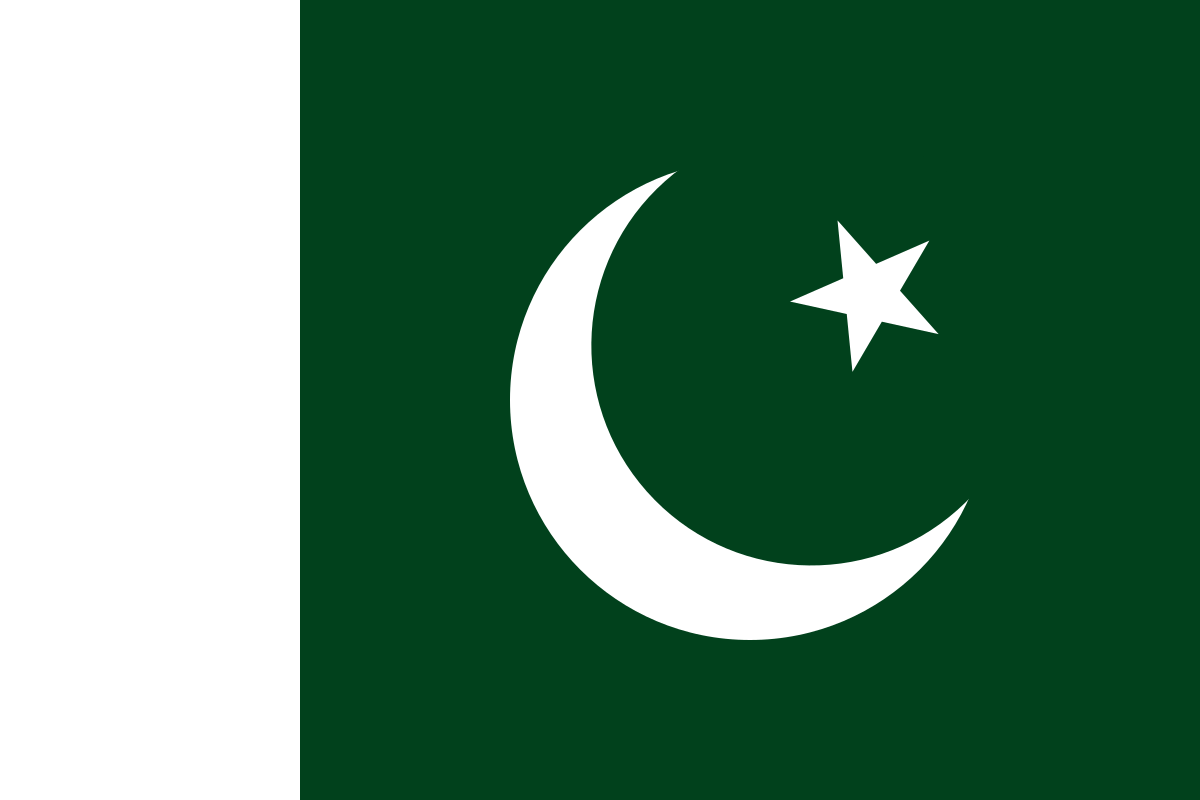
Image source: Wikipedia
Palau
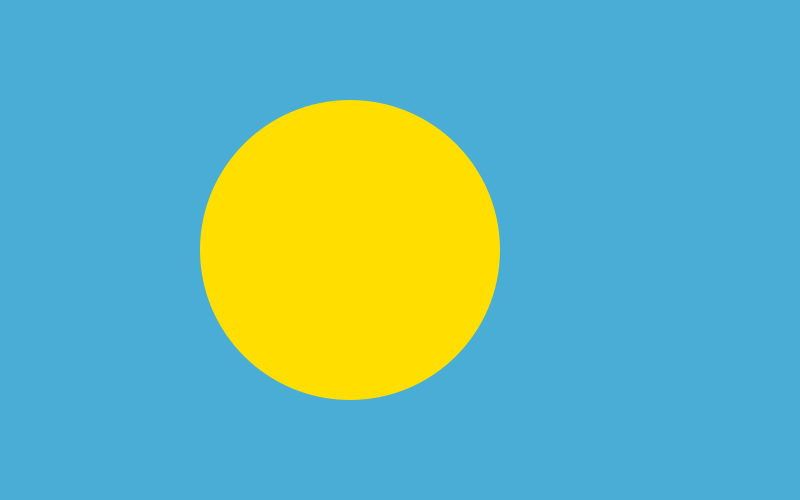
Image source: Wikipedia
Palestinian Territories
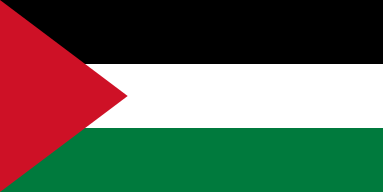
Image source: Wikipedia
Panama
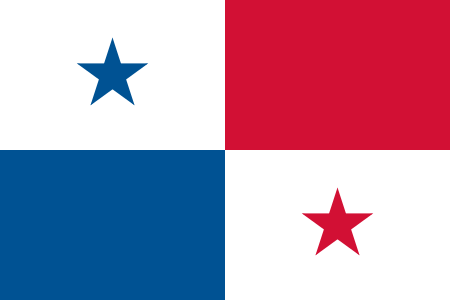
Image source: Wikipedia
The national flag of Panama was adopted in 1925.
Papua New Guinea
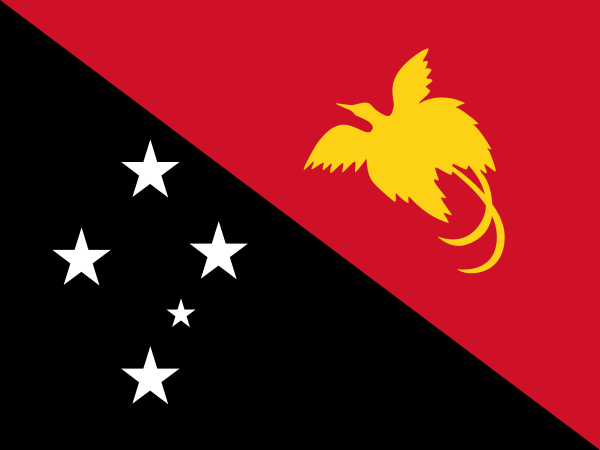
Image source: Wikipedia
Paraguay
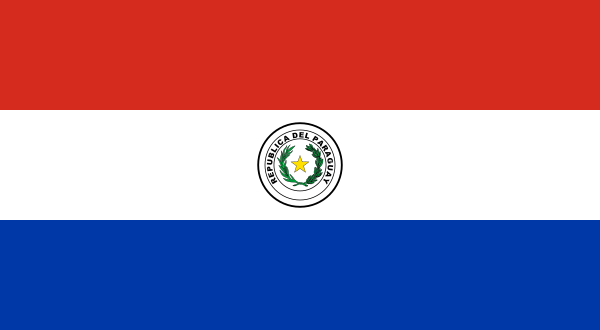
Image source: Wikipedia
Peru
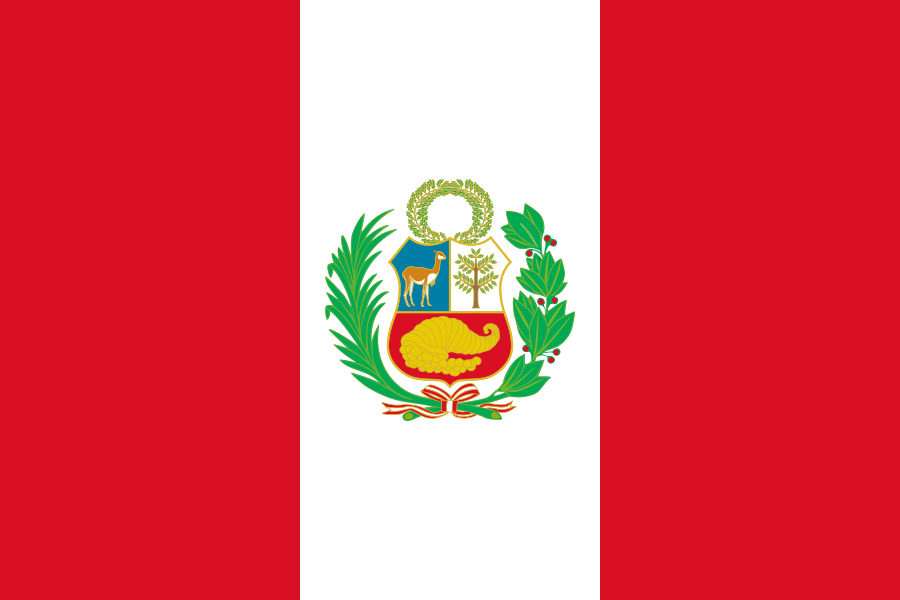
Image source: Wikipedia
Philippines
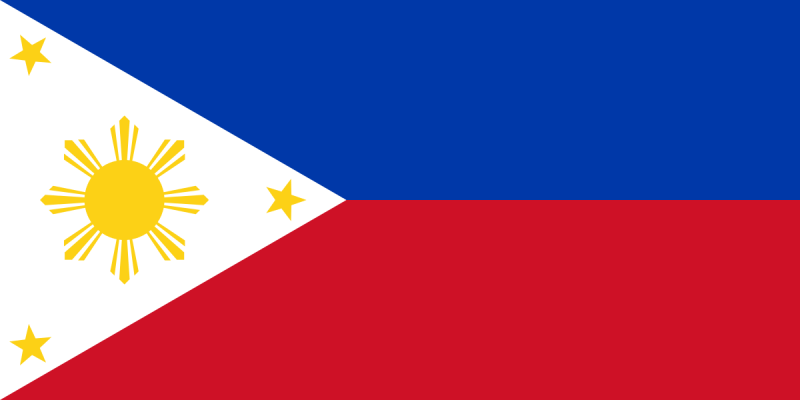
Image source: Wikipedia
Poland
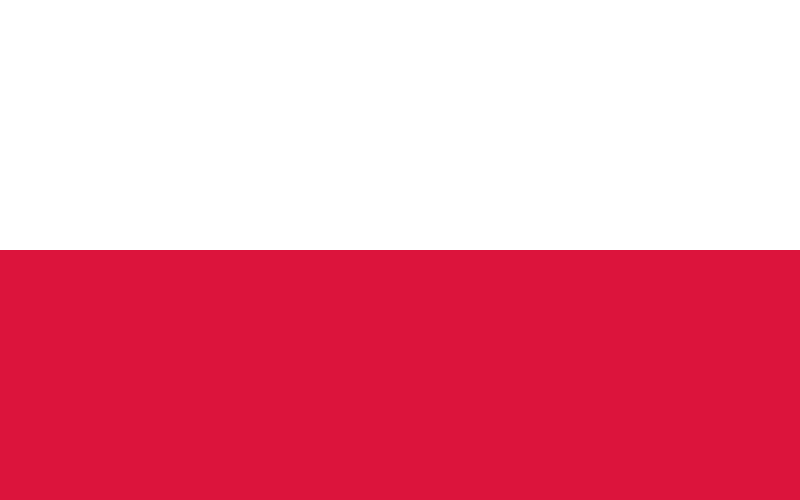
Image source: Wikipedia
Portugal
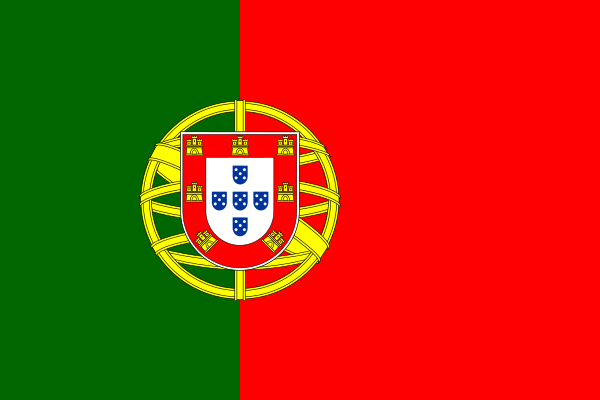
Image source: Wikipedia
The national flag of the Portuguese Republic features a representation of an armillary sphere that symbolizes the role Portugal played in the so-called Age of Discoveries, and the Portuguese shield that in different forms has been used since Portugal was born in 1139.
Q
Qatar
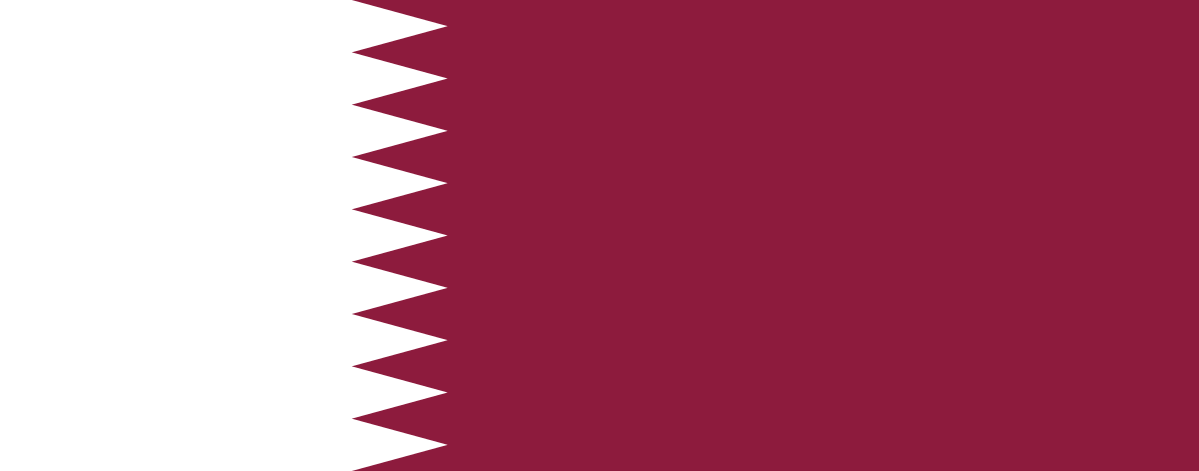
Image source: Wikipedia
R
Romania
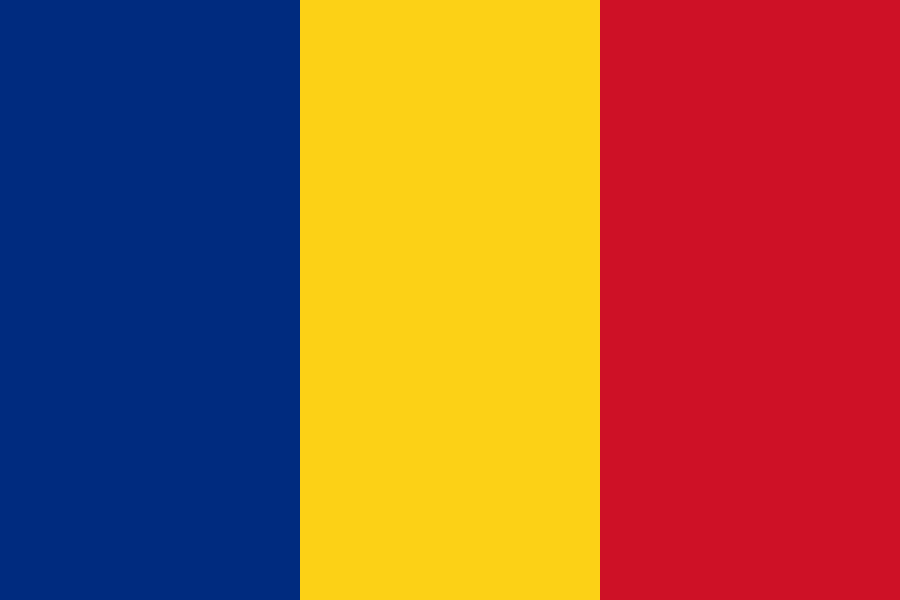
Image source: Wikipedia
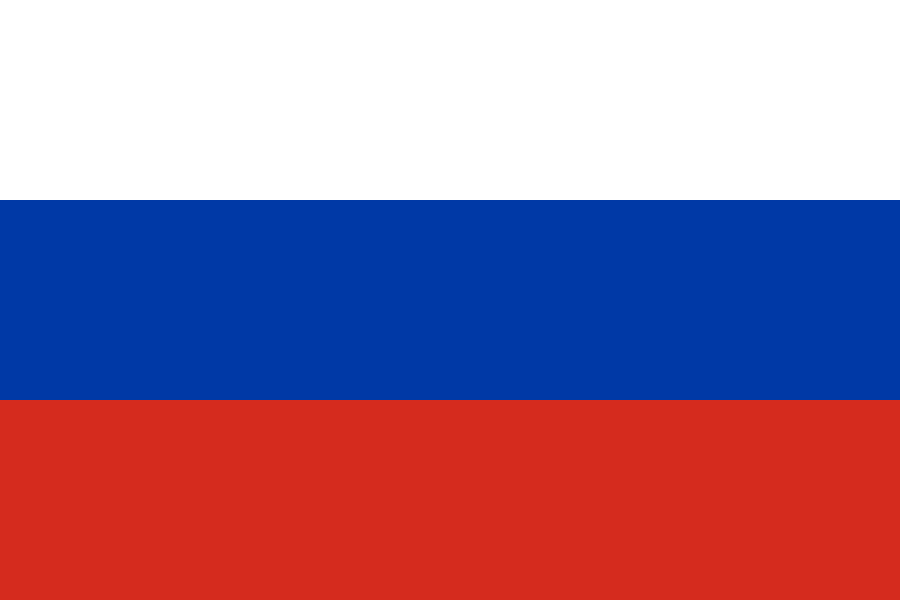
Image source: Wikipedia
The Russian tricolor flag was first adopted in 1696 but it was replaced by different flags until it was restored in the early 1990s after the dissolution of the Soviet Union.
Rwanda
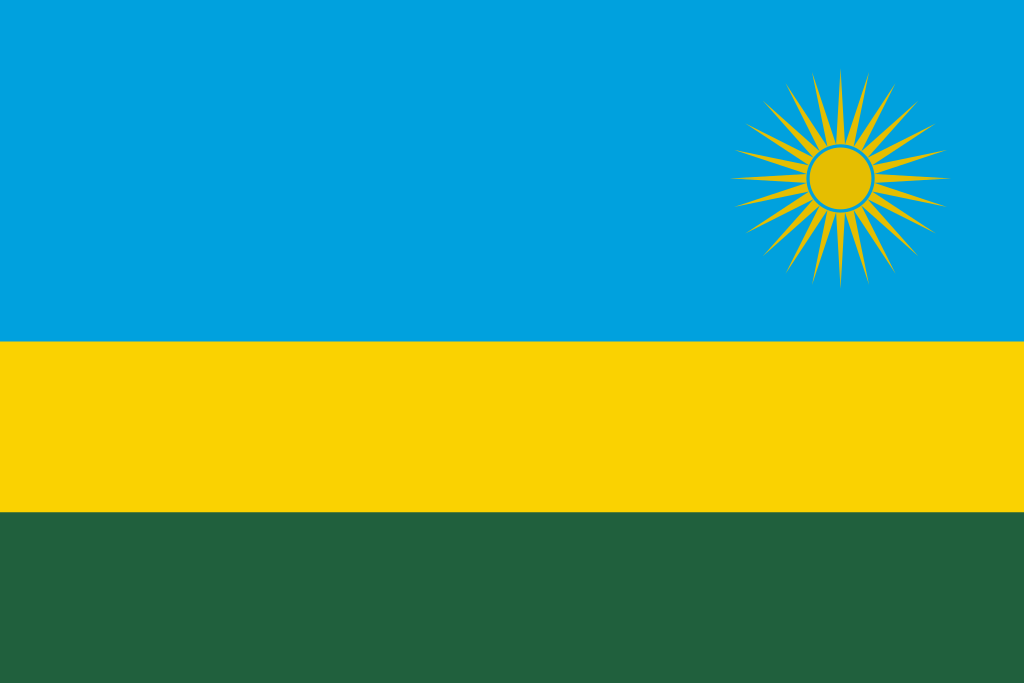
Image source: Wikipedia
S
Saint Kitts and Nevis
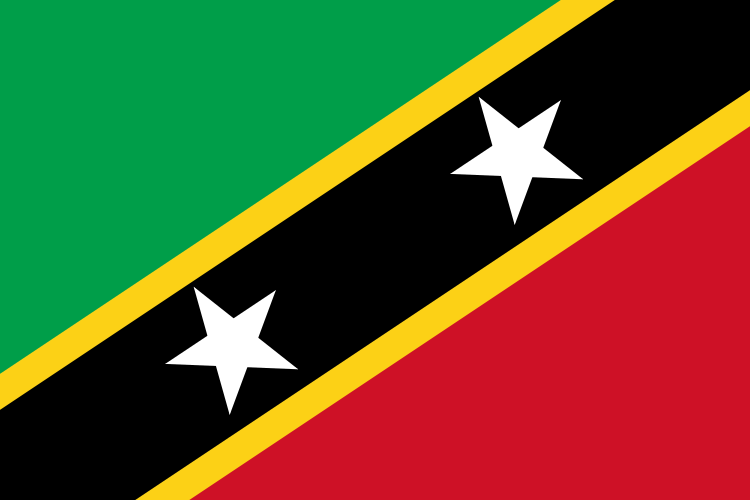
Image source: Wikipedia
Saint Lucia
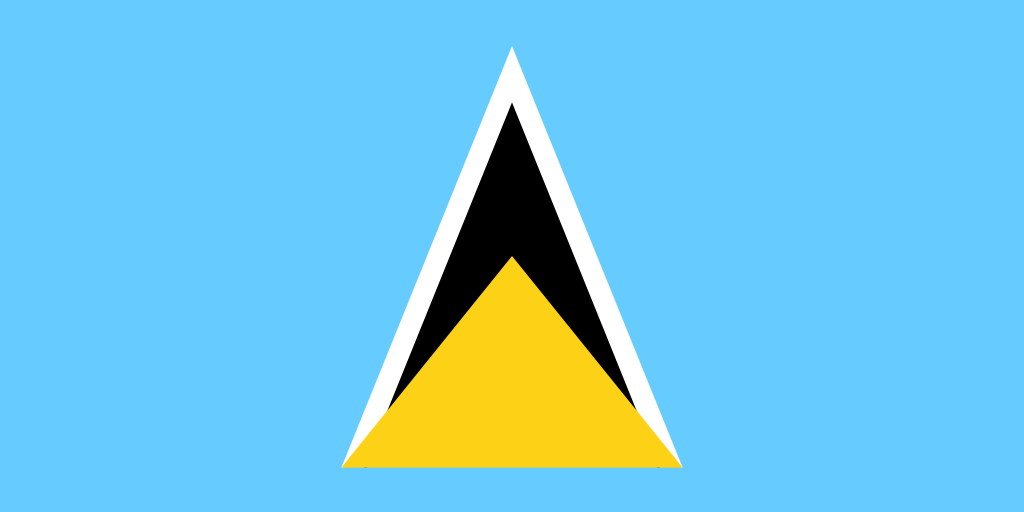
Image source: Wikipedia
Saint Vincent and the Grenadines
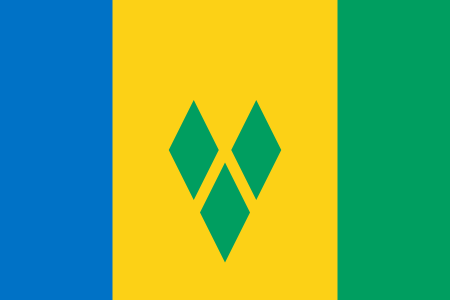
Image source: Wikipedia
Samoa
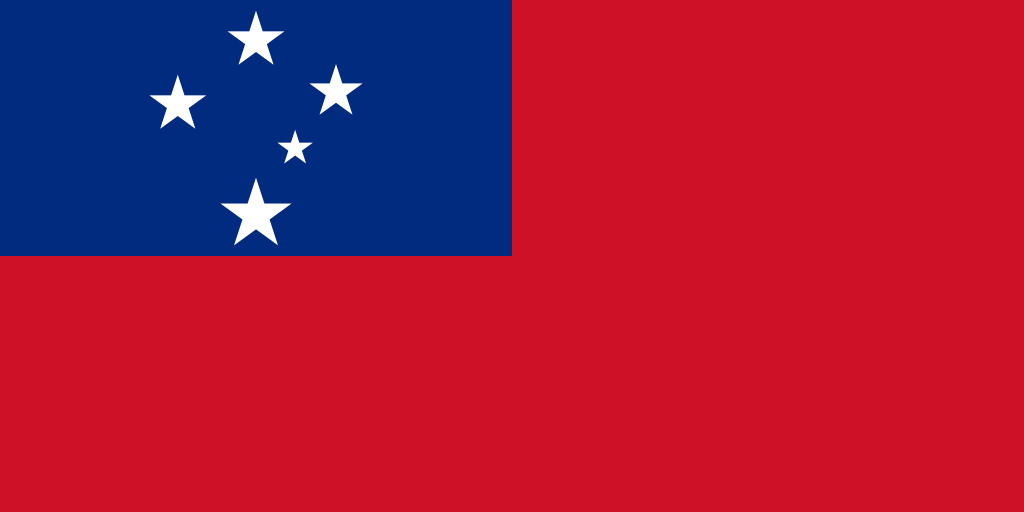
Image source: Wikipedia
San Marino
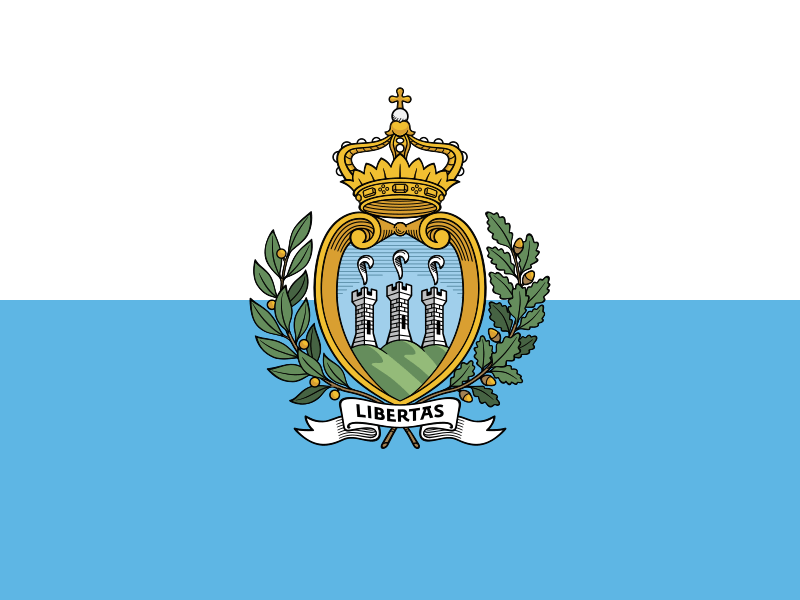
Image source: Wikipedia
Sao Tome and Principe
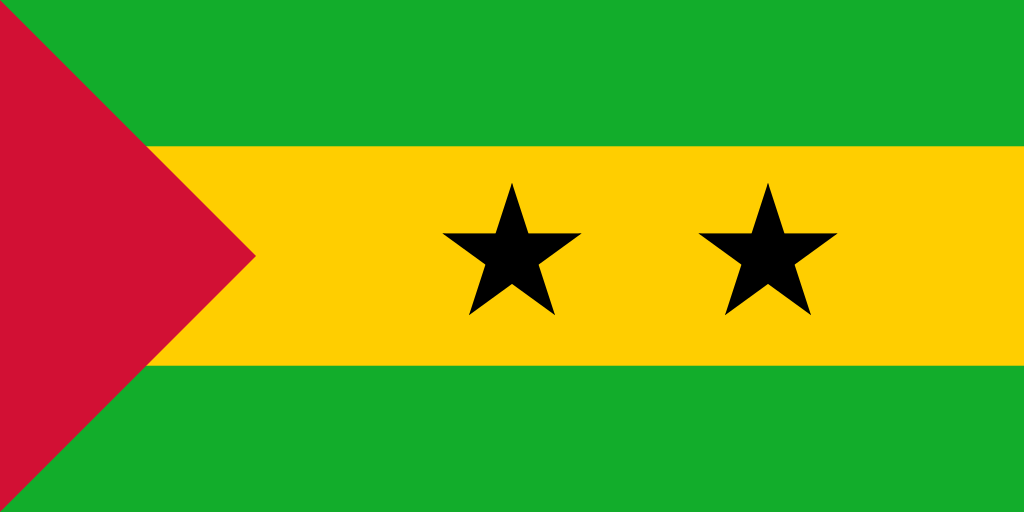
Image source: Wikipedia
Saudi Arabia
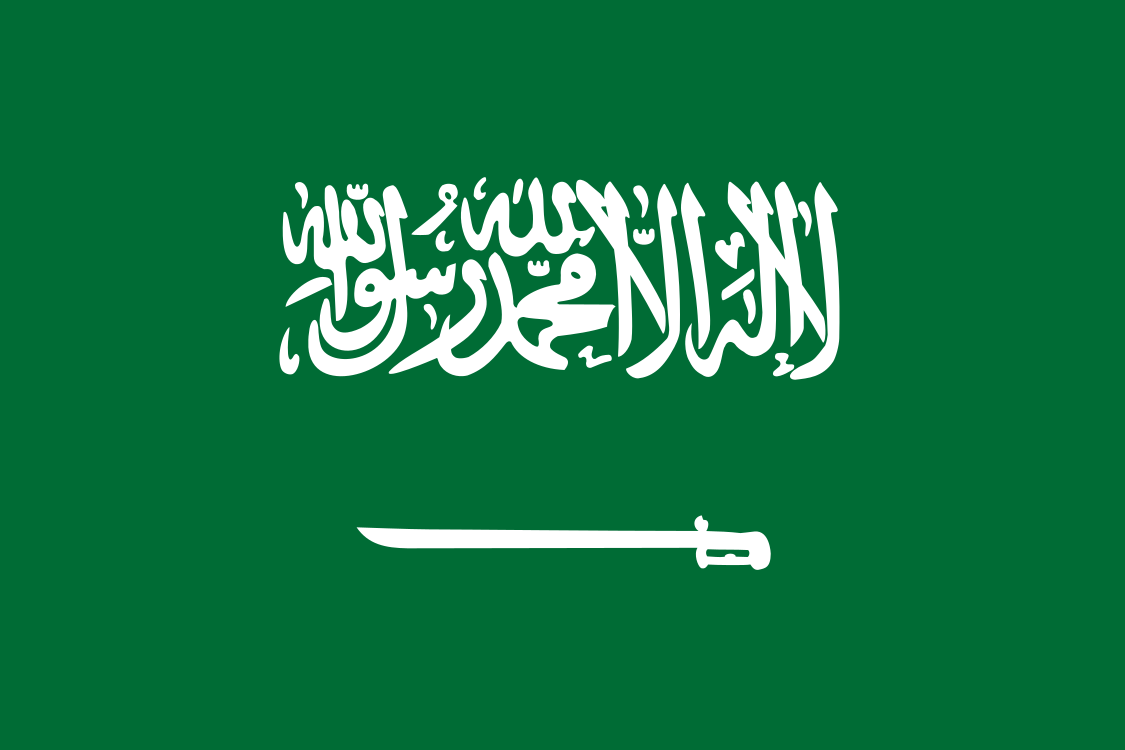
Image source: Wikipedia
Senegal
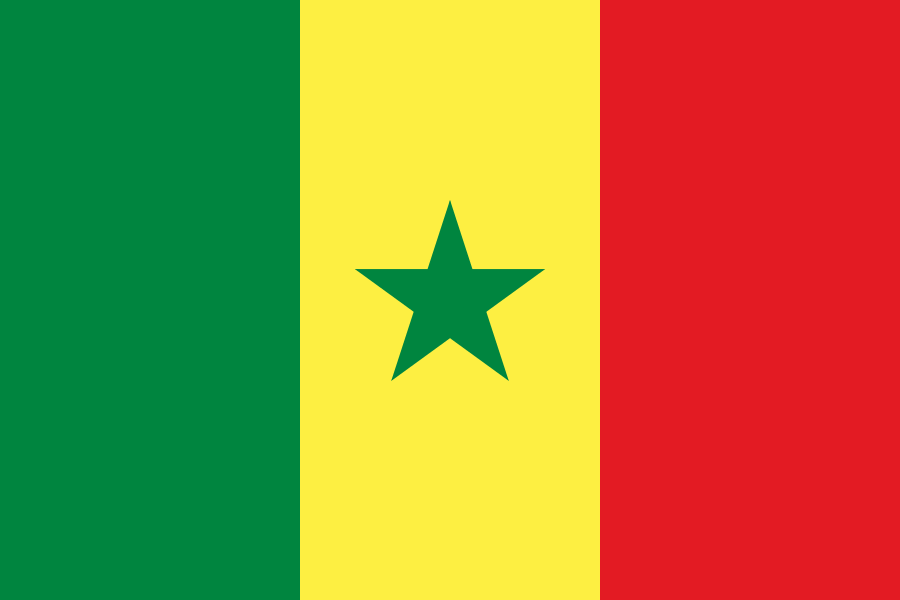
Image source: Wikipedia
Serbia
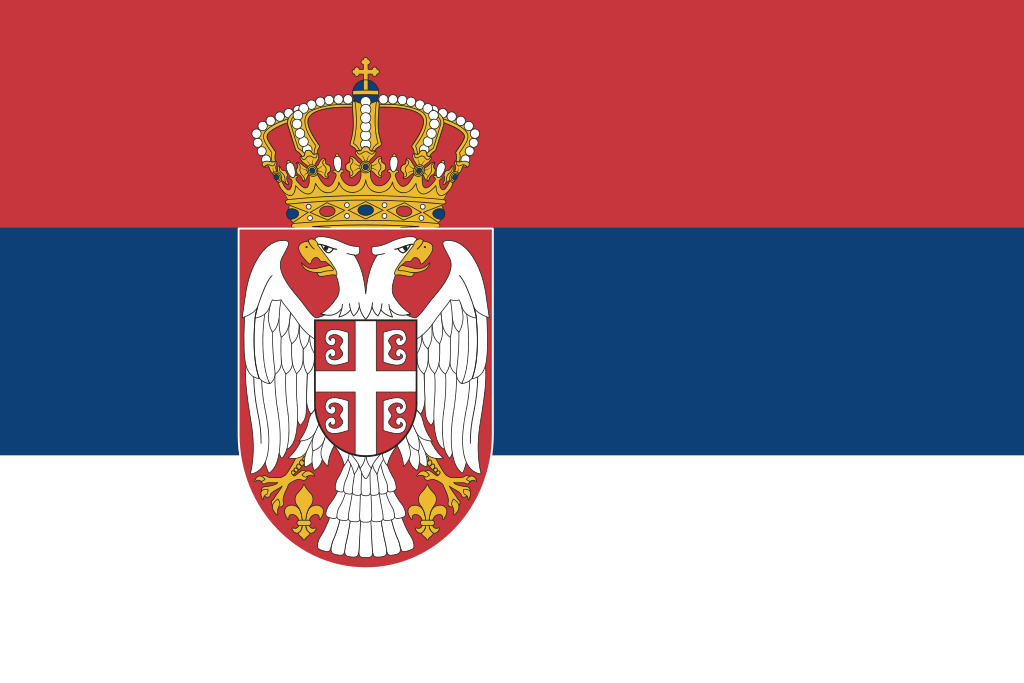
Image source: Wikipedia
Seychelles
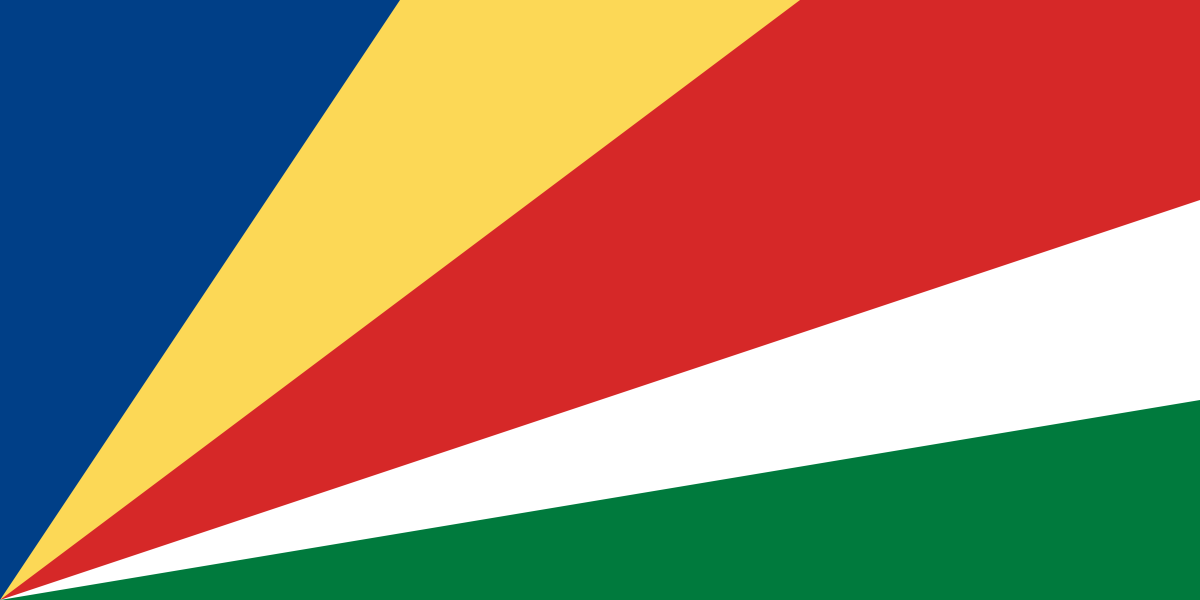
Image source: Wikipedia
Sierra Leone
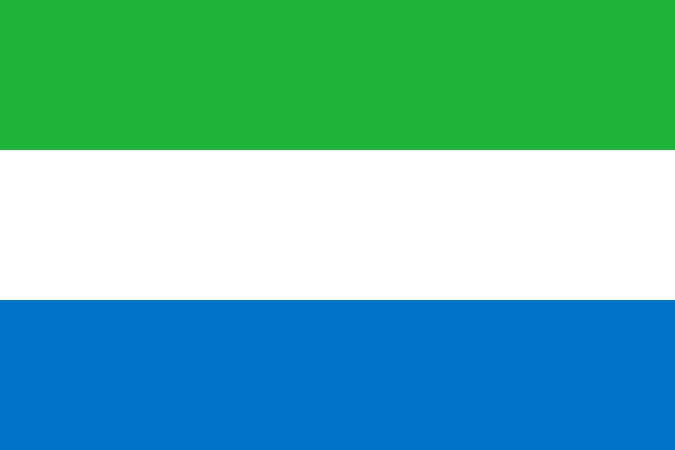
Image source: Wikipedia
Singapore
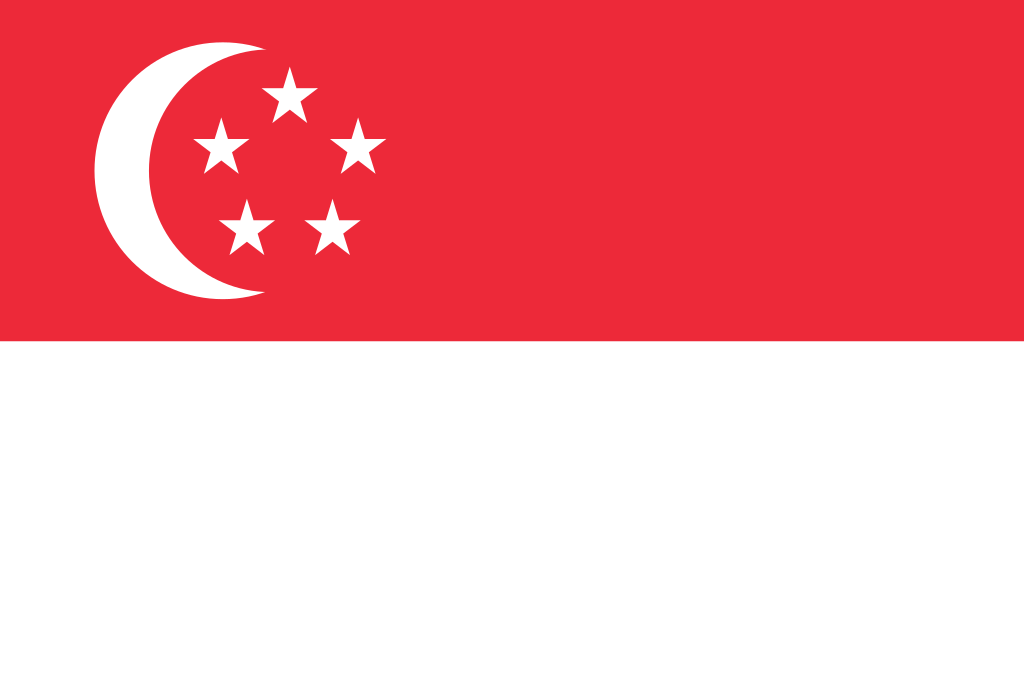
Image source: Wikipedia
Sint Maarten
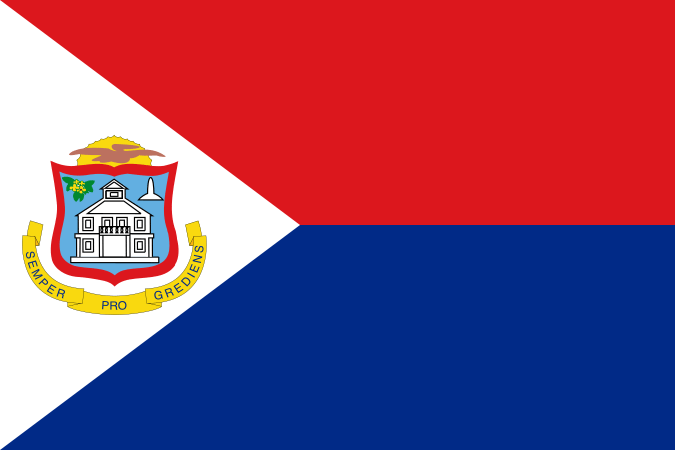
Image source: Wikipedia
Slovakia
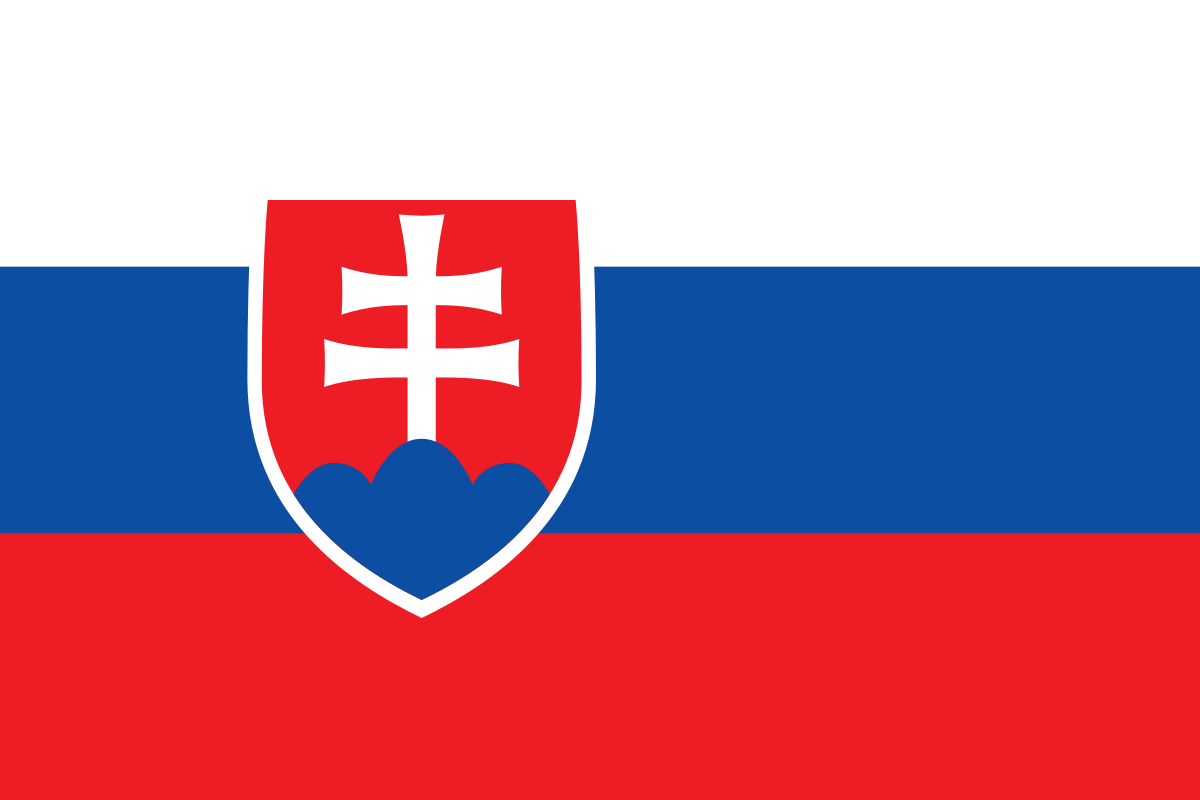
Image source: Wikipedia
Slovenia
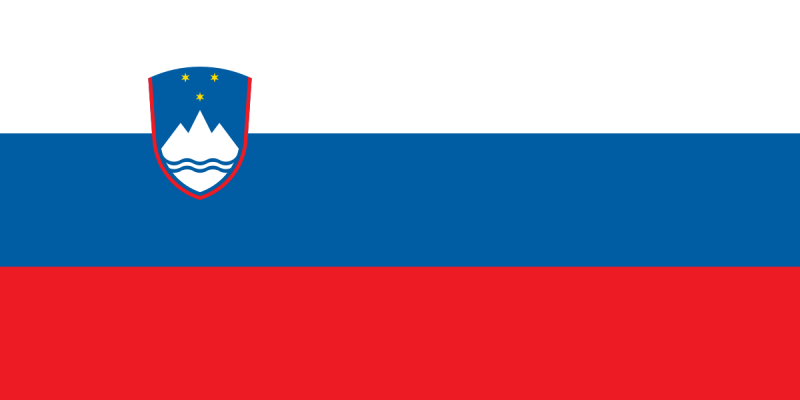
Image source: Wikipedia
Solomon Islands
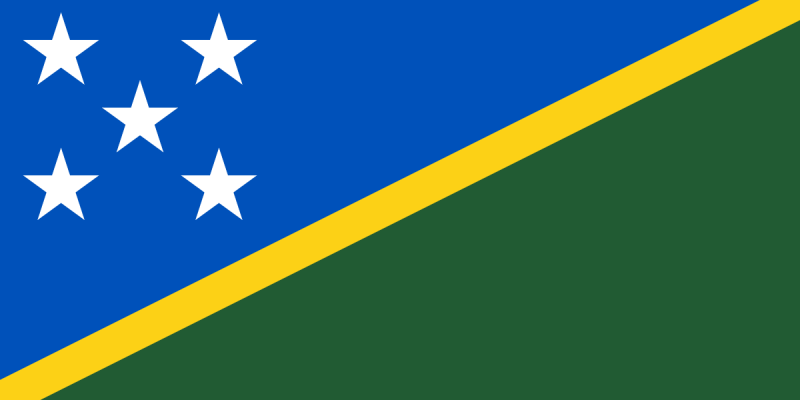
Image source: Wikipedia
Somalia
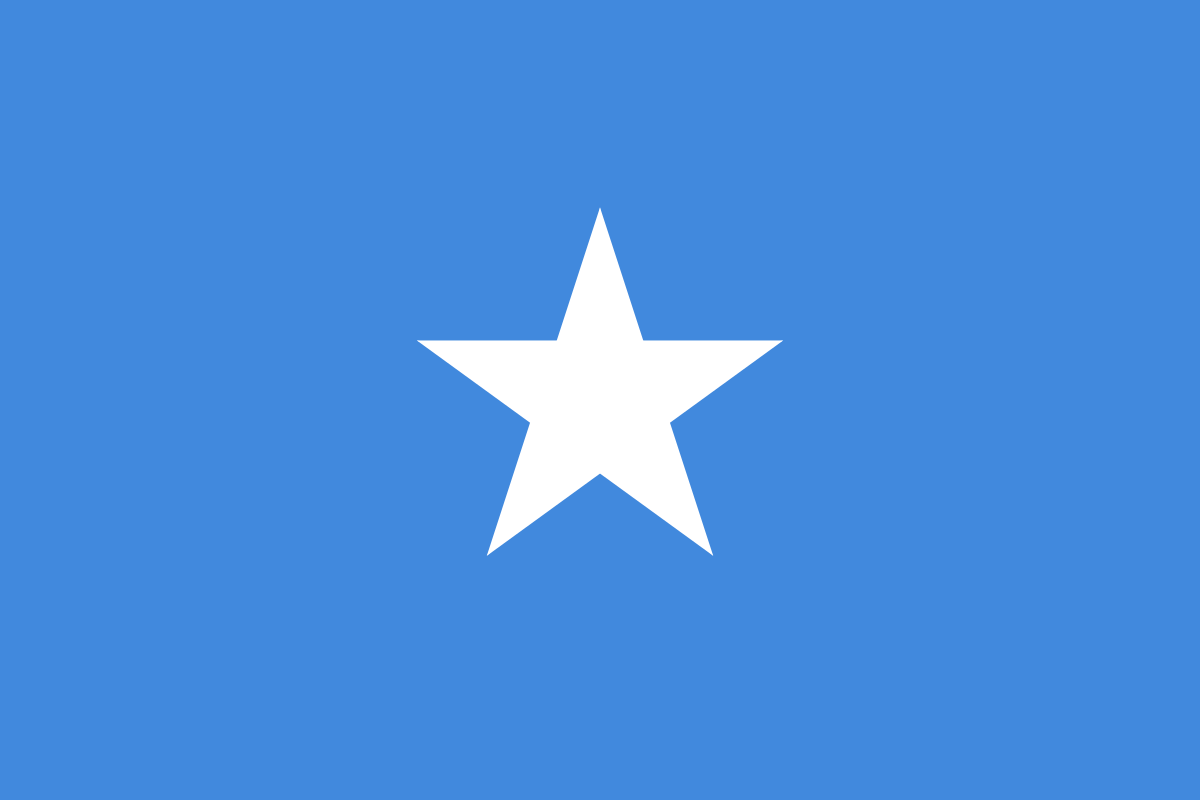
Image source: Wikipedia
South Africa
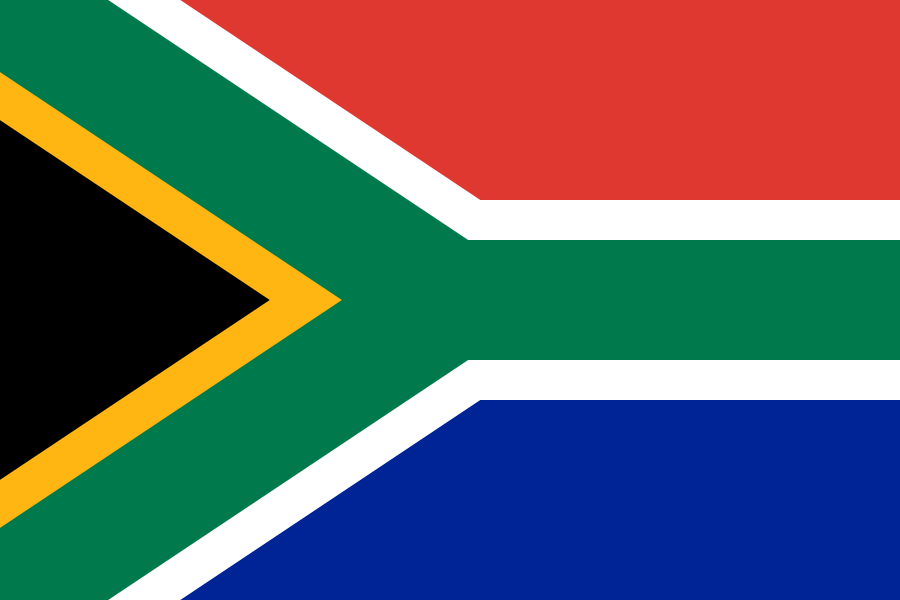
Image source: Wikipedia
The colorful flag of South Africa was adopted in 1994 replacing the old flag that had been in used by the apartheid regime since 1928.
South Korea
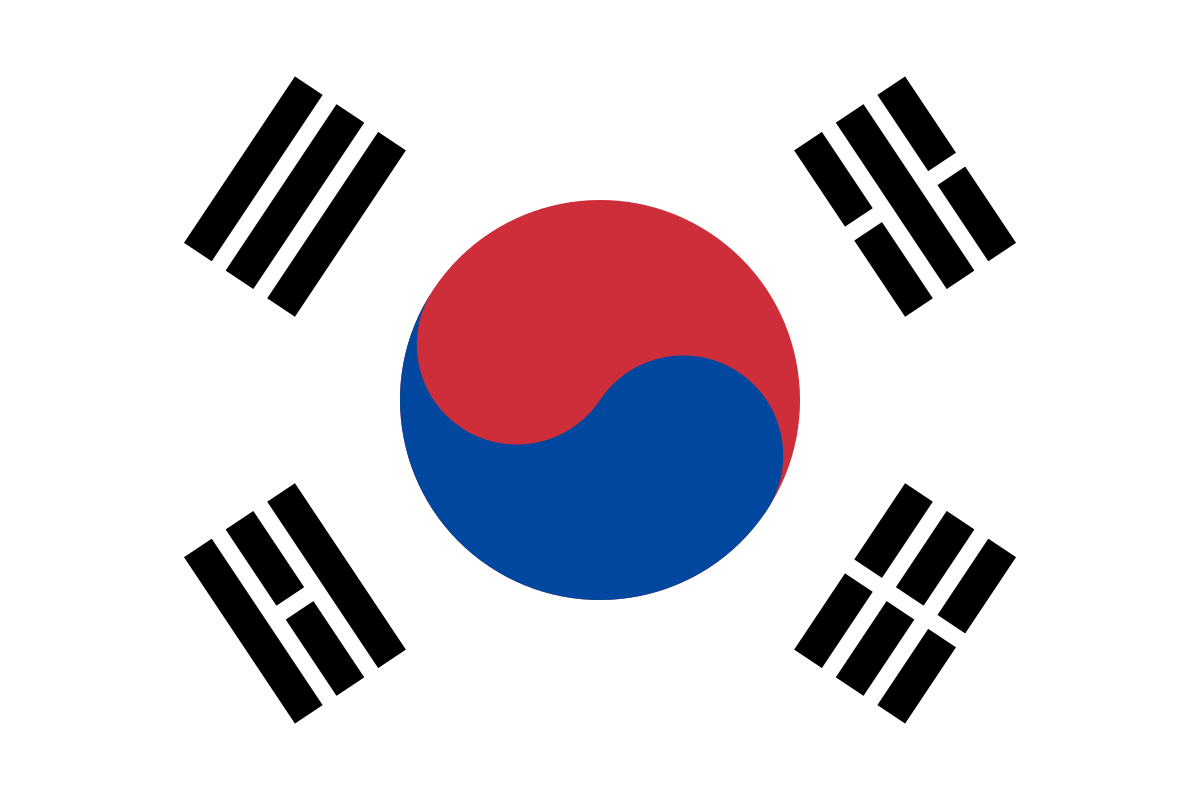
Image source: Wikipedia
South Sudan
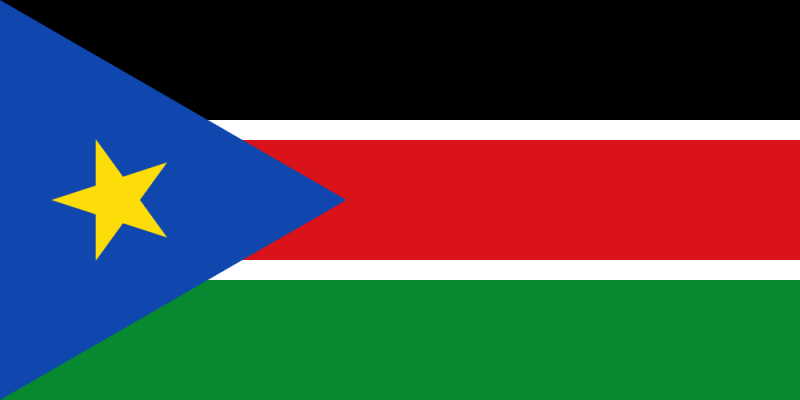
Image source: Wikipedia
Spain
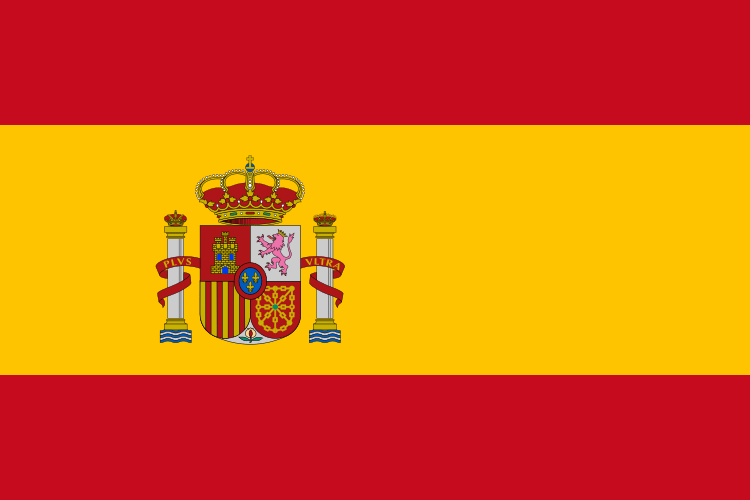
Image source: Wikipedia
Sri Lanka
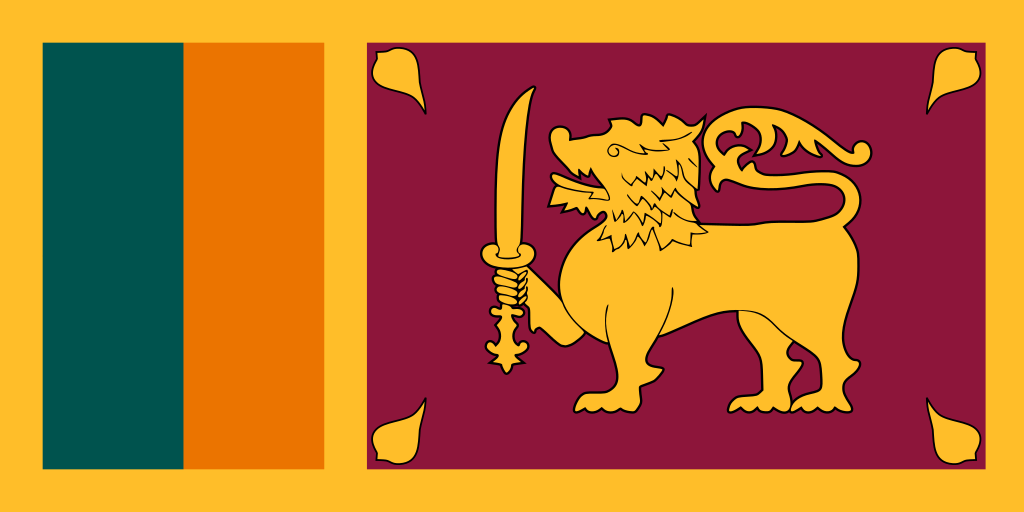
Image source: Wikipedia
Sudan
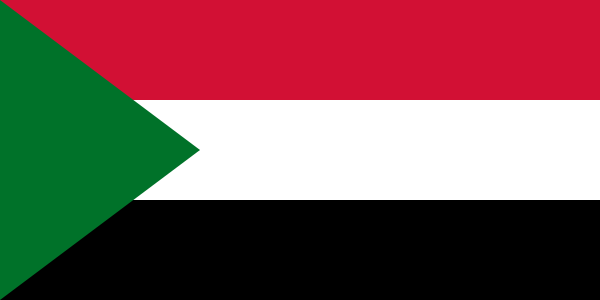
Image source: Wikipedia
Suriname
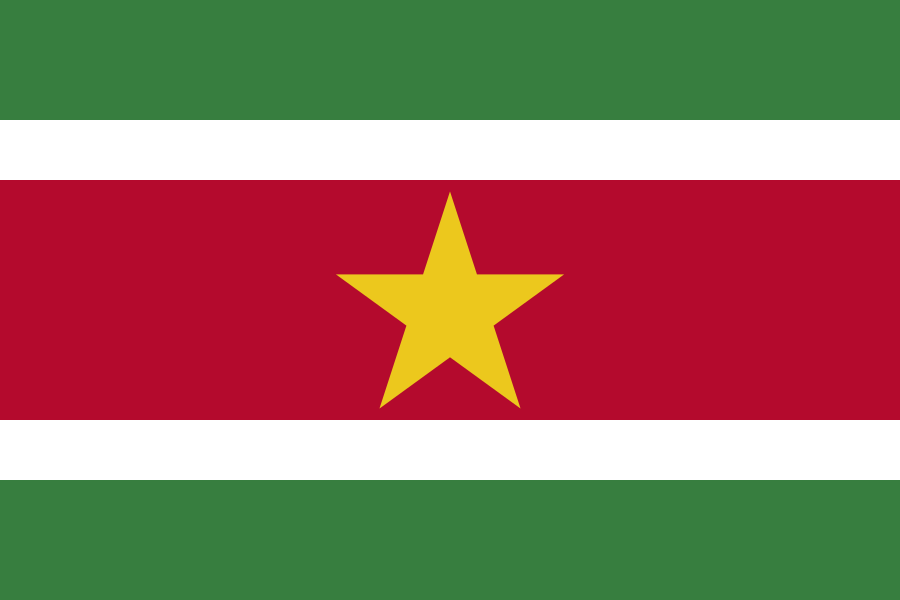
Image source: Wikipedia
Swaziland
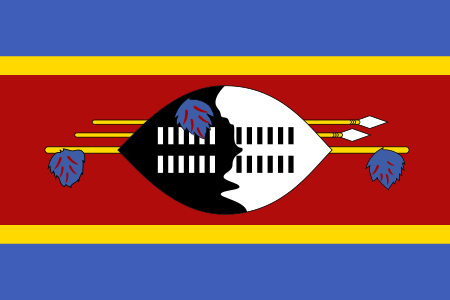
Image source: Wikipedia
Sweden
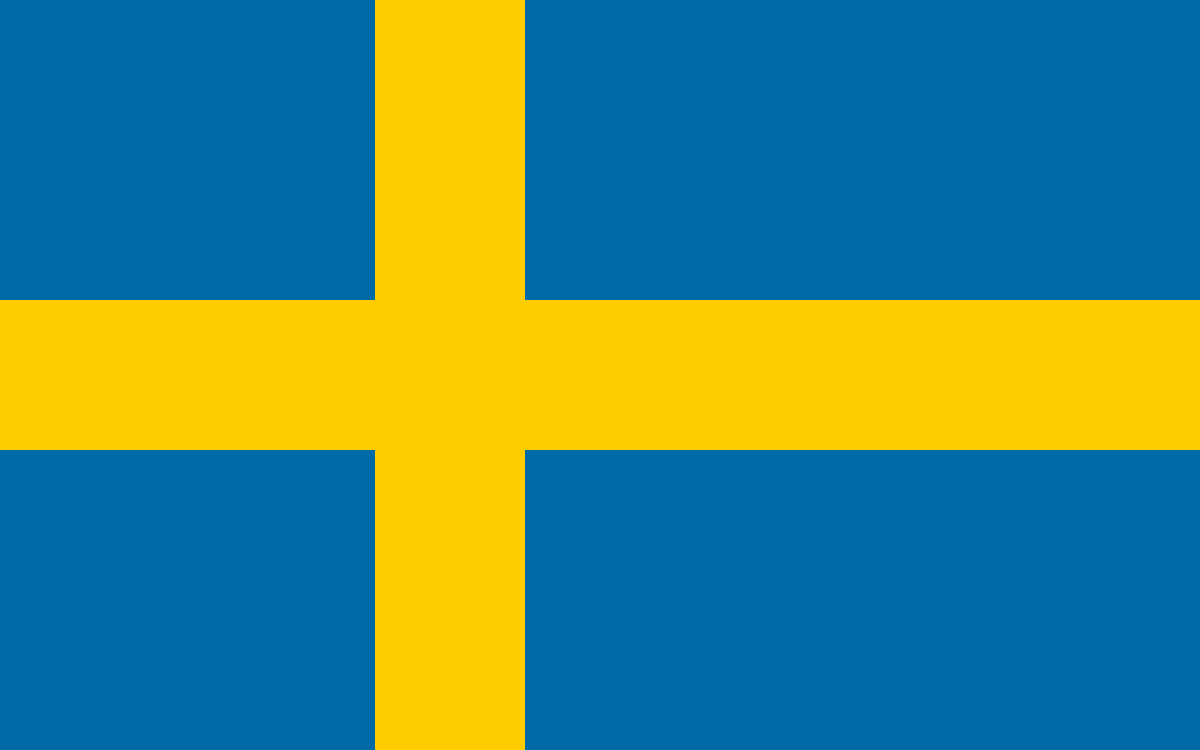
Image source: Wikipedia
Switzerland
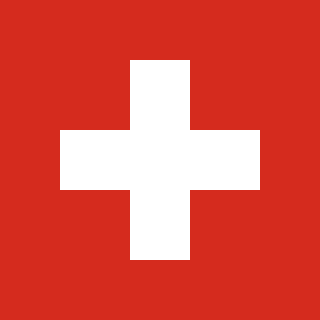
Image source: Wikipedia
Syria
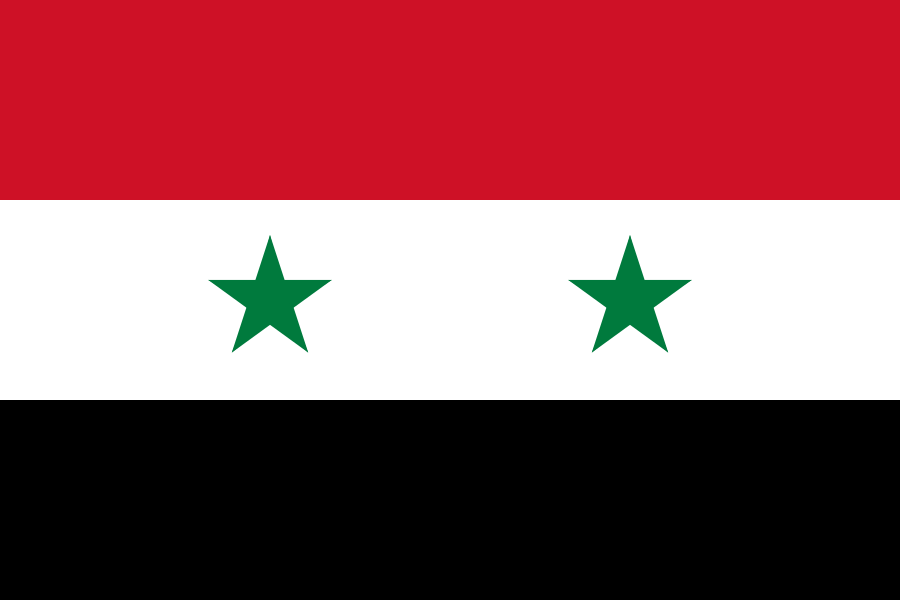
Image source: Wikipedia
T
Taiwan
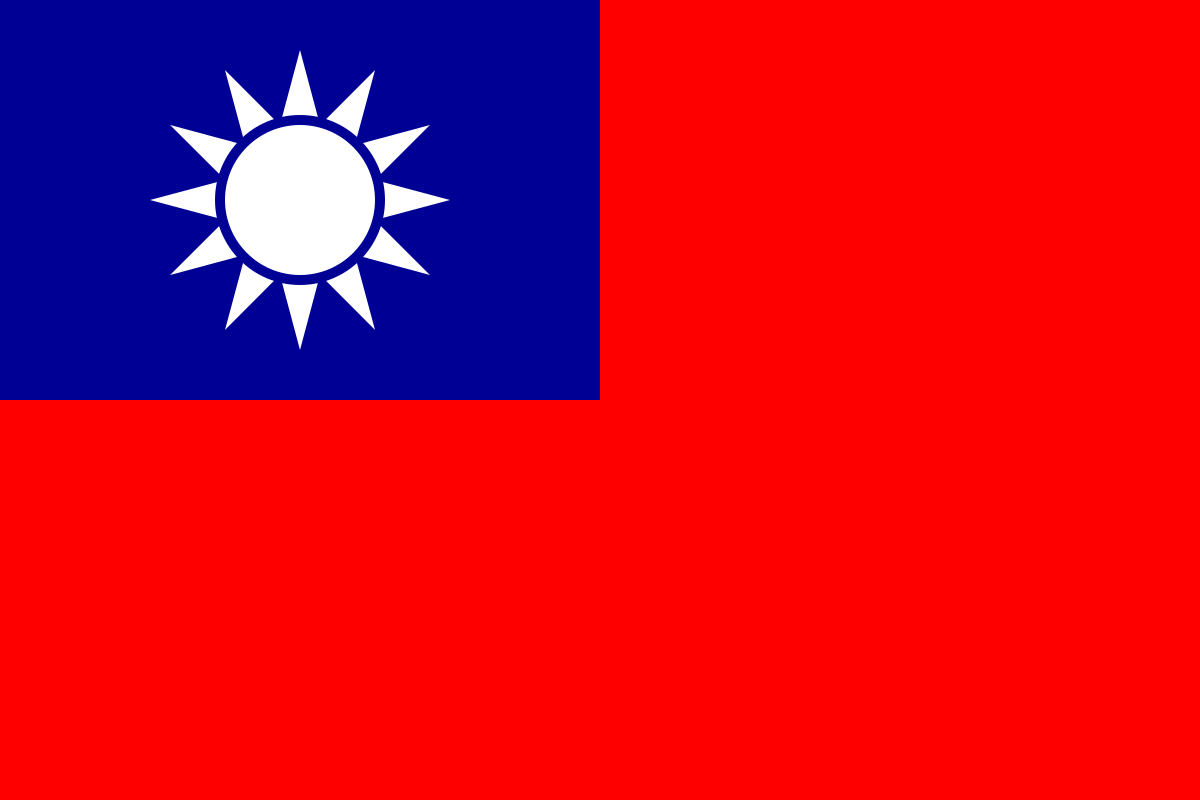
Image source: Wikipedia
Tajikistan
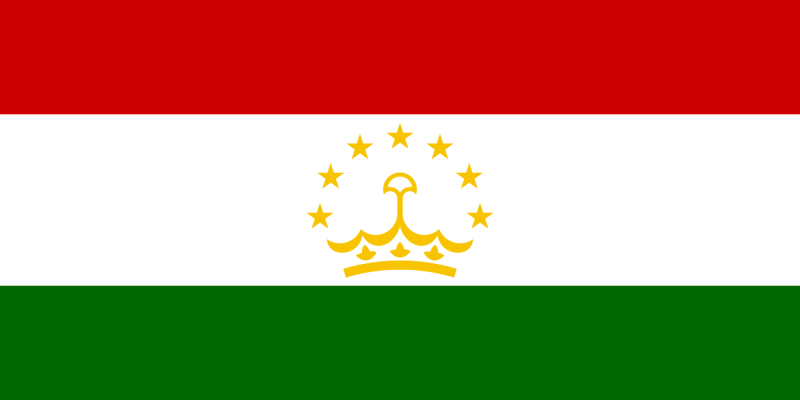
Image source: Wikipedia
Tanzania
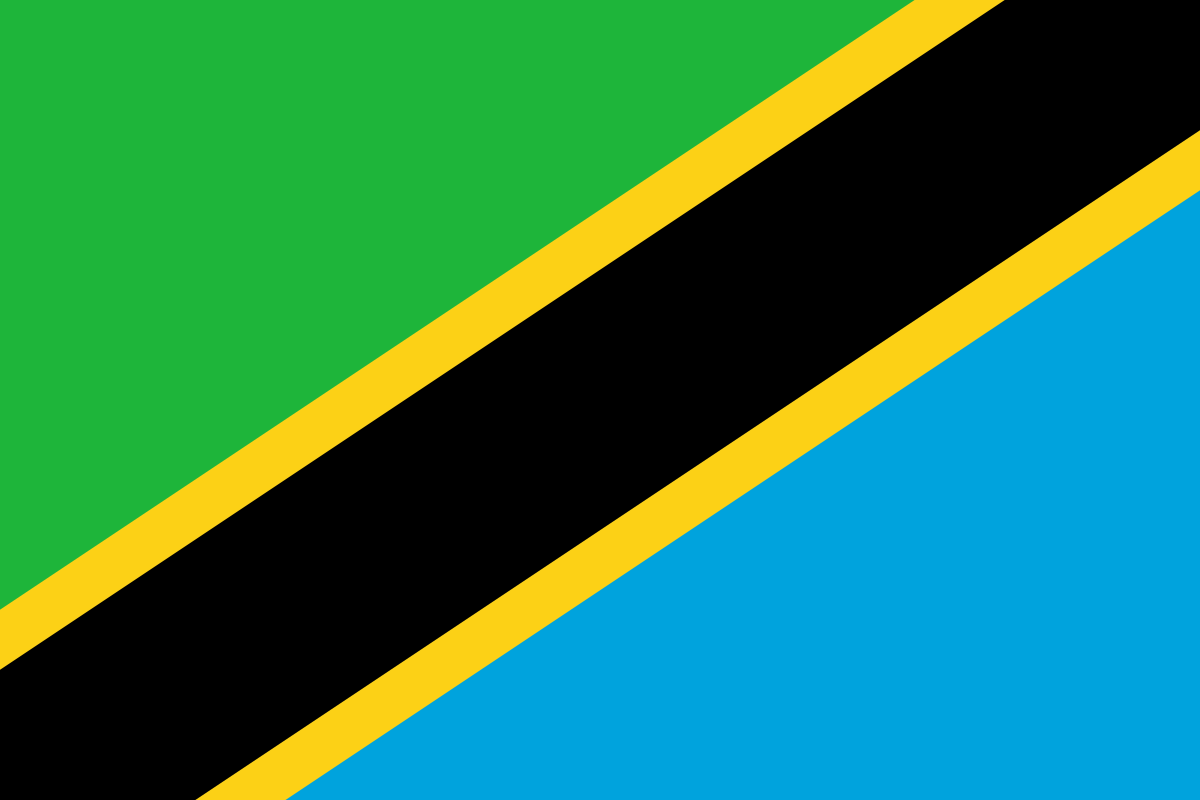
Image source: Wikipedia
Thailand
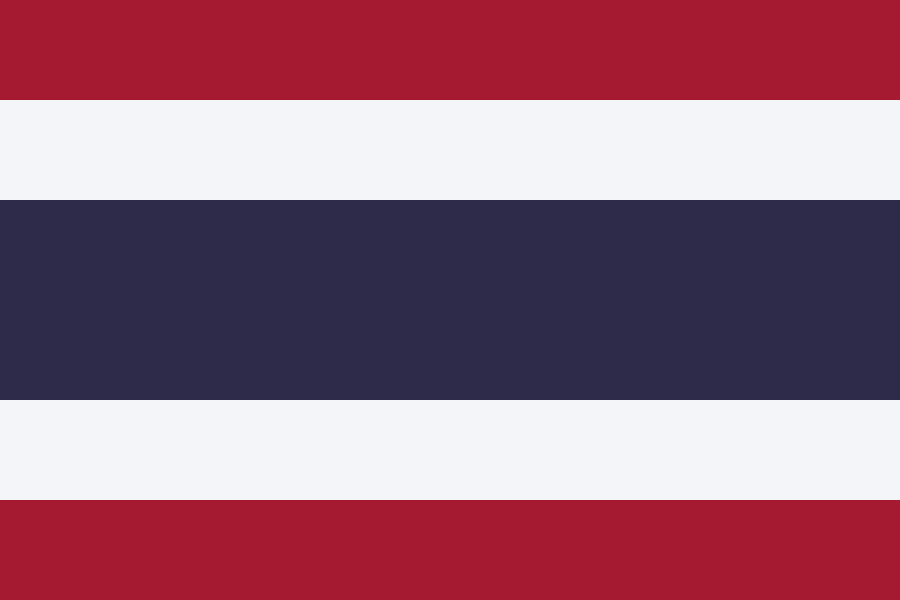
Image source: Wikipedia
Timor-Leste
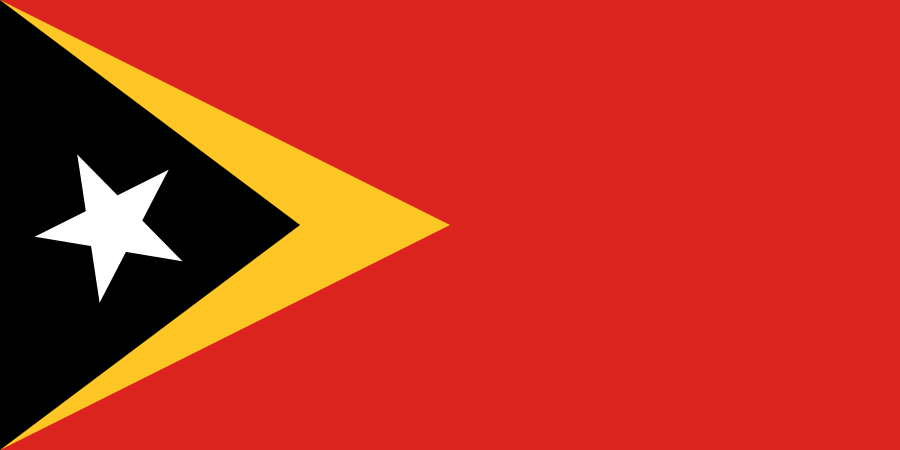
Image source: Wikipedia
Togo
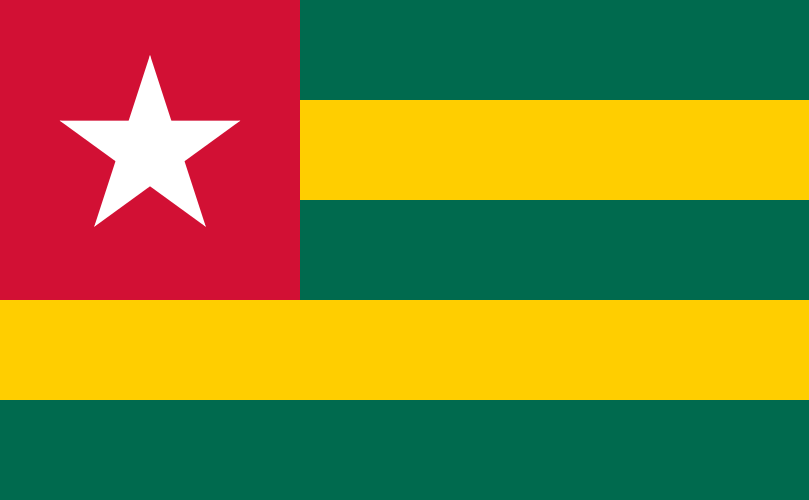
Image source: Wikipedia
Tonga
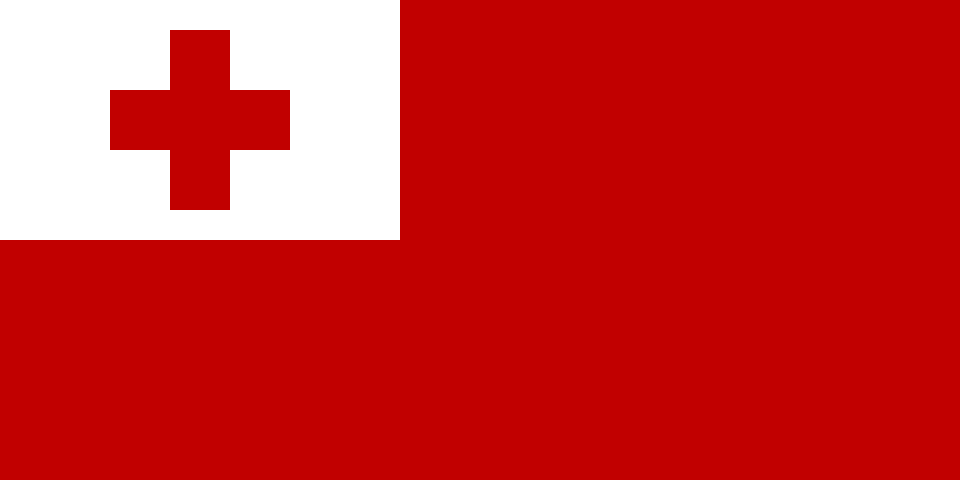
Image source: Wikipedia
Trinidad and Tobago
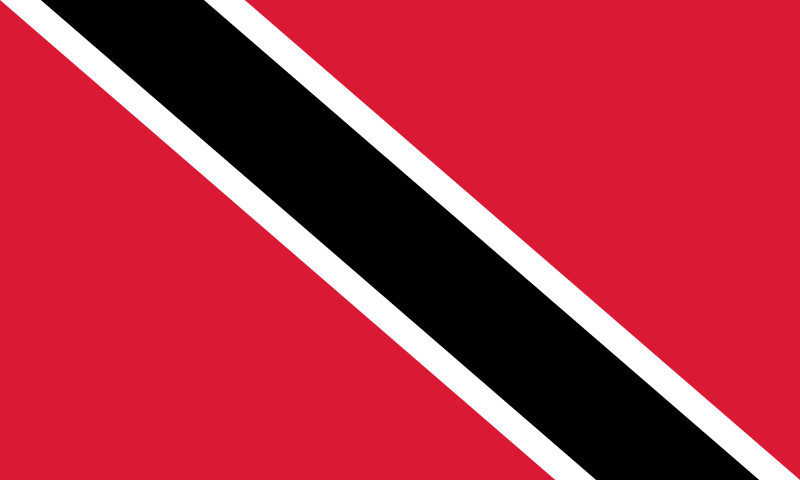
Image source: Wikipedia
Tunisia
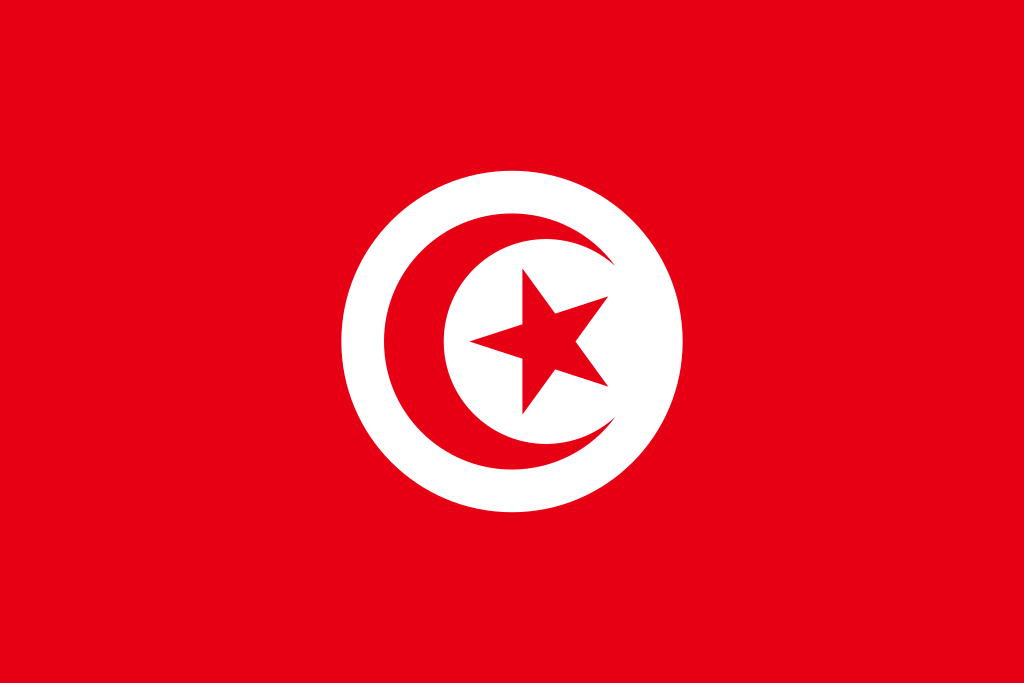
Image source: Wikipedia
Turkey
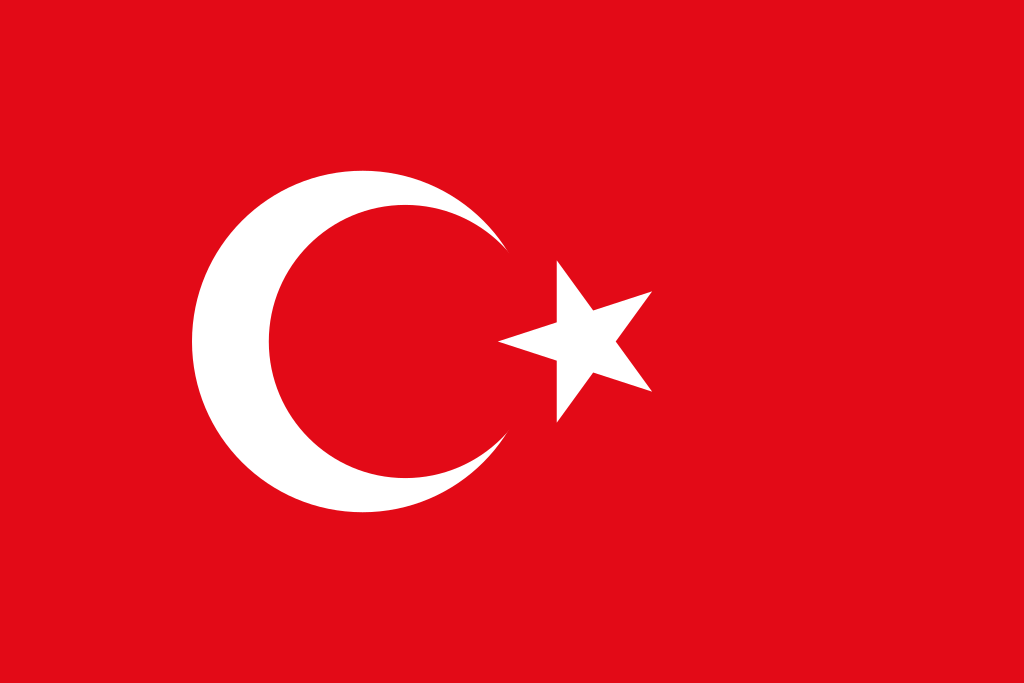
Image source: Wikipedia
The current flag of Turkey is inspired by the flag of the Ottoman empire. It was adopted in 1936.
Turkmenistan
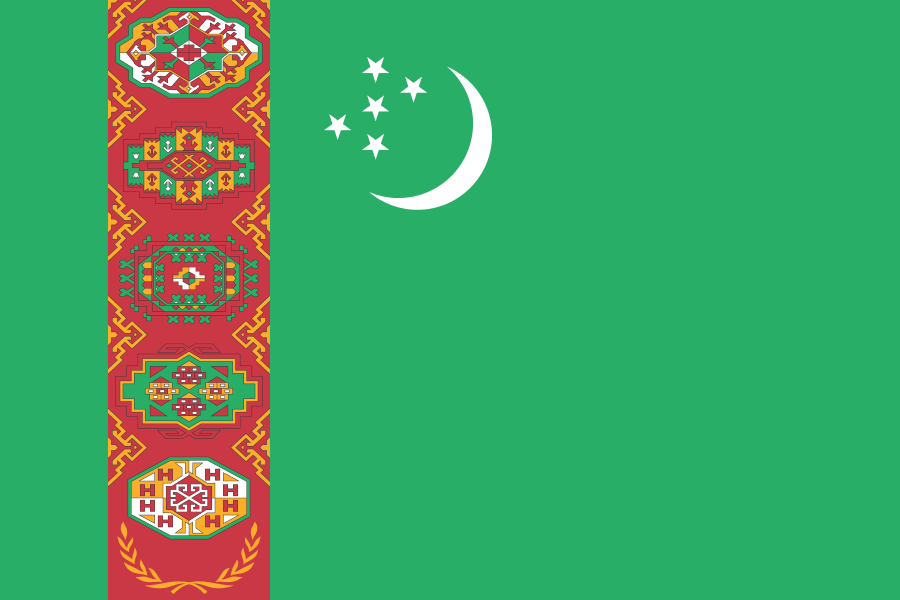
Image source: Wikipedia
Tuvalu
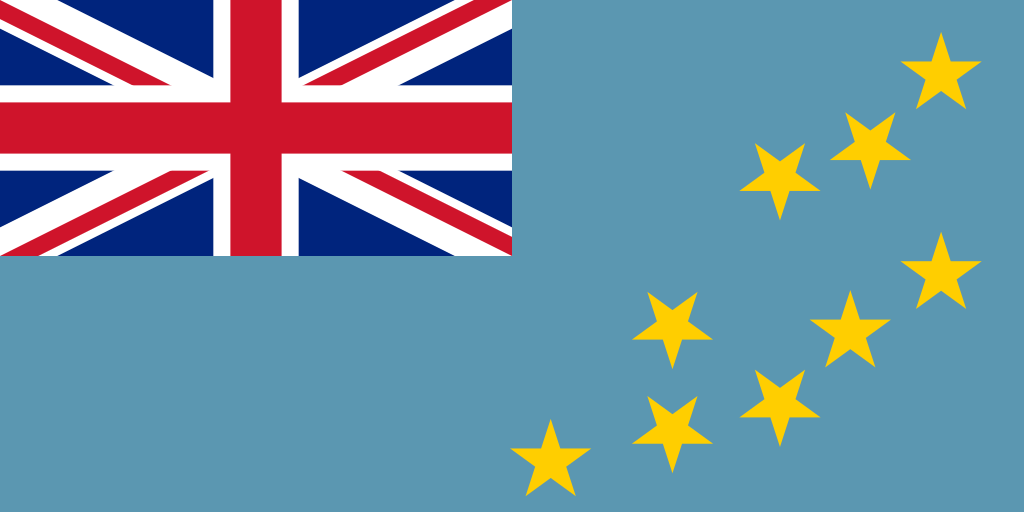
Image source: Wikipedia
U
Uganda
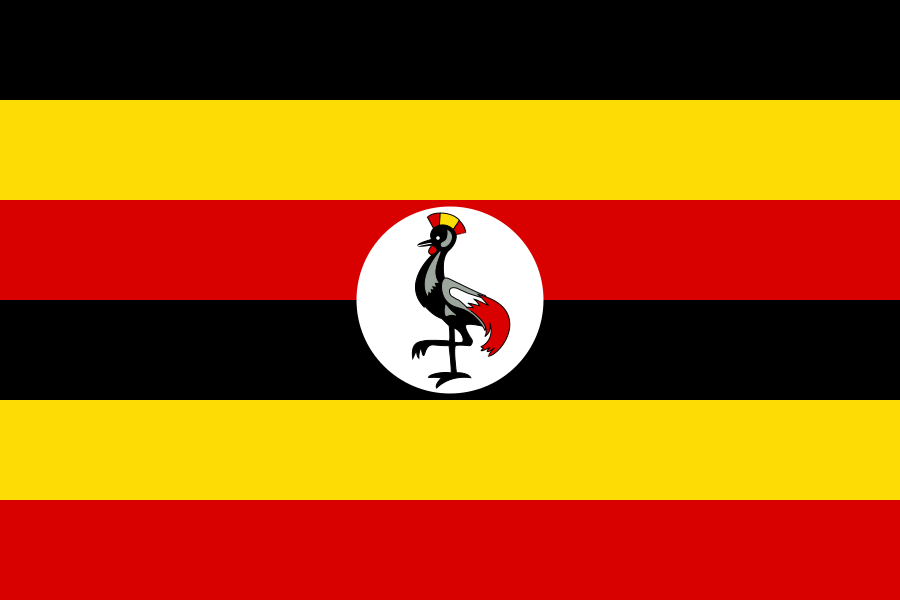
Image source: Wikipedia
Ukraine
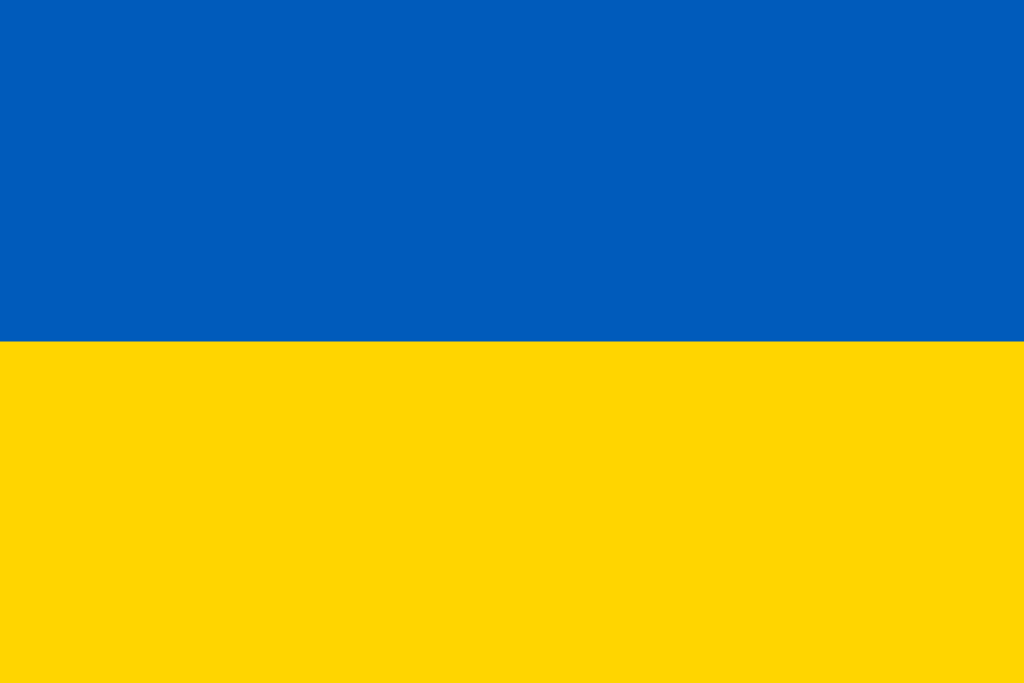
Image source: Wikipedia
United Arab Emirates
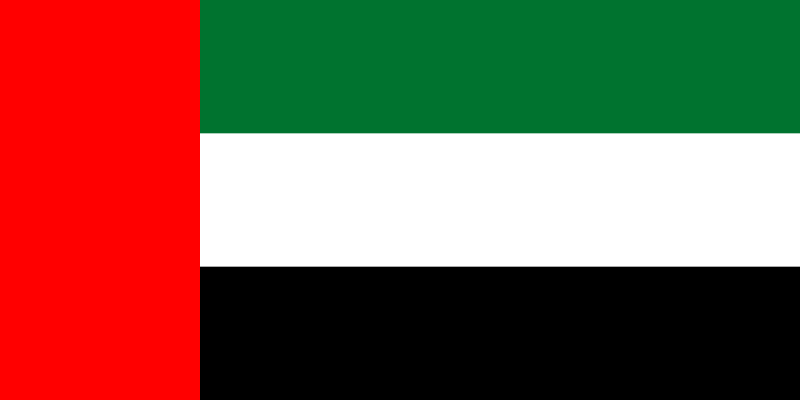
Image source: Wikipedia
United States of America
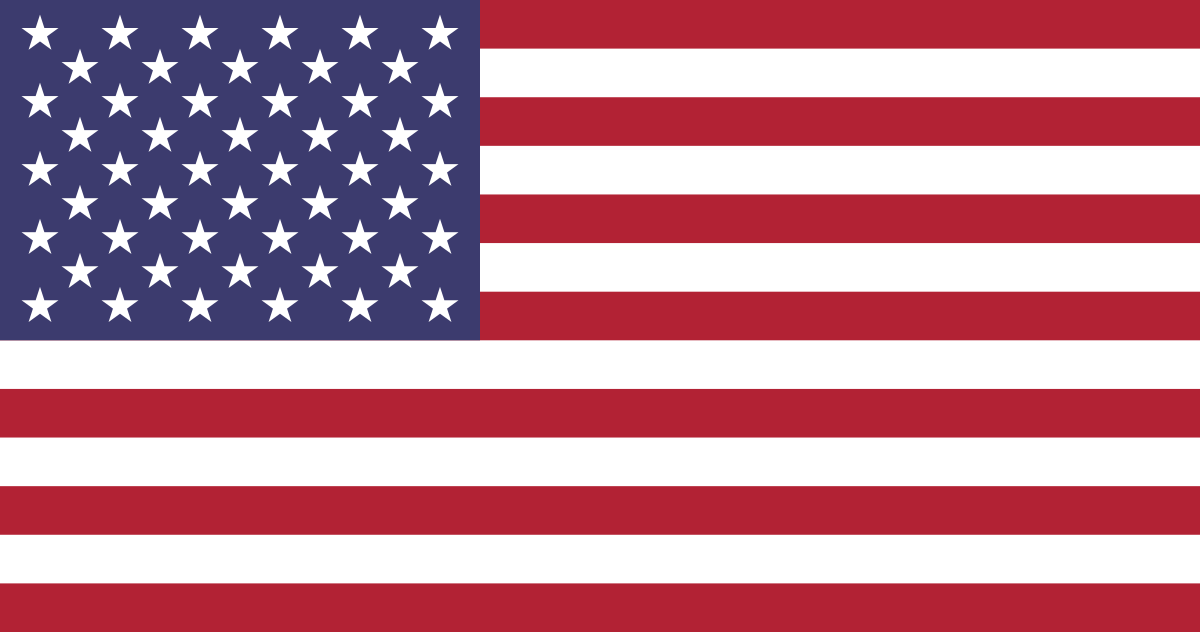
Image source: Wikipedia
I wake up every morning signing ‘The Star-Spangled Banner.’ – Terry McAuliffe
United Kingdom
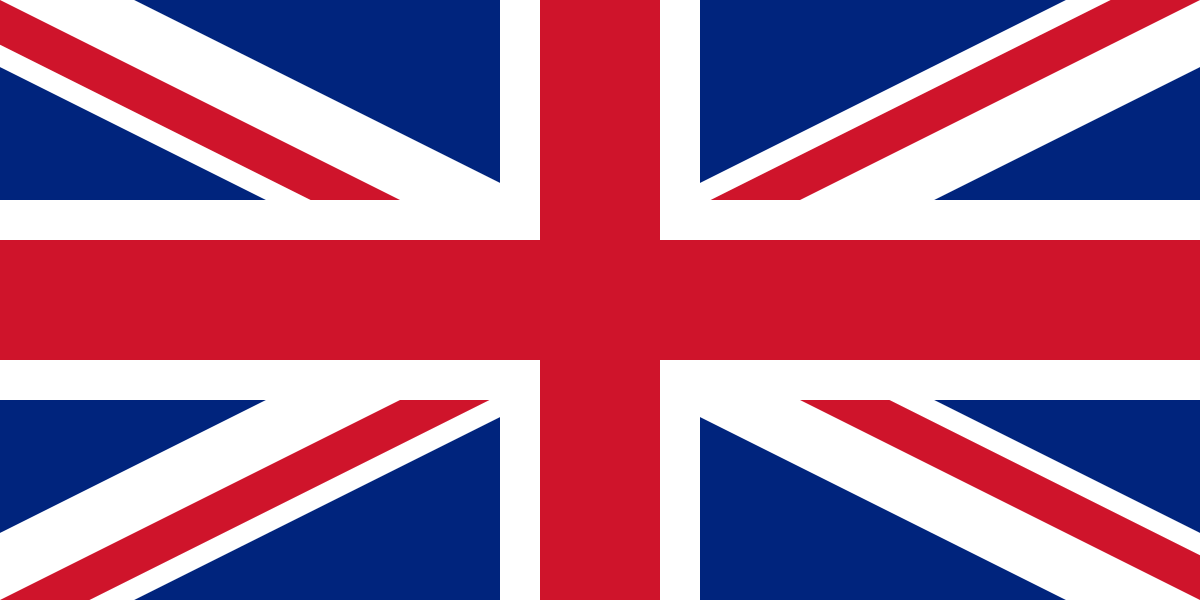
Image source: Wikipedia
Uruguay
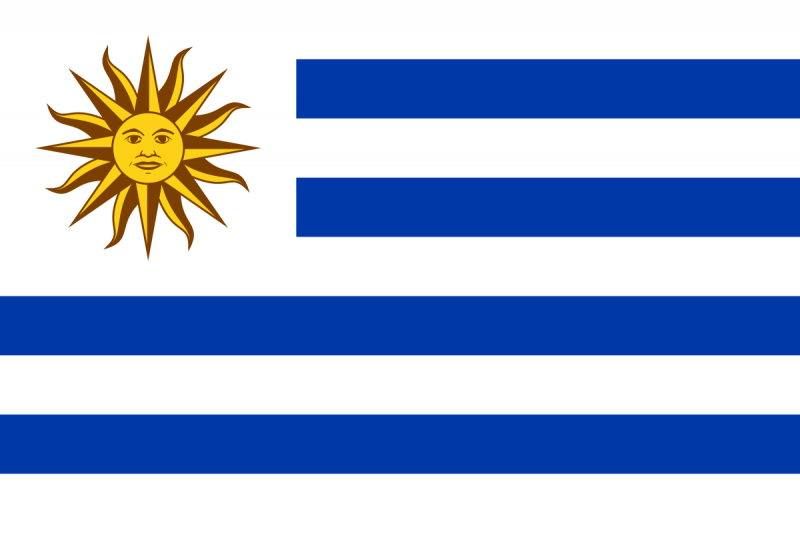
Image source: Wikipedia
Uzbekistan
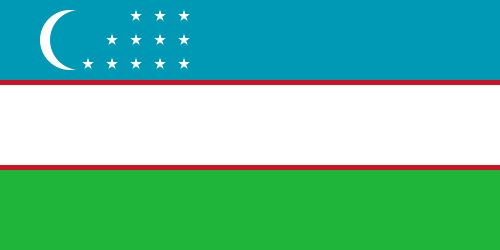
Image source: Wikipedia
V
Vanuatu
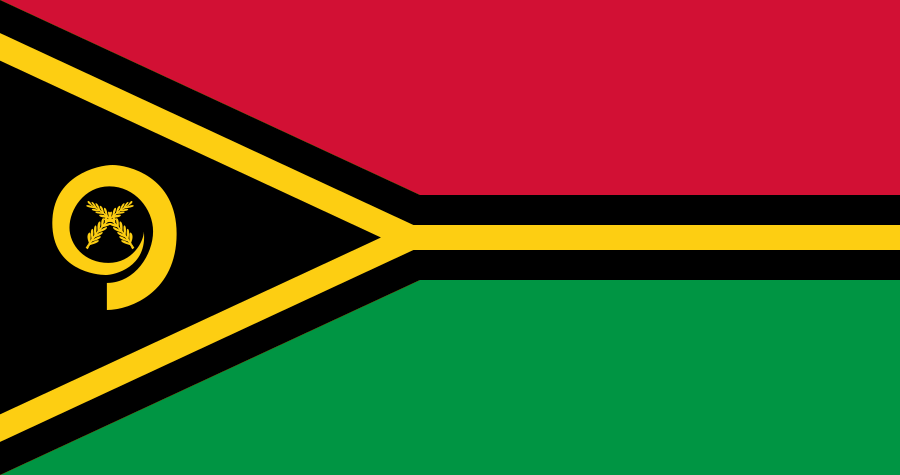
Image source: Wikipedia
Venezuela
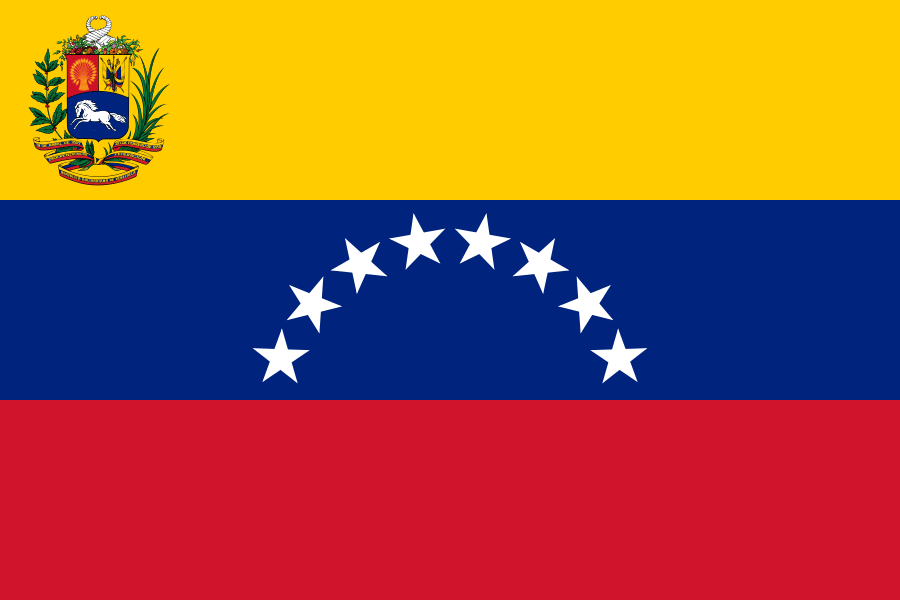
Image source: Wikipedia
The current Venezuelan flag was adopted in 2006 but it was based on the flag that had been in use after the Venezuelan War of Independence in 1811. Some of the changes were adding the eighth star or changing the orientation of the white horse galloping, from left to right.
Vietnam
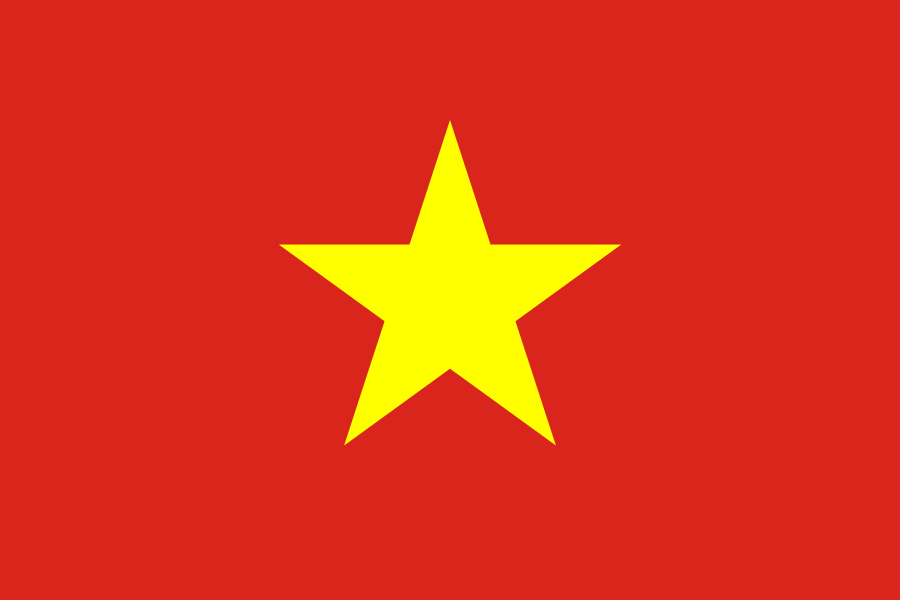
Image source: Wikipedia
Y
Yemen
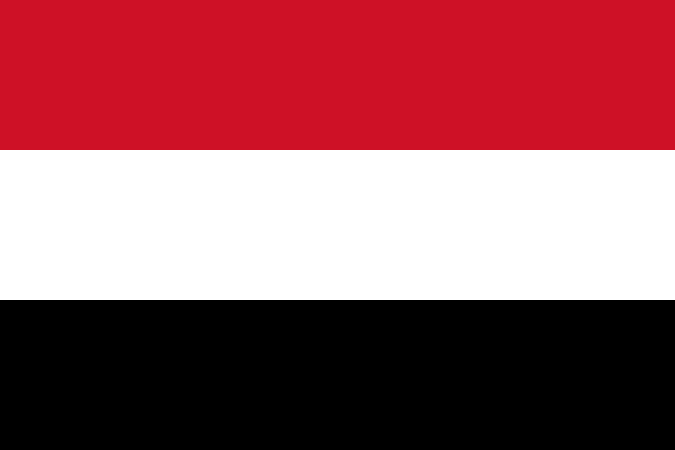
Image source: Wikipedia
Z
Zambia
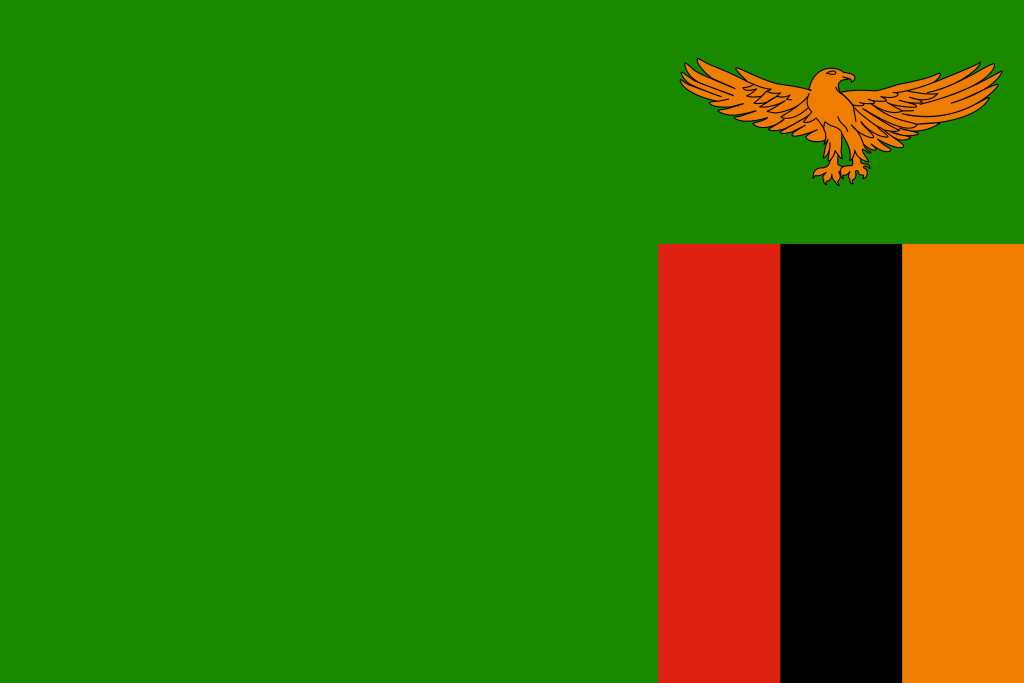
Image source: Wikipedia
Zimbabwe
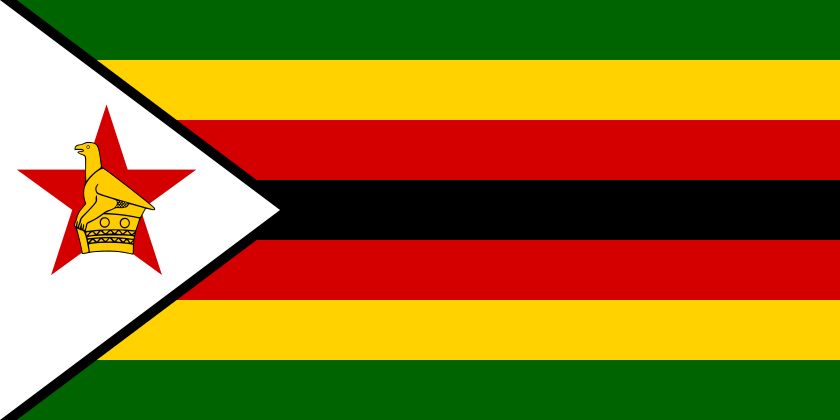
Image source: Wikipedia









